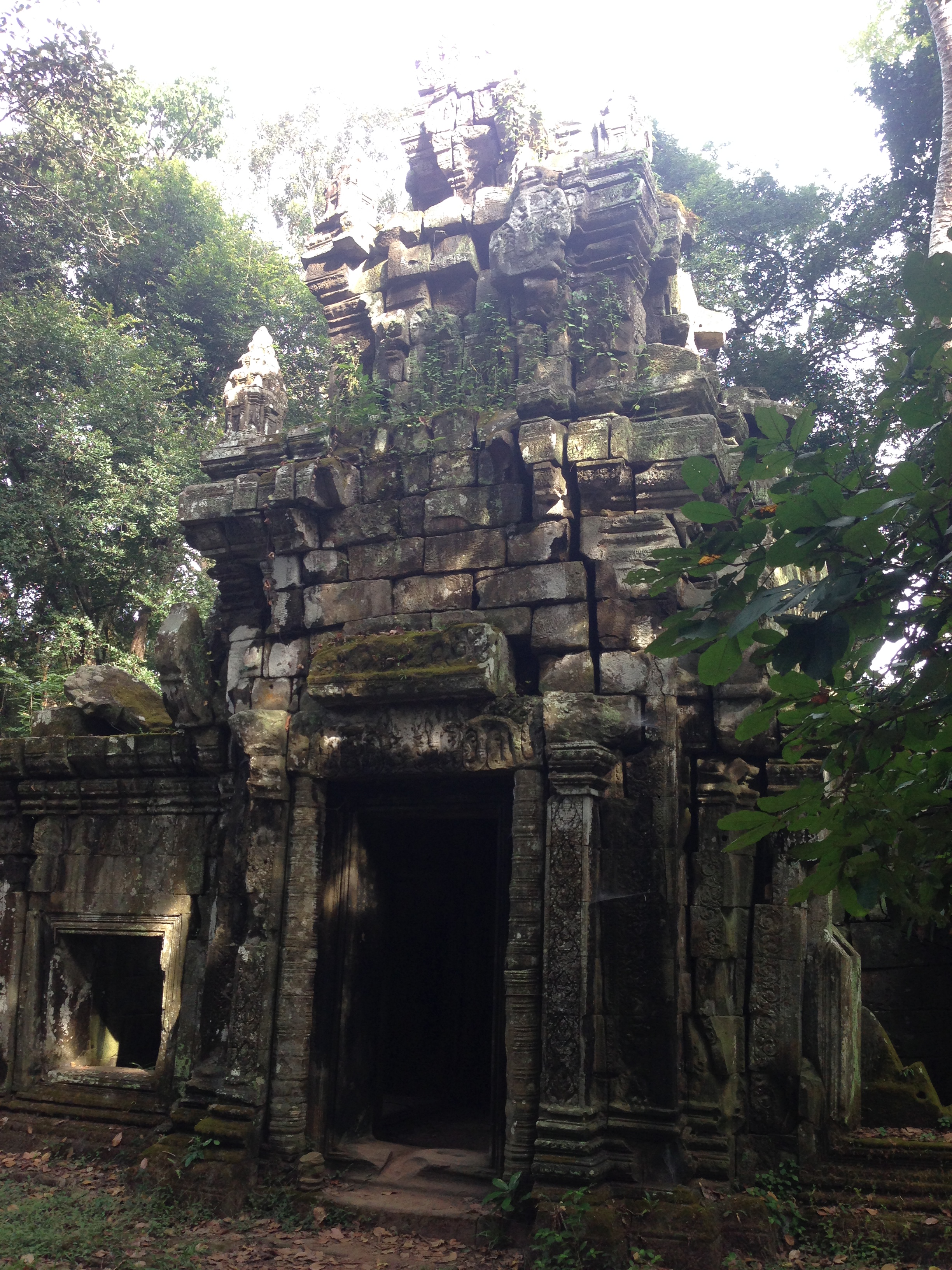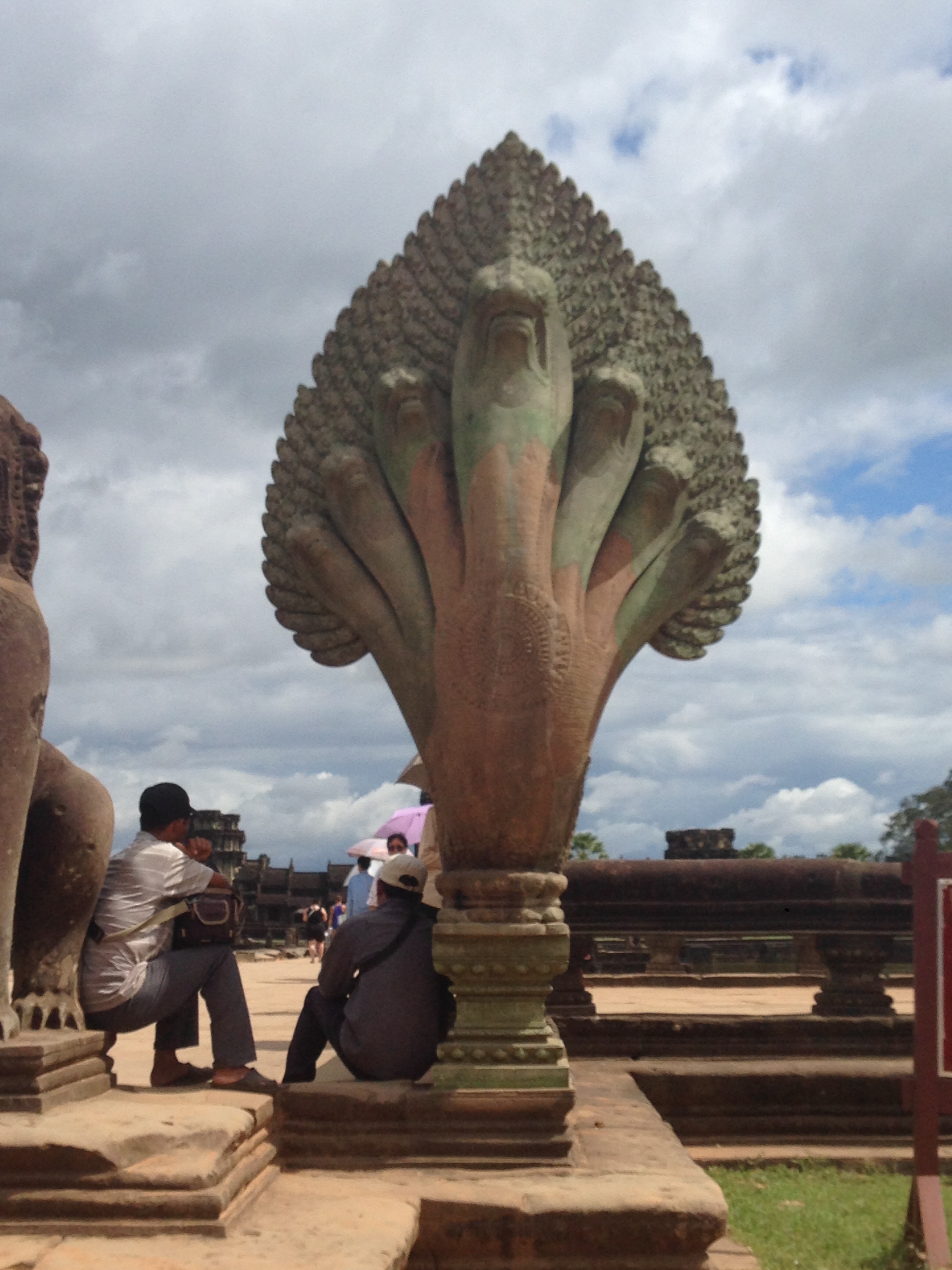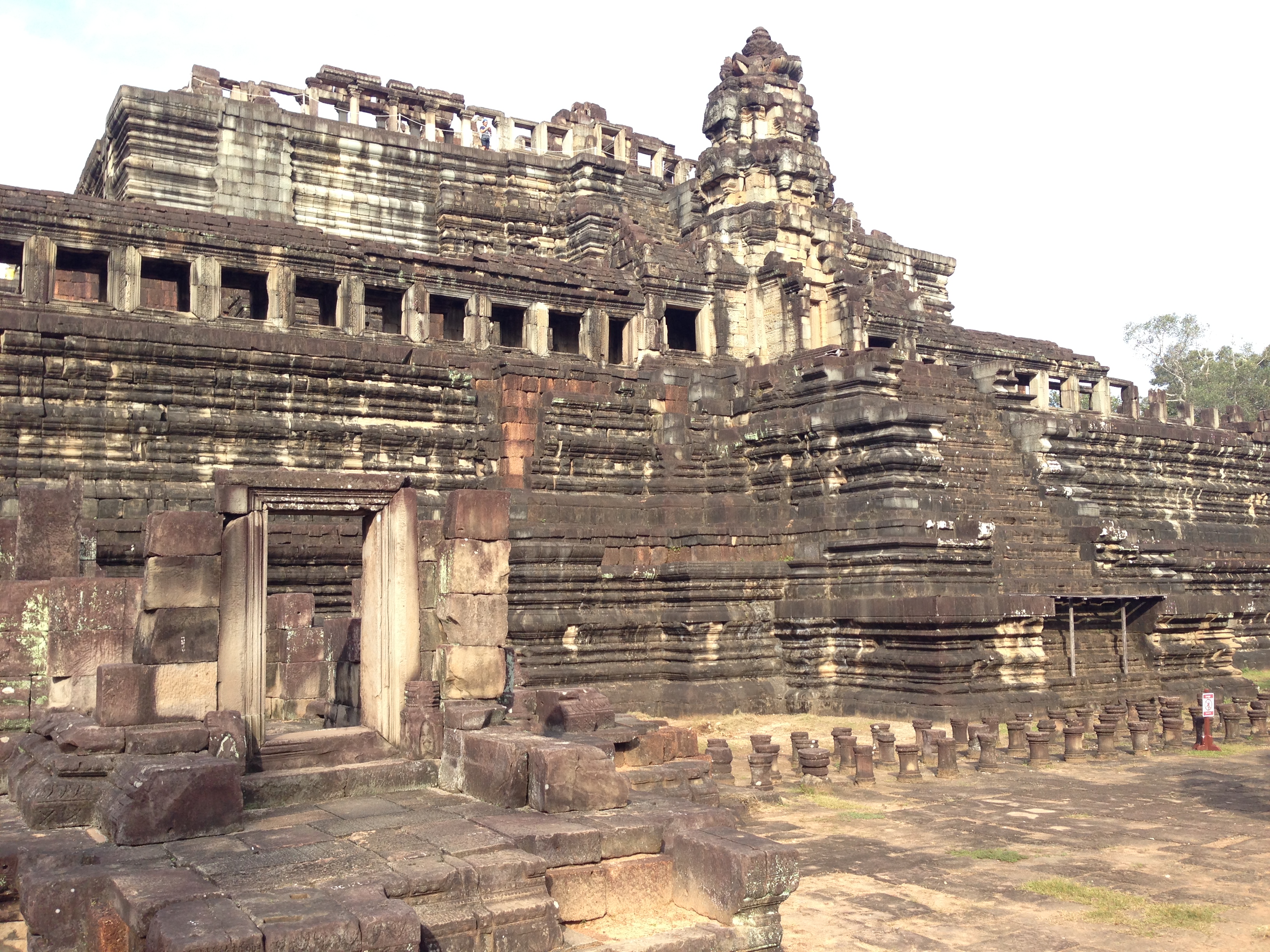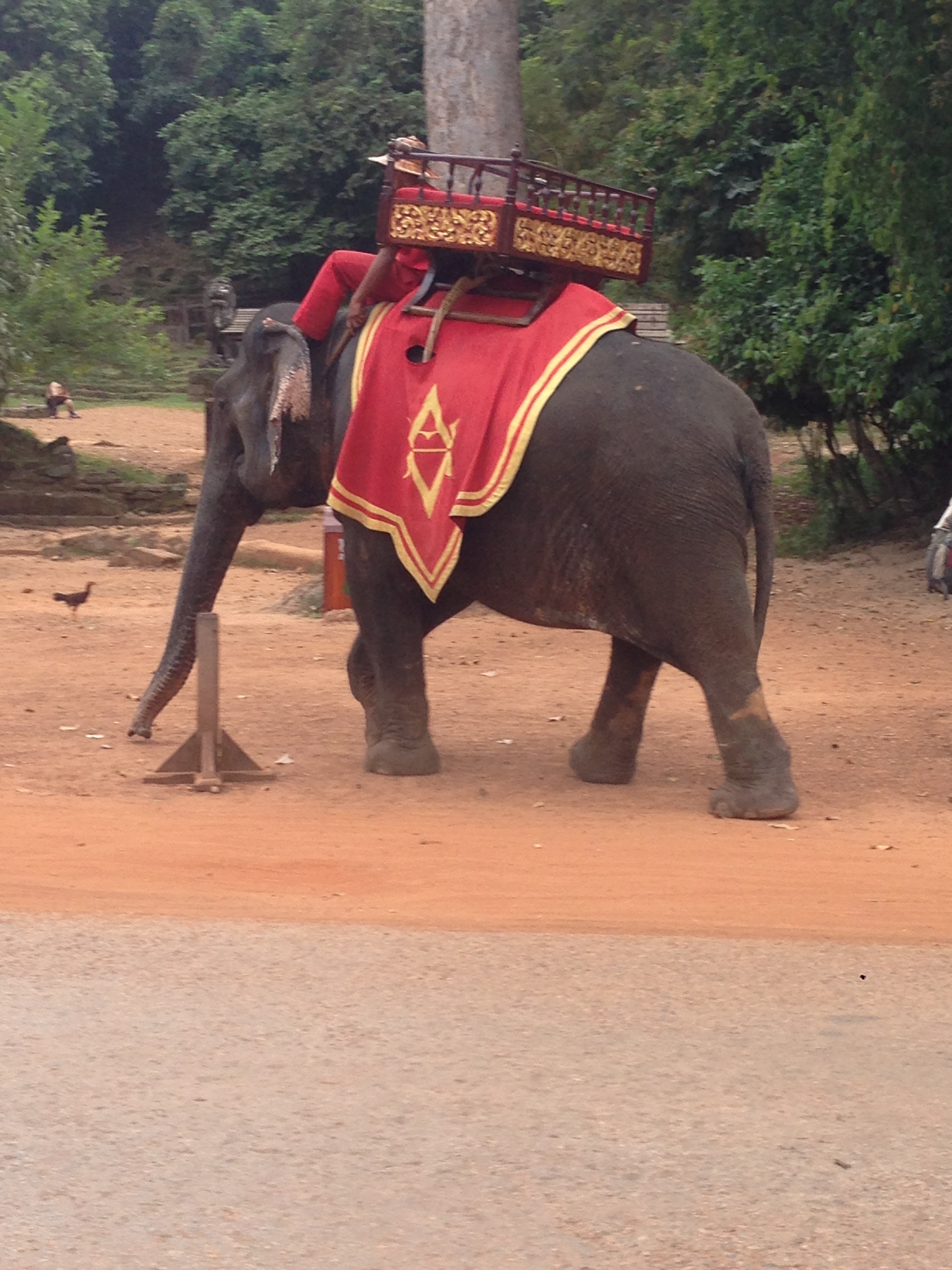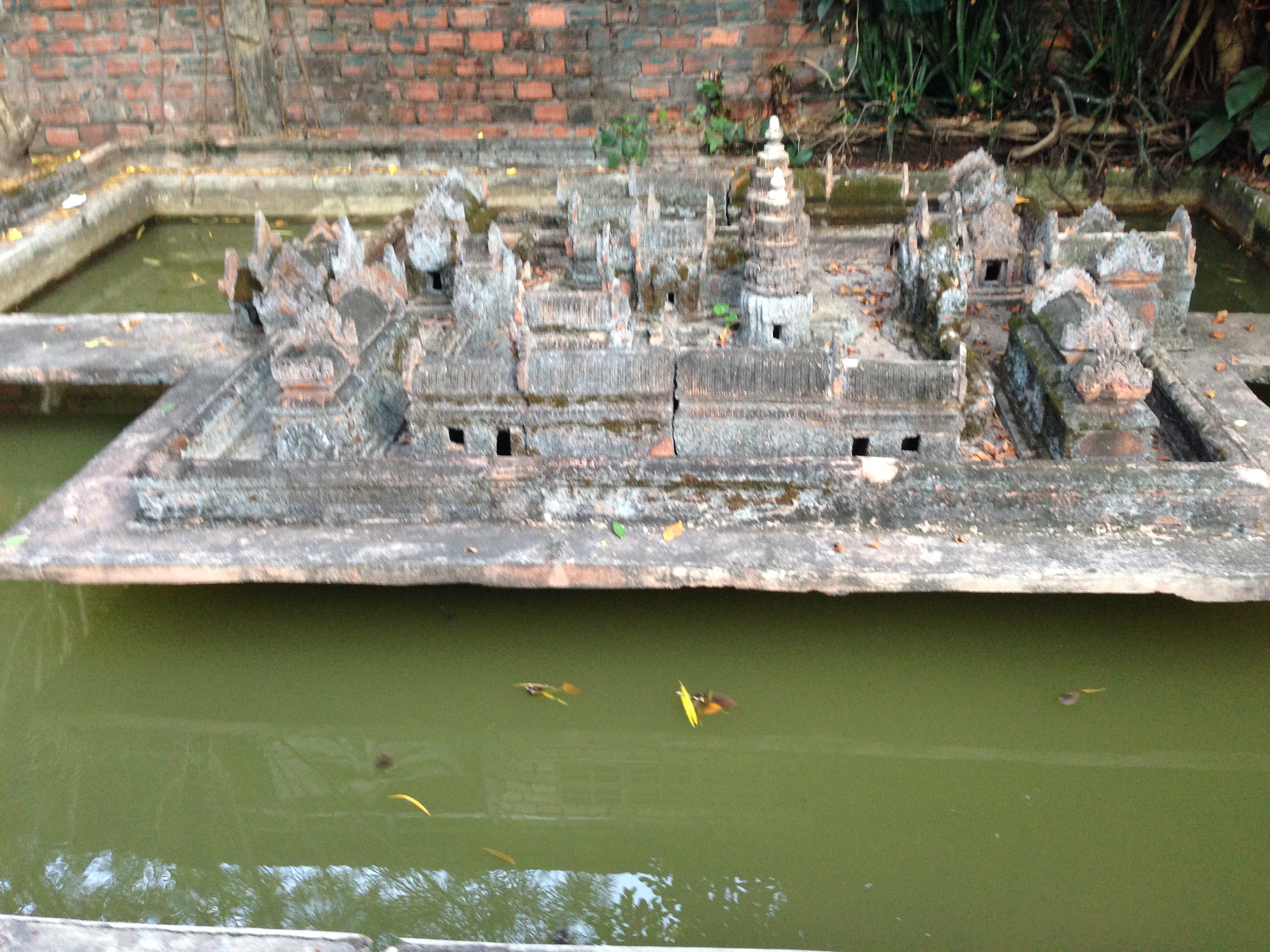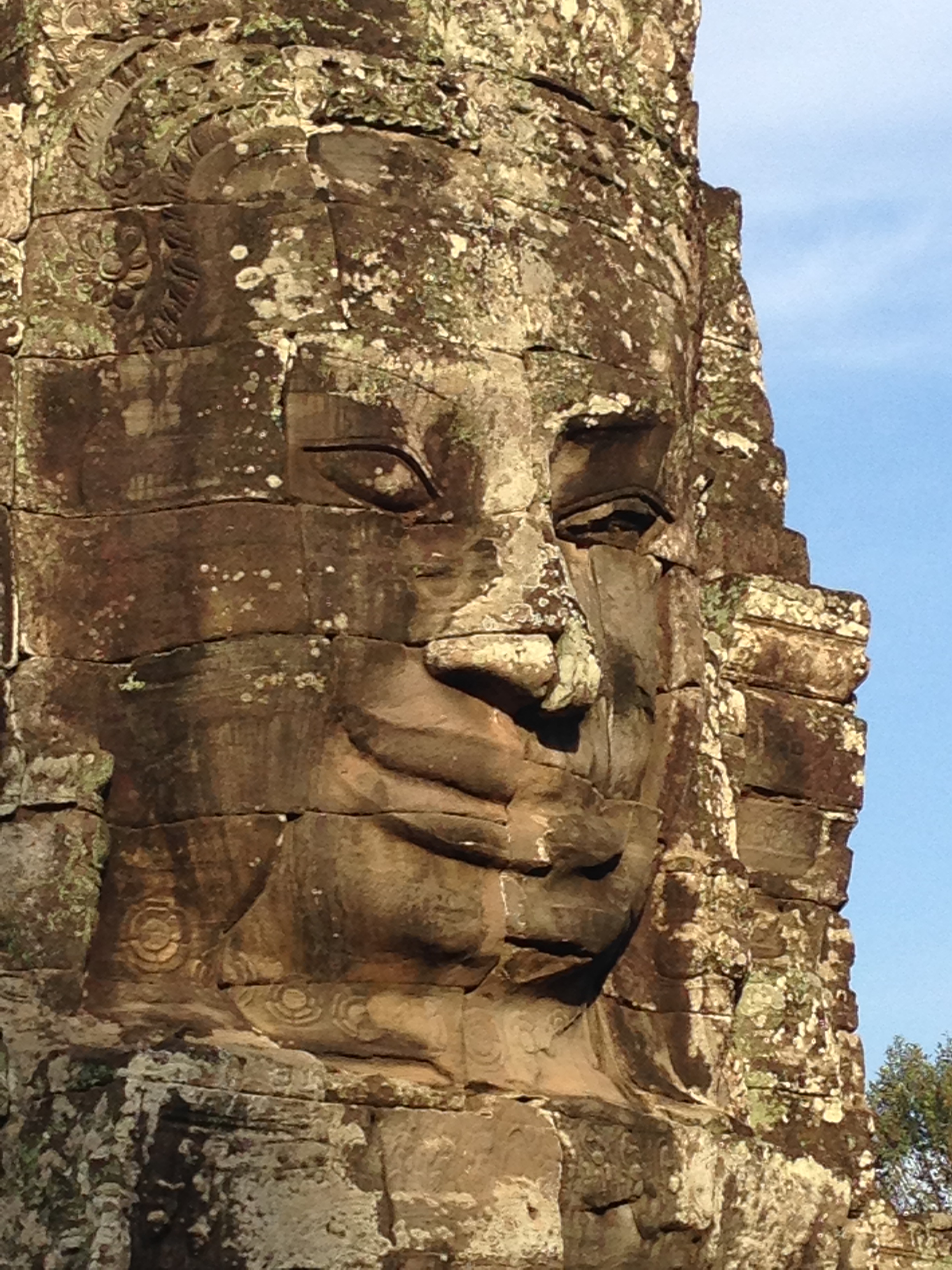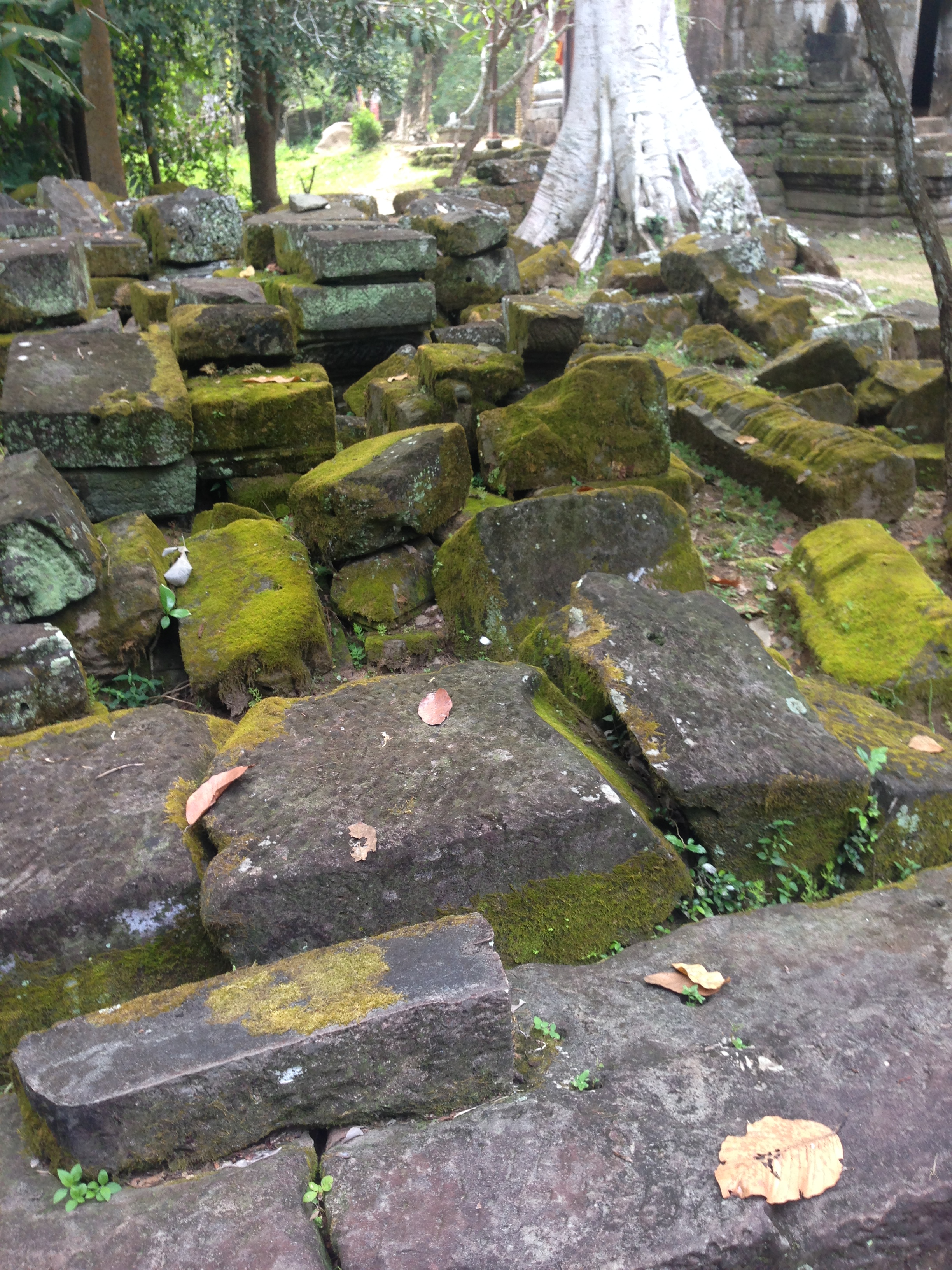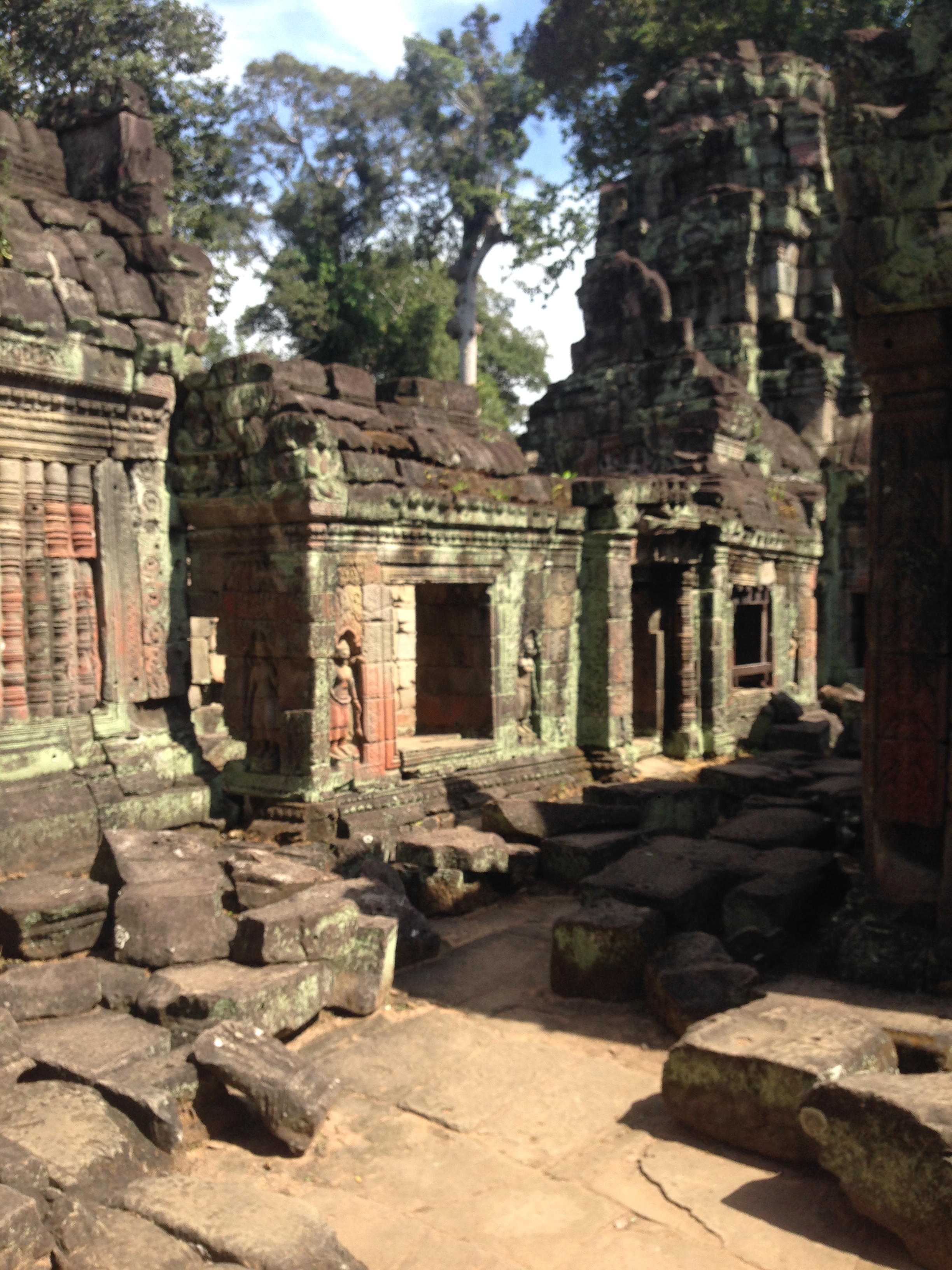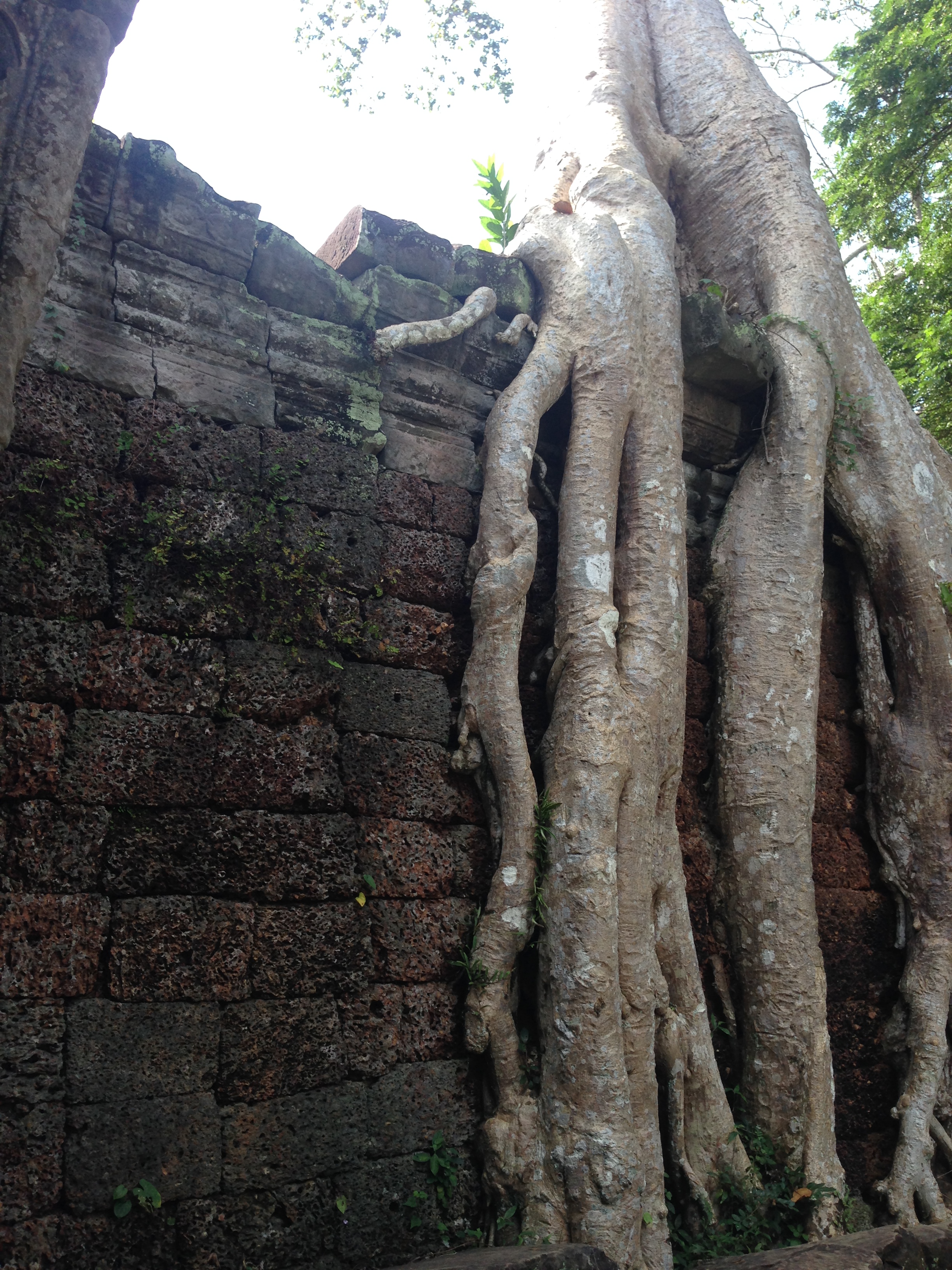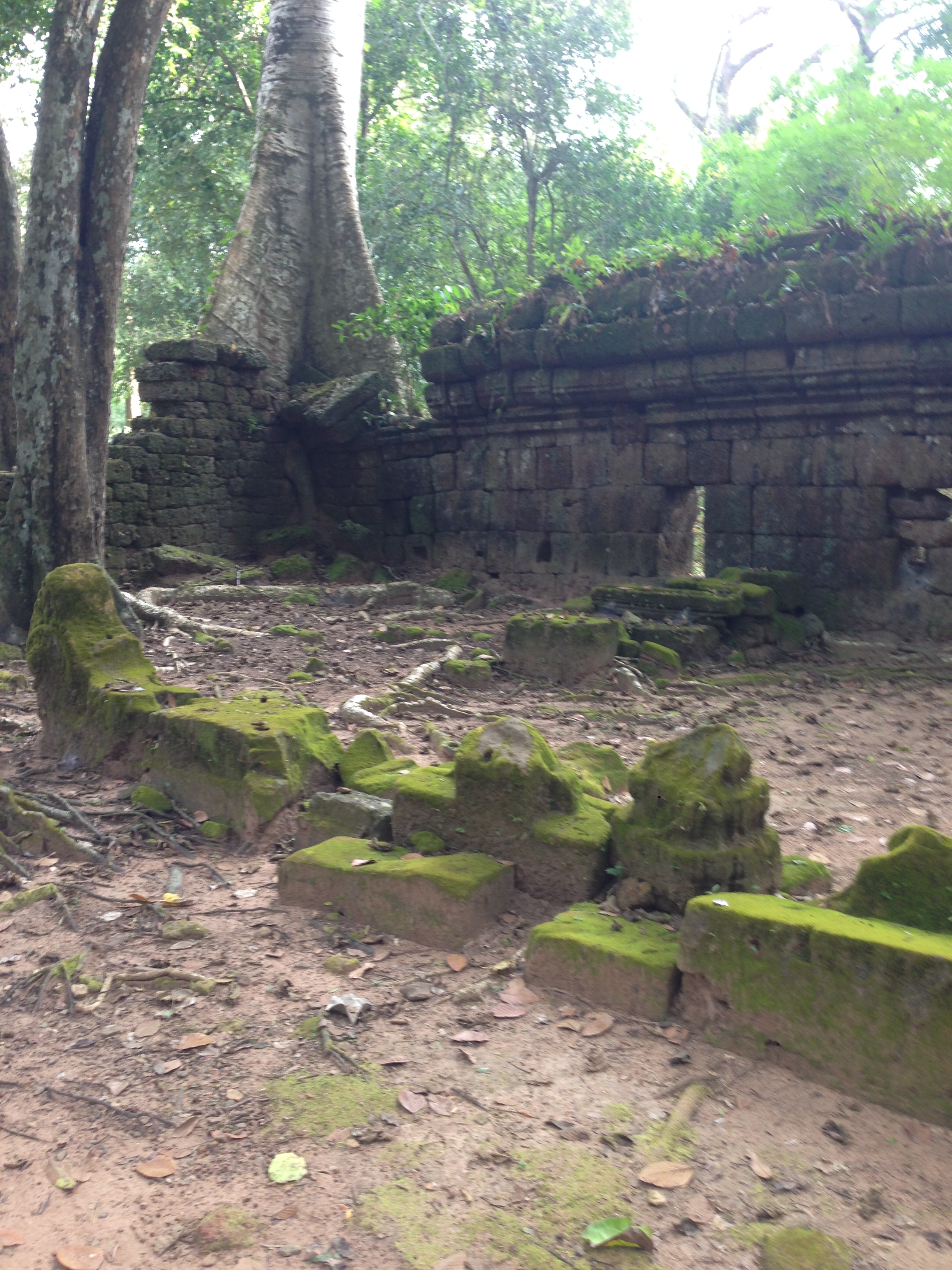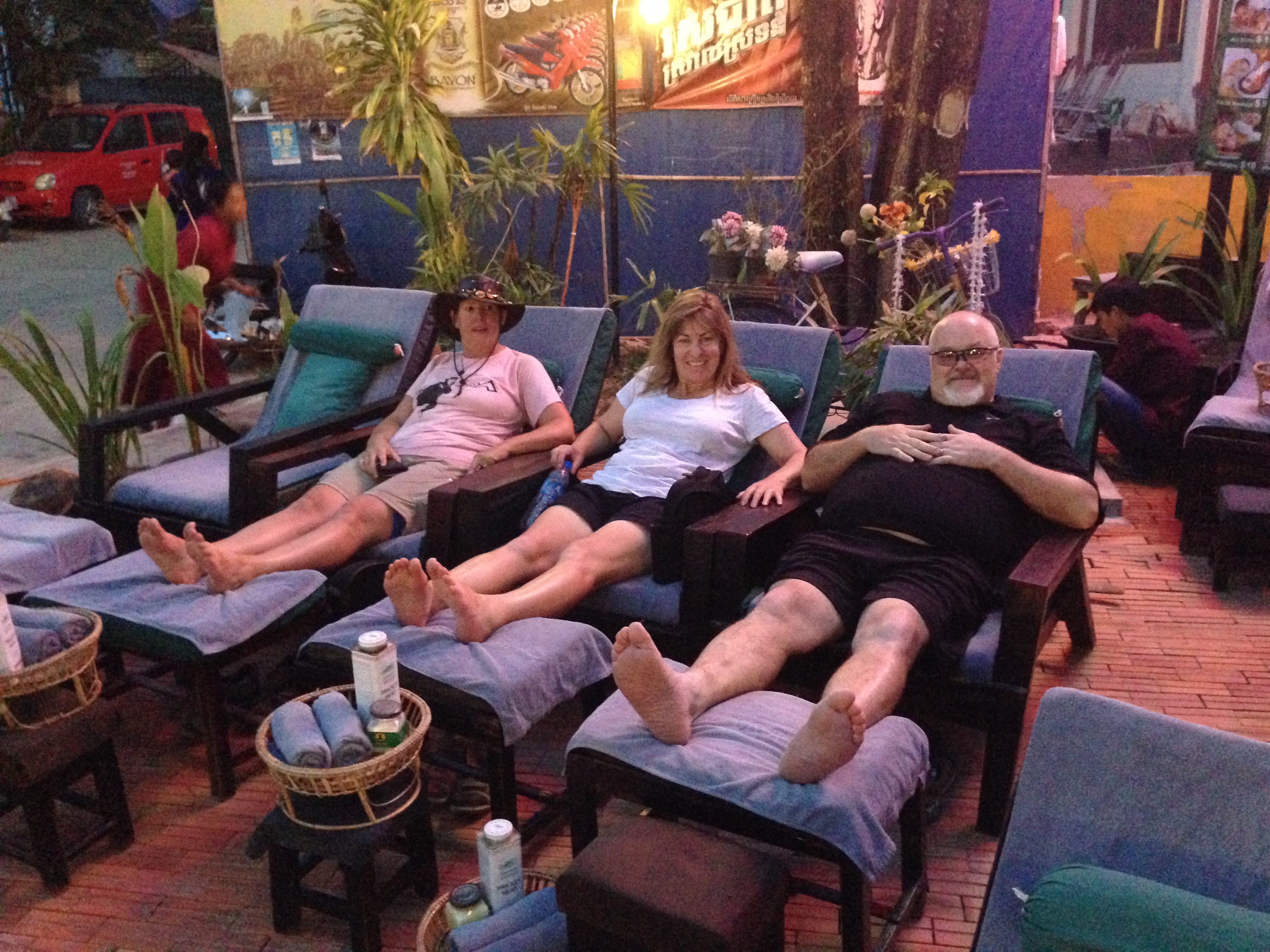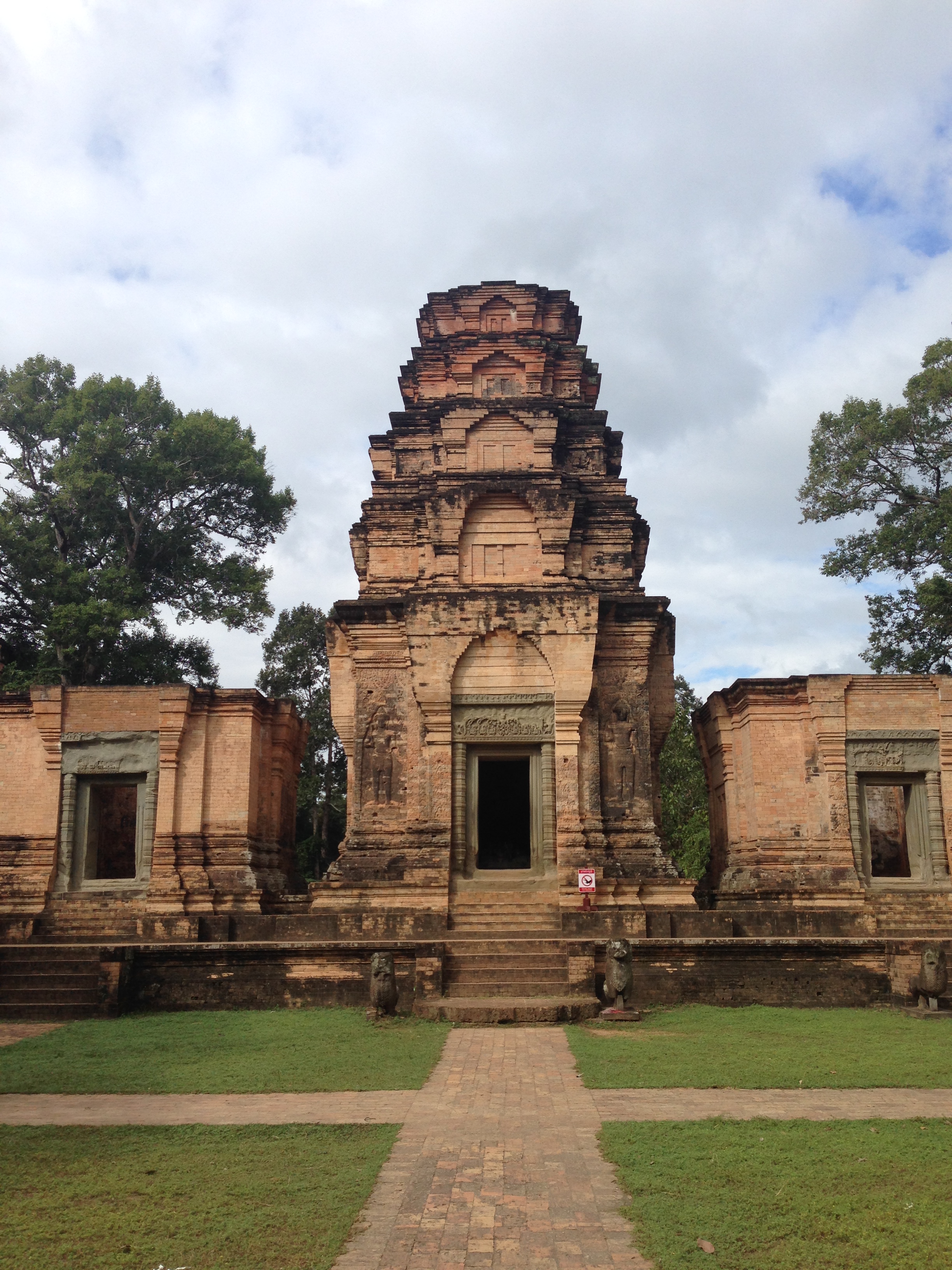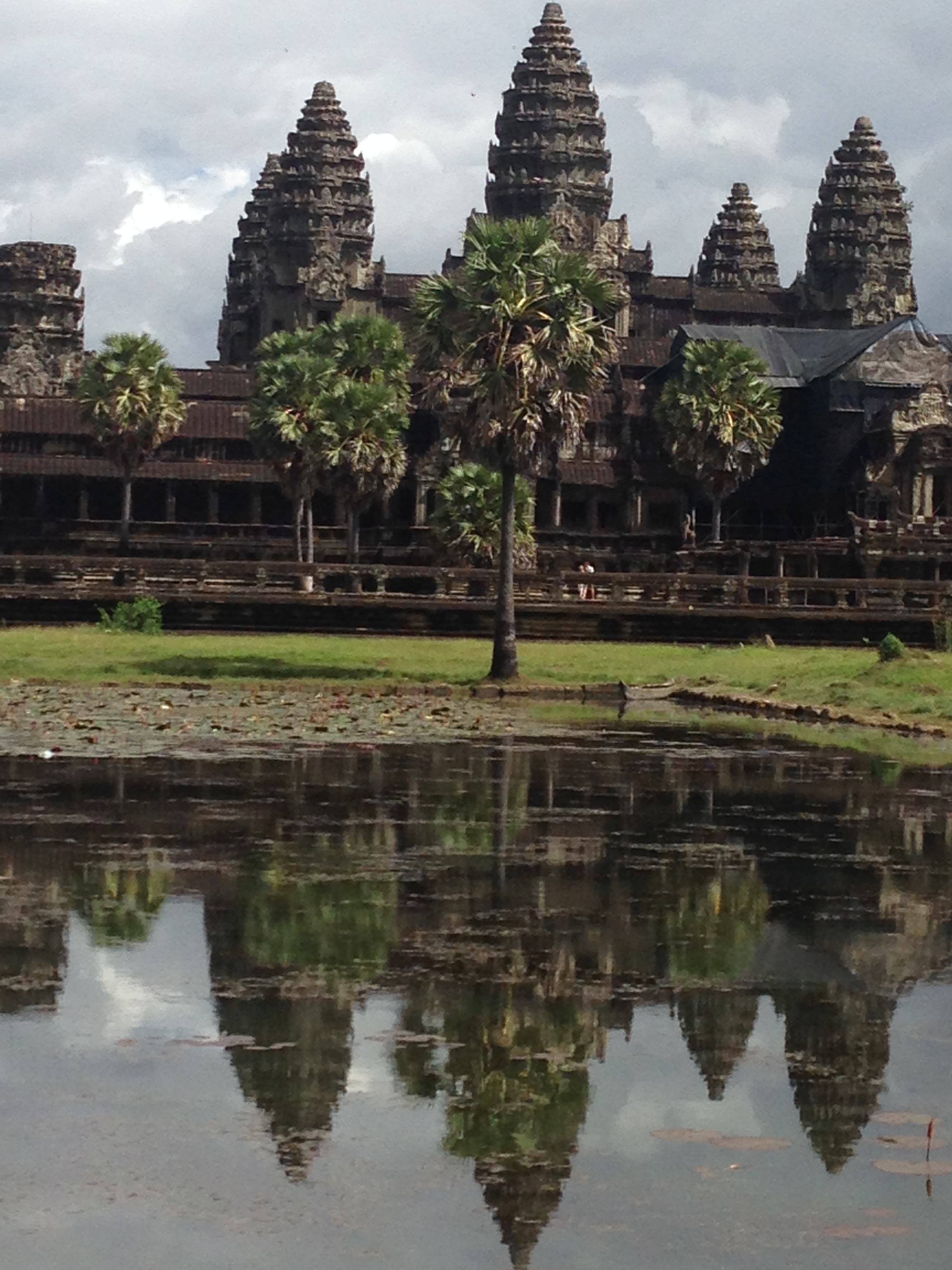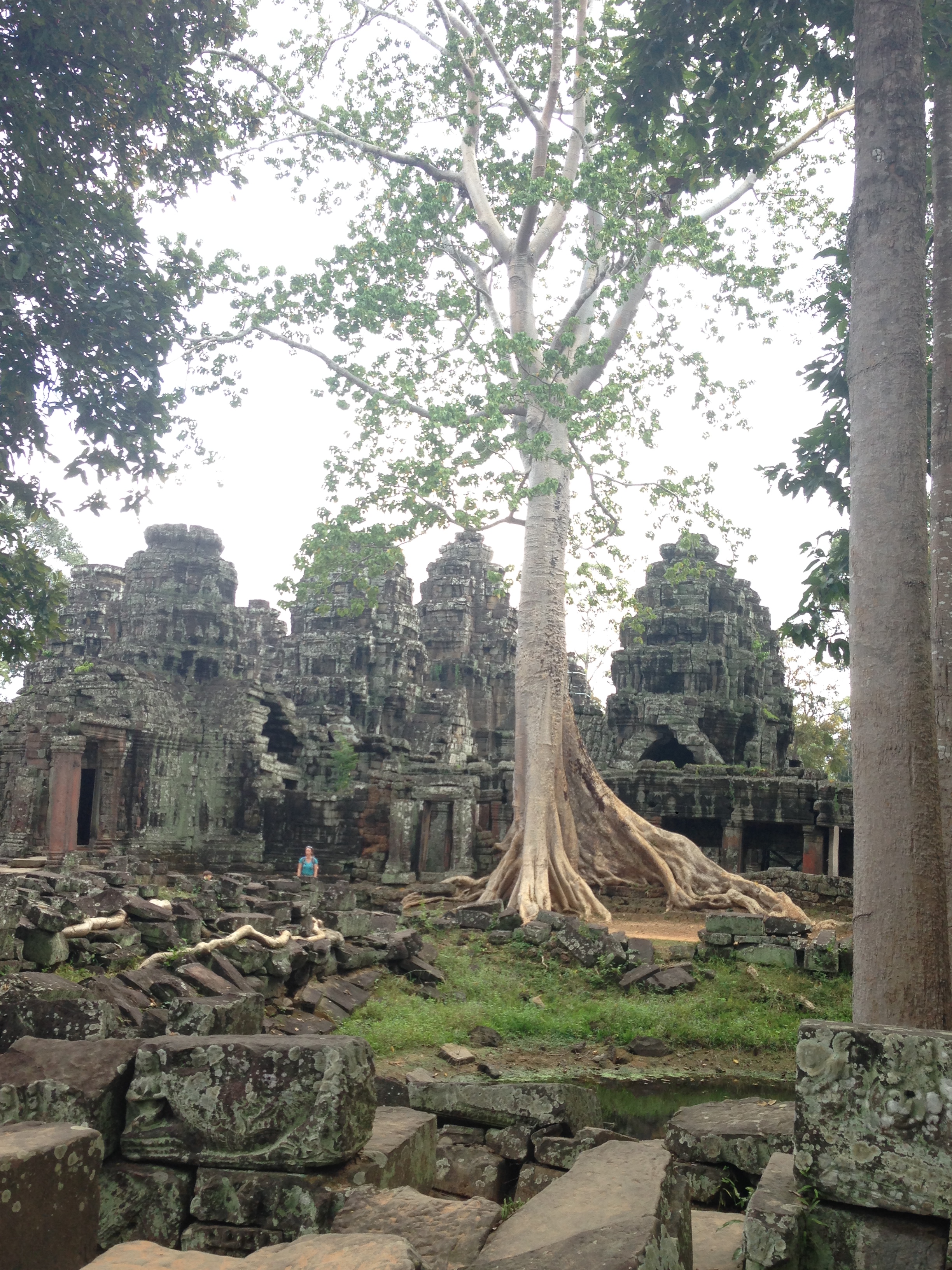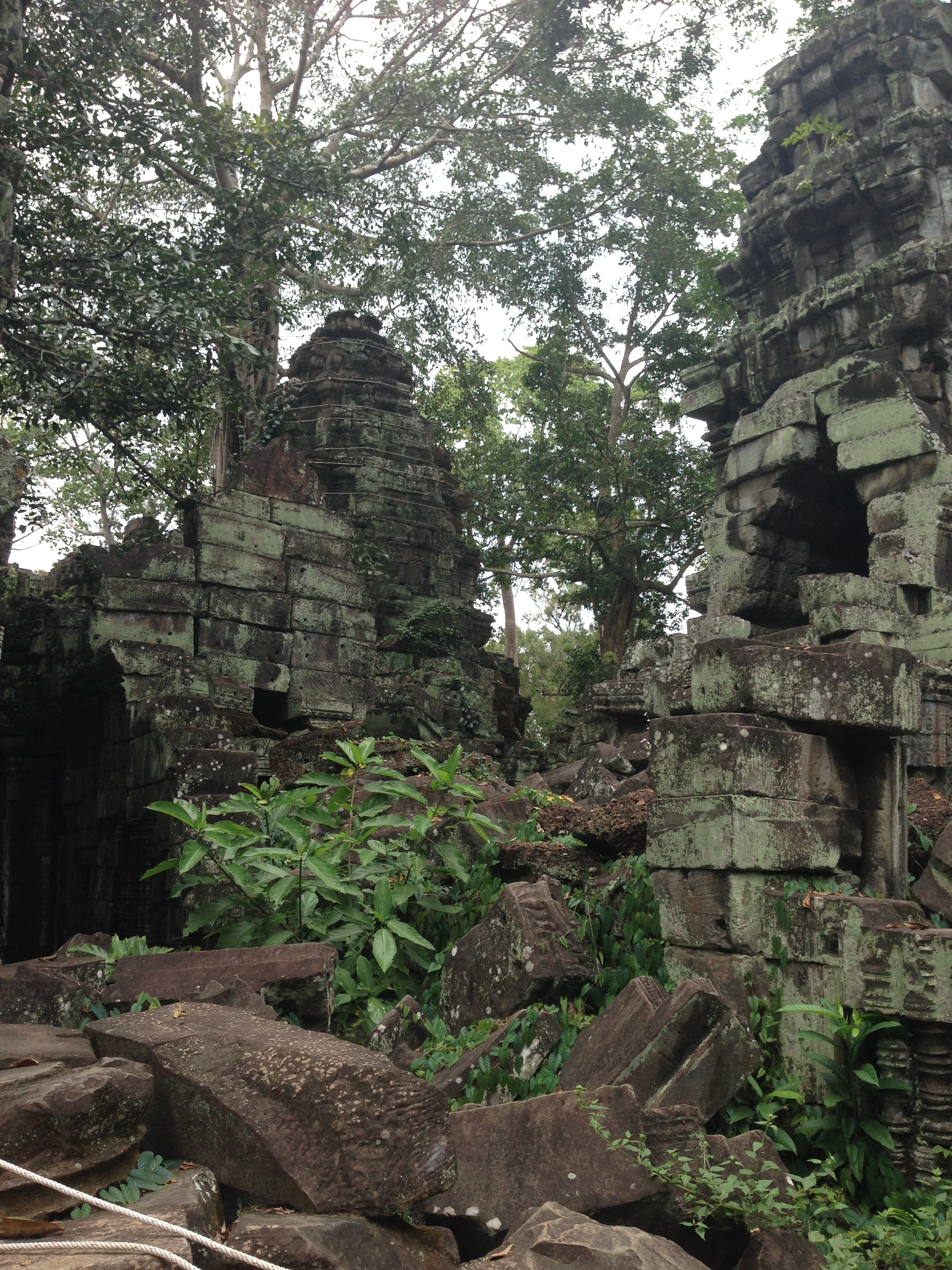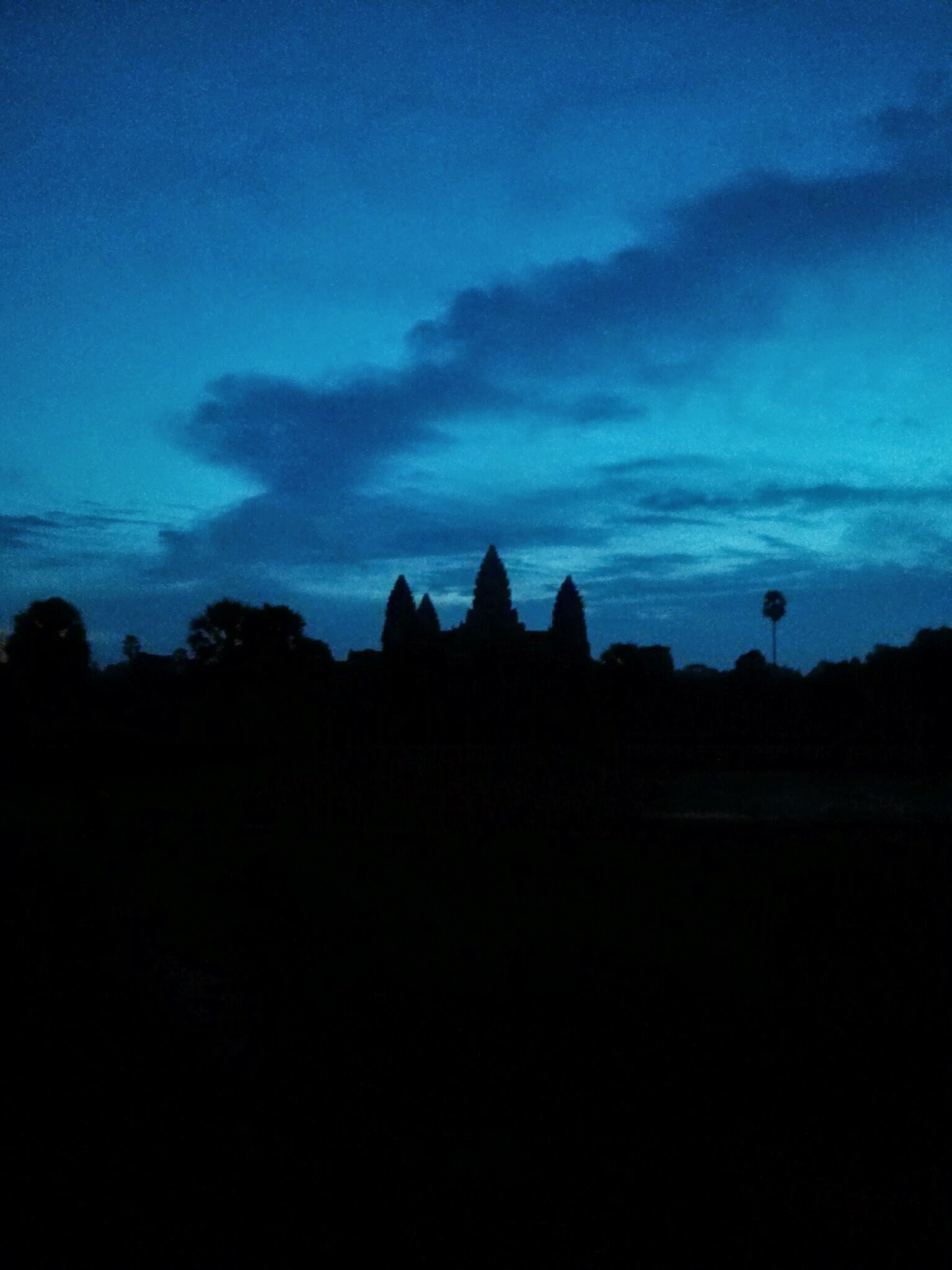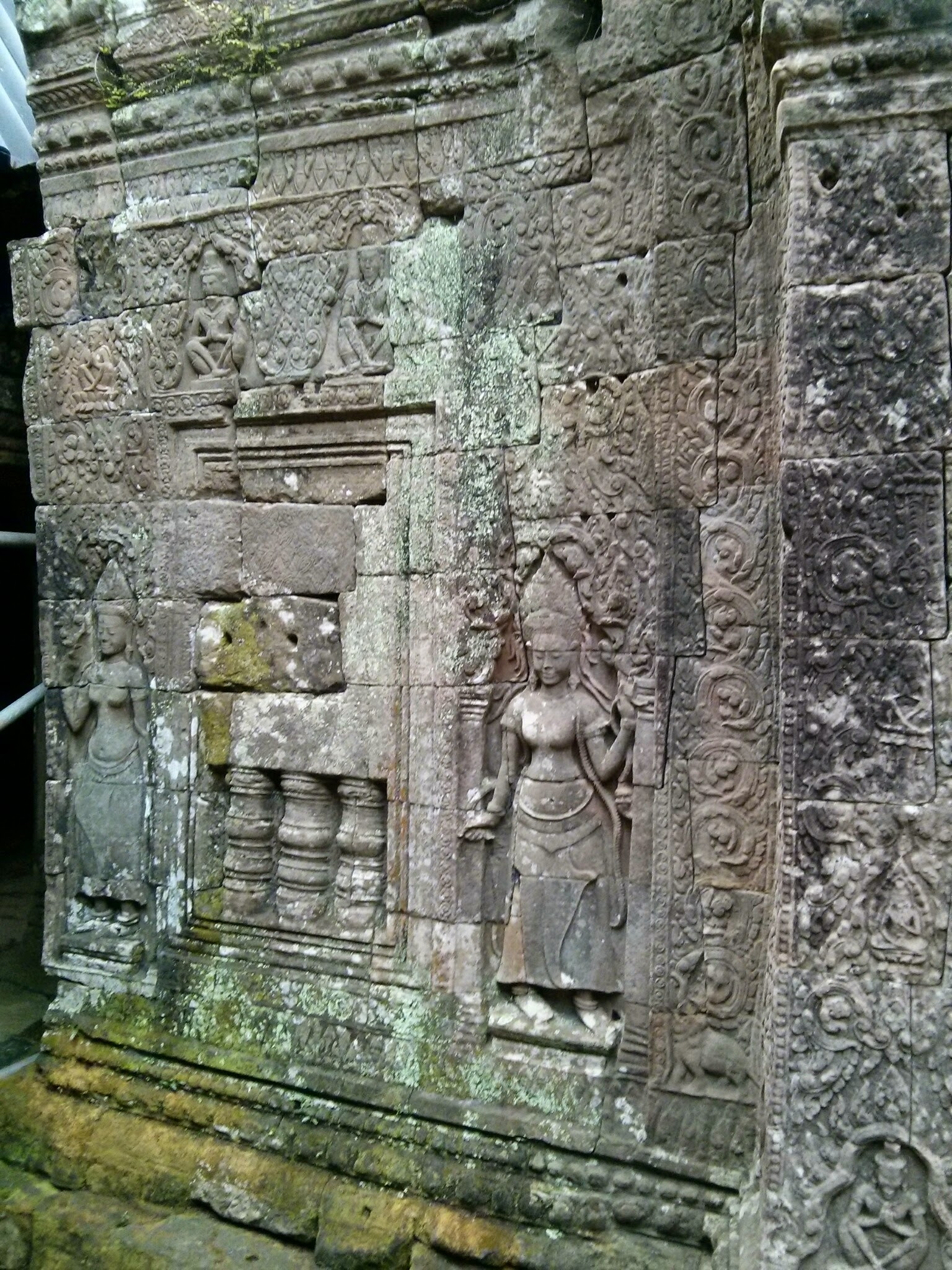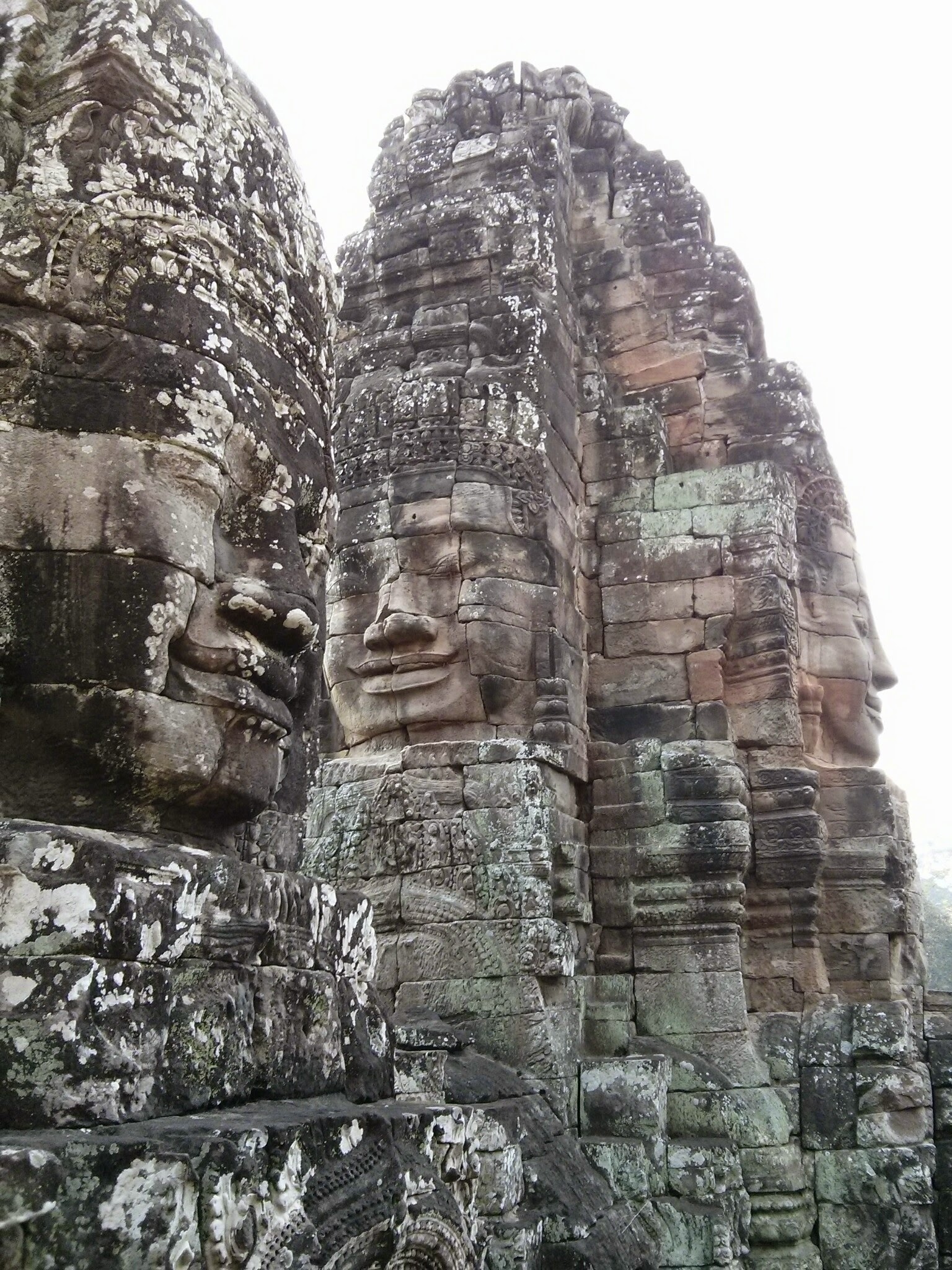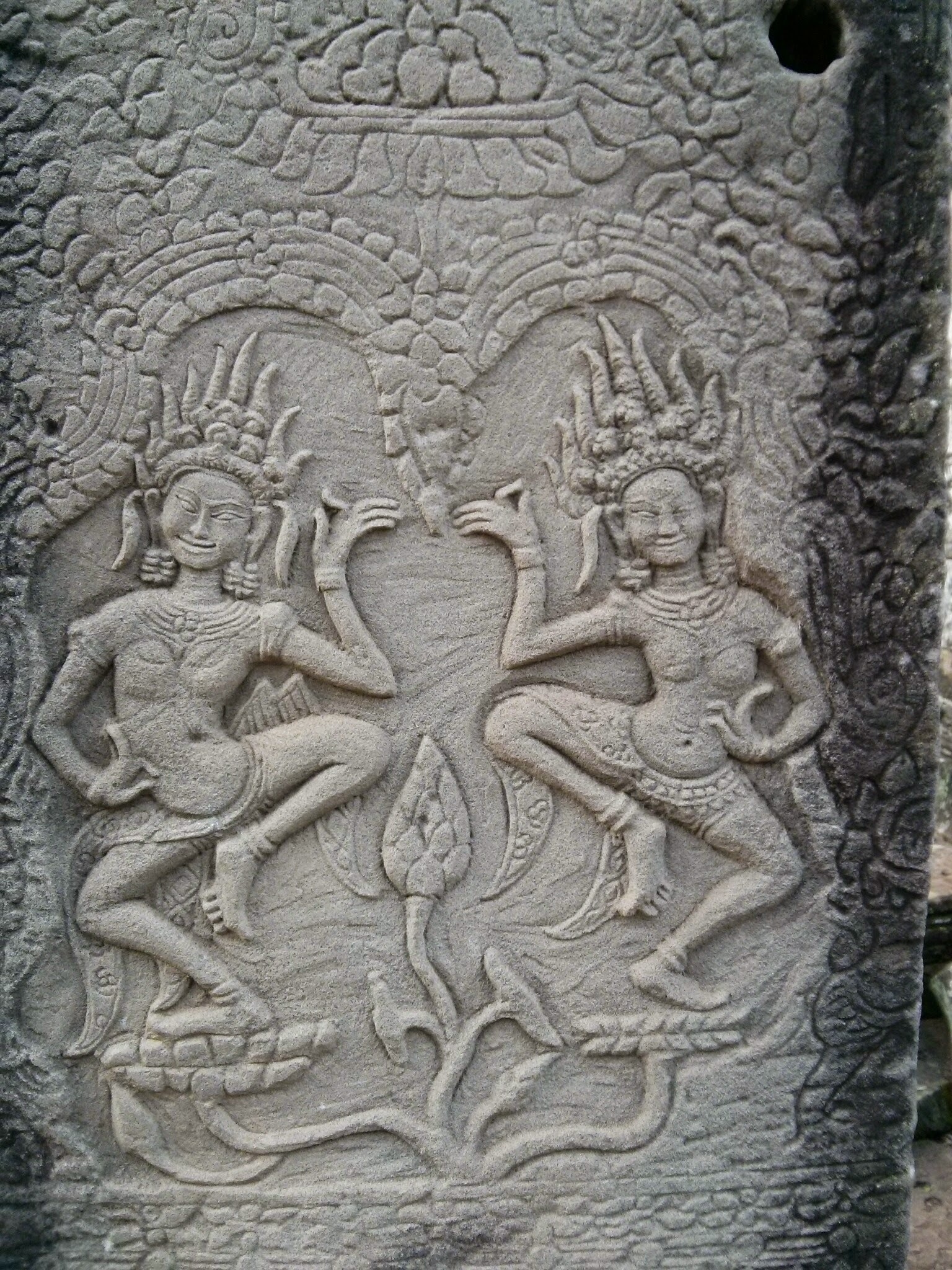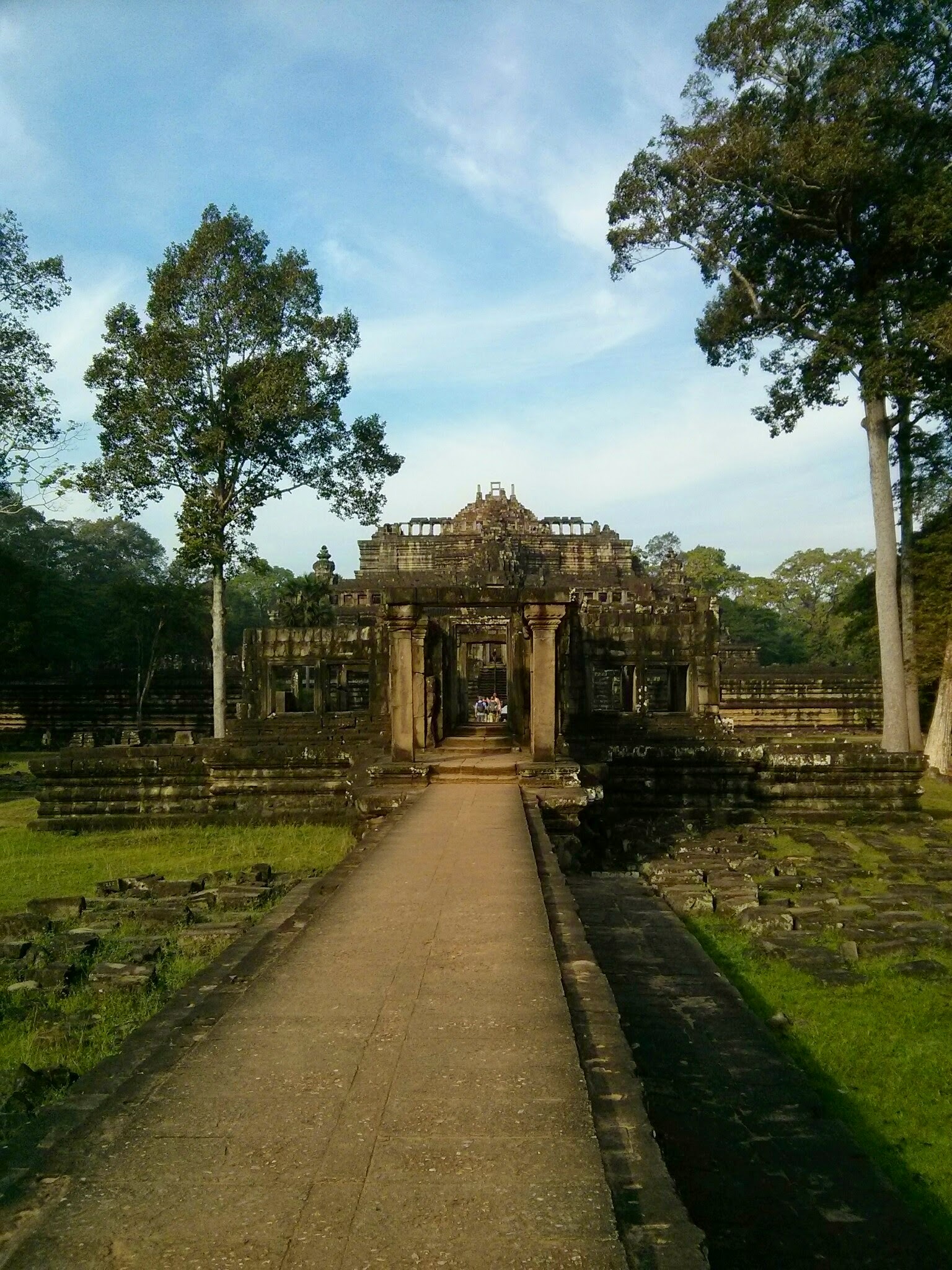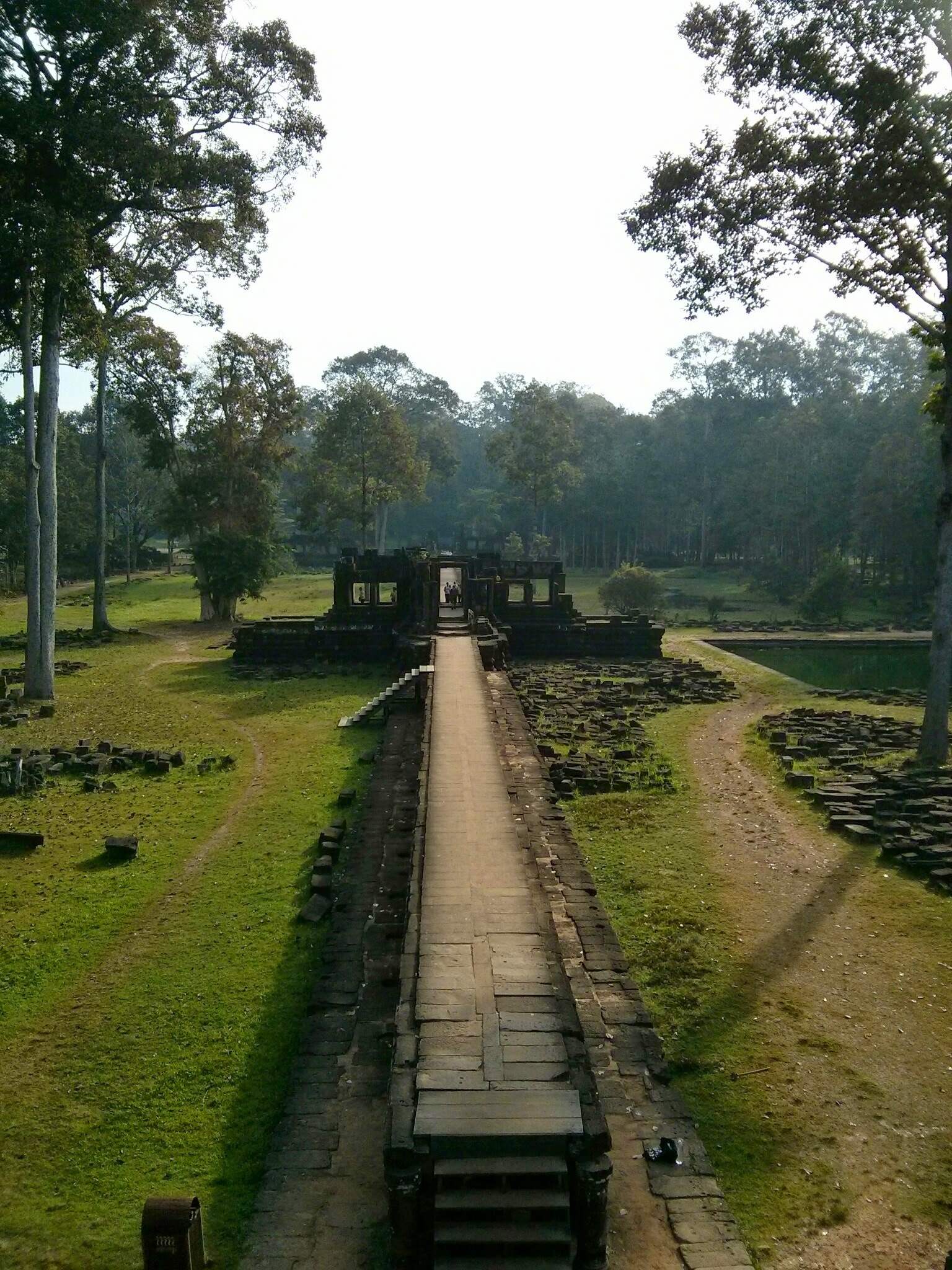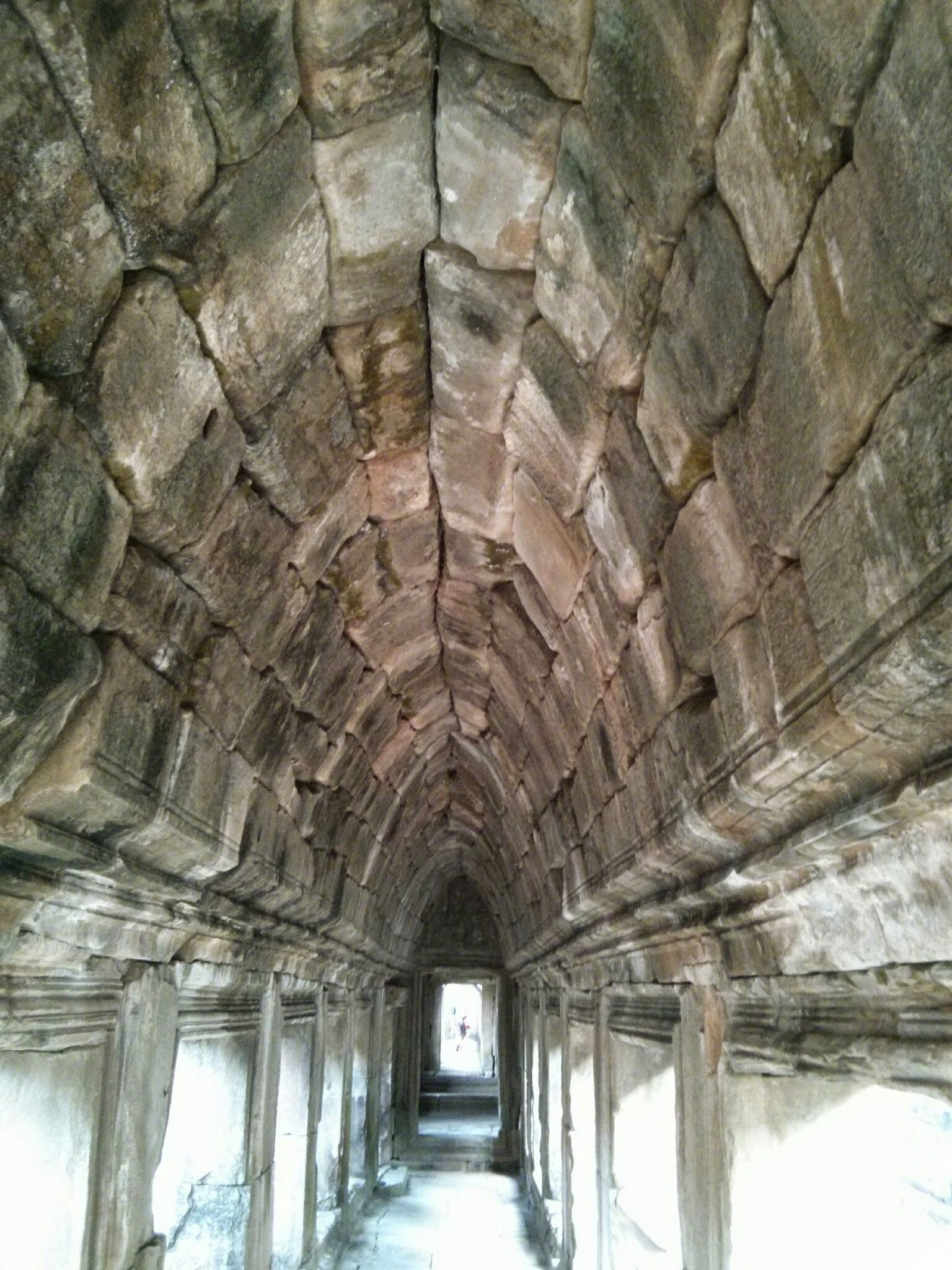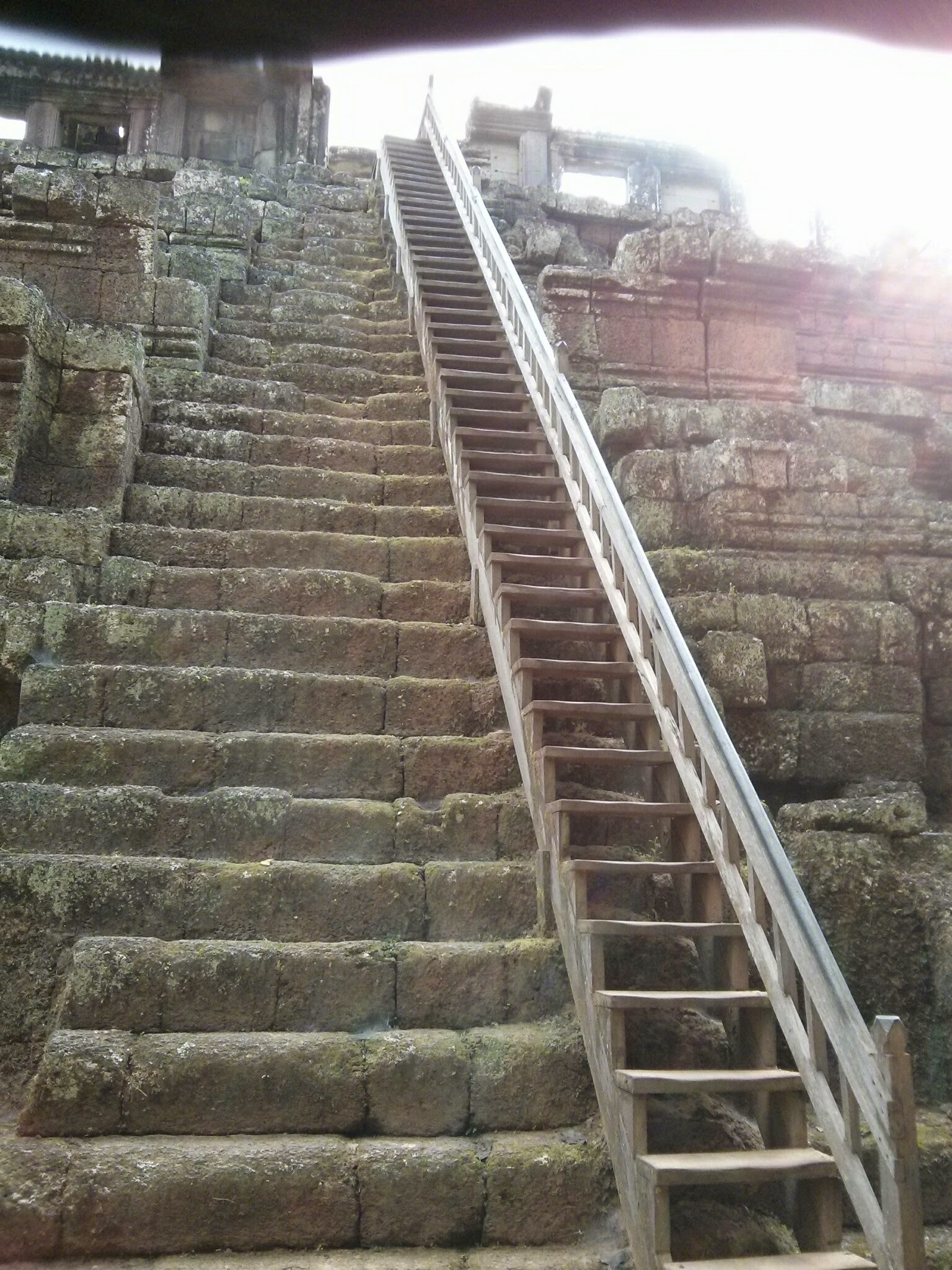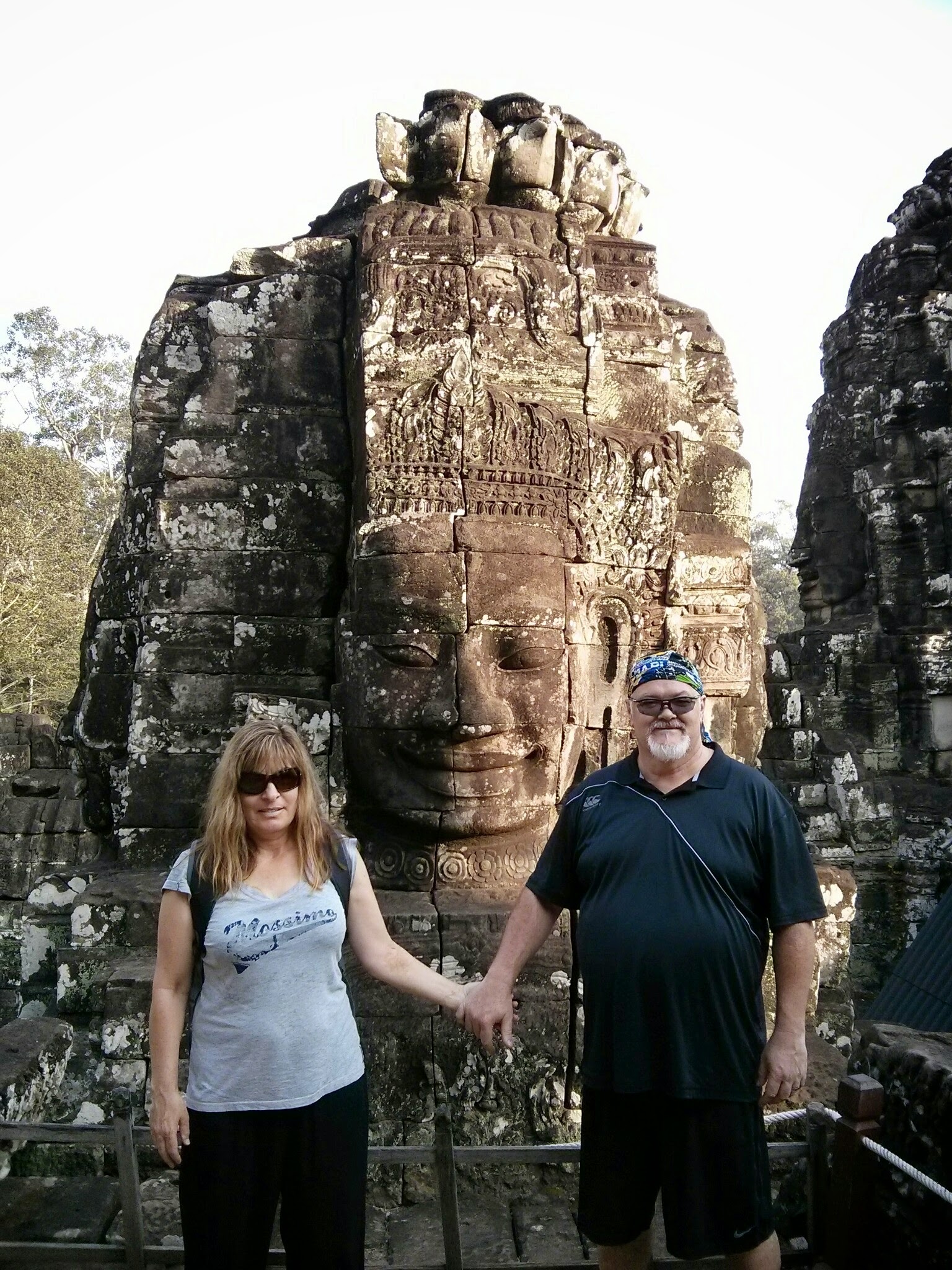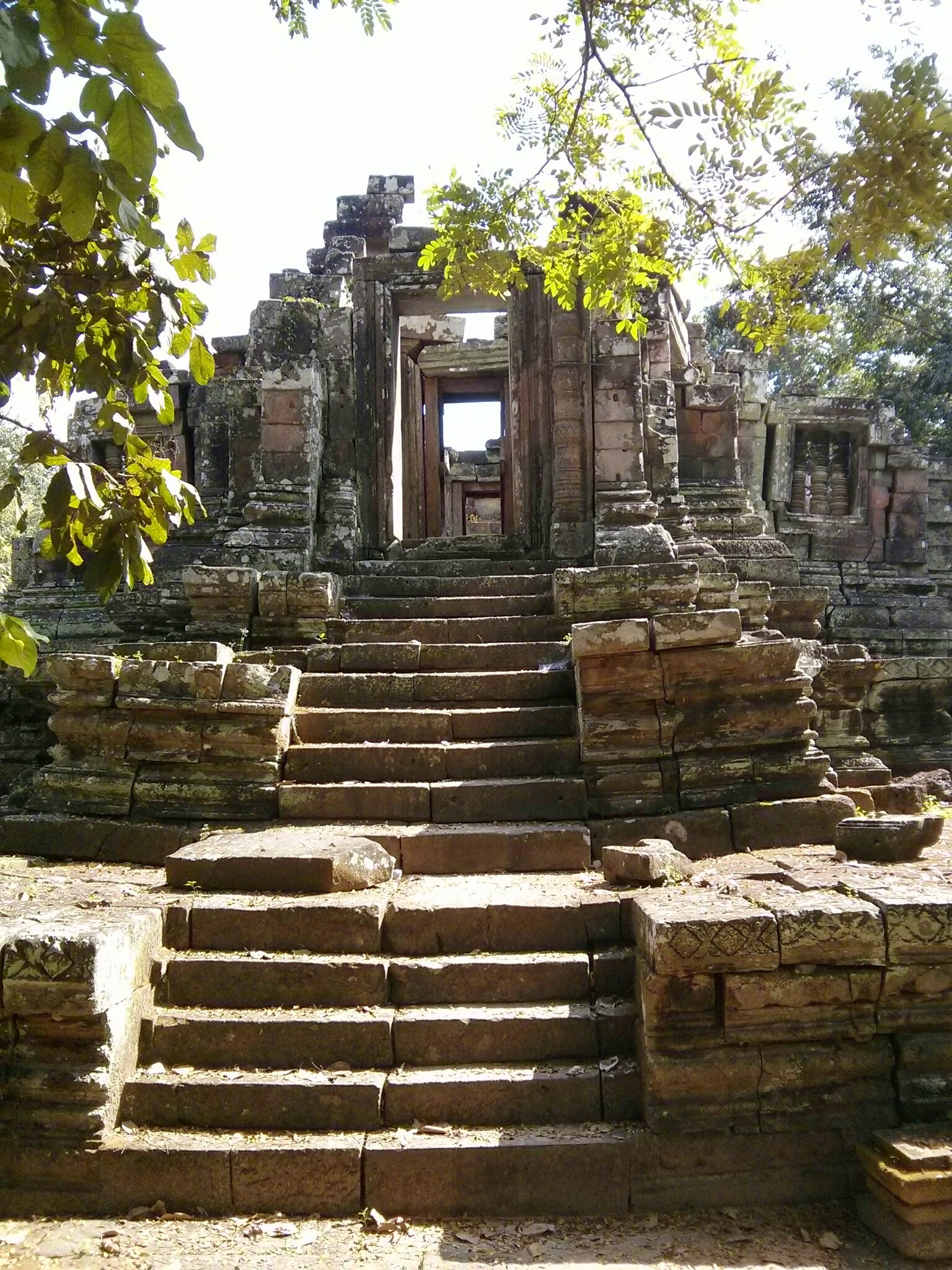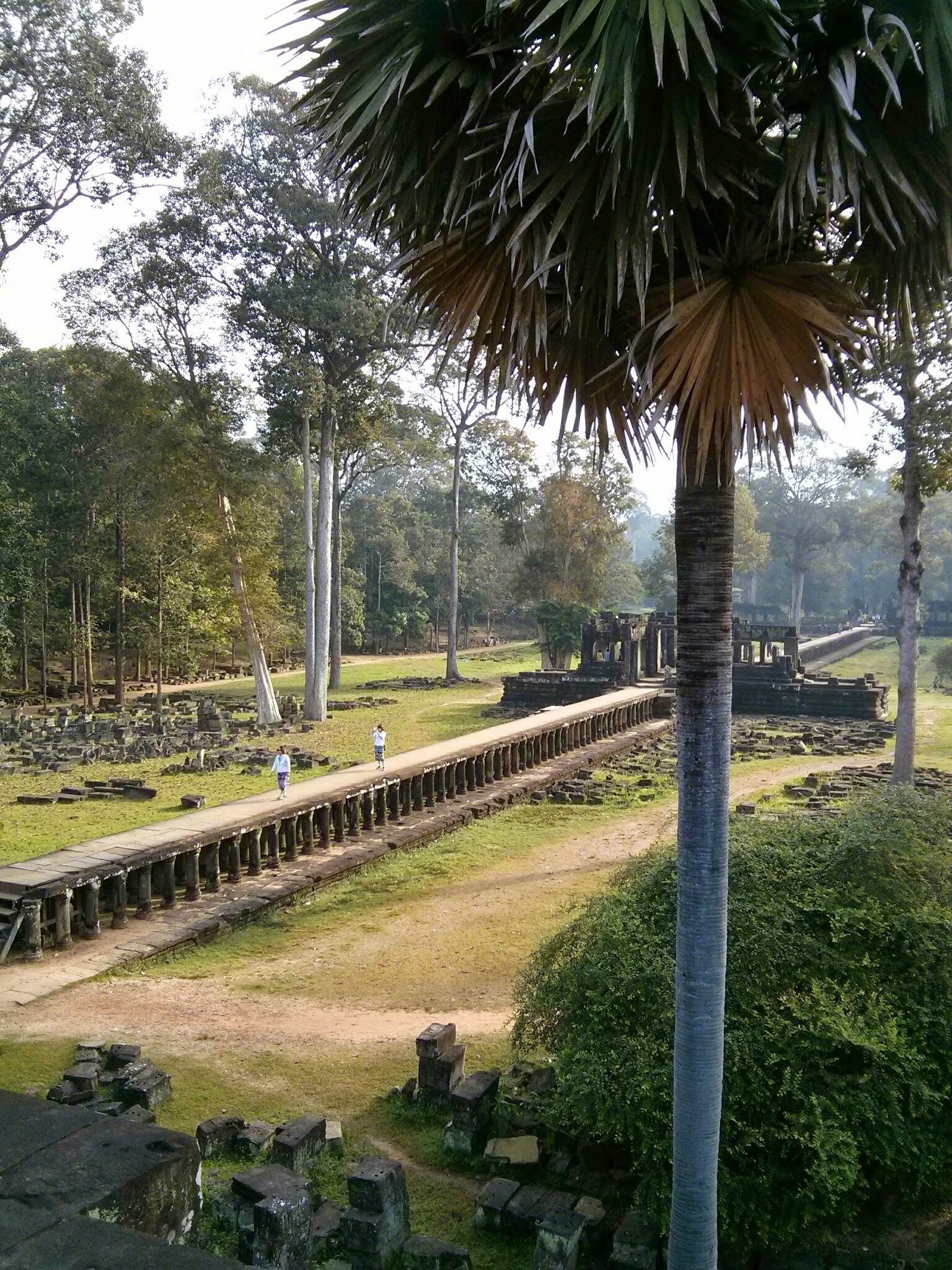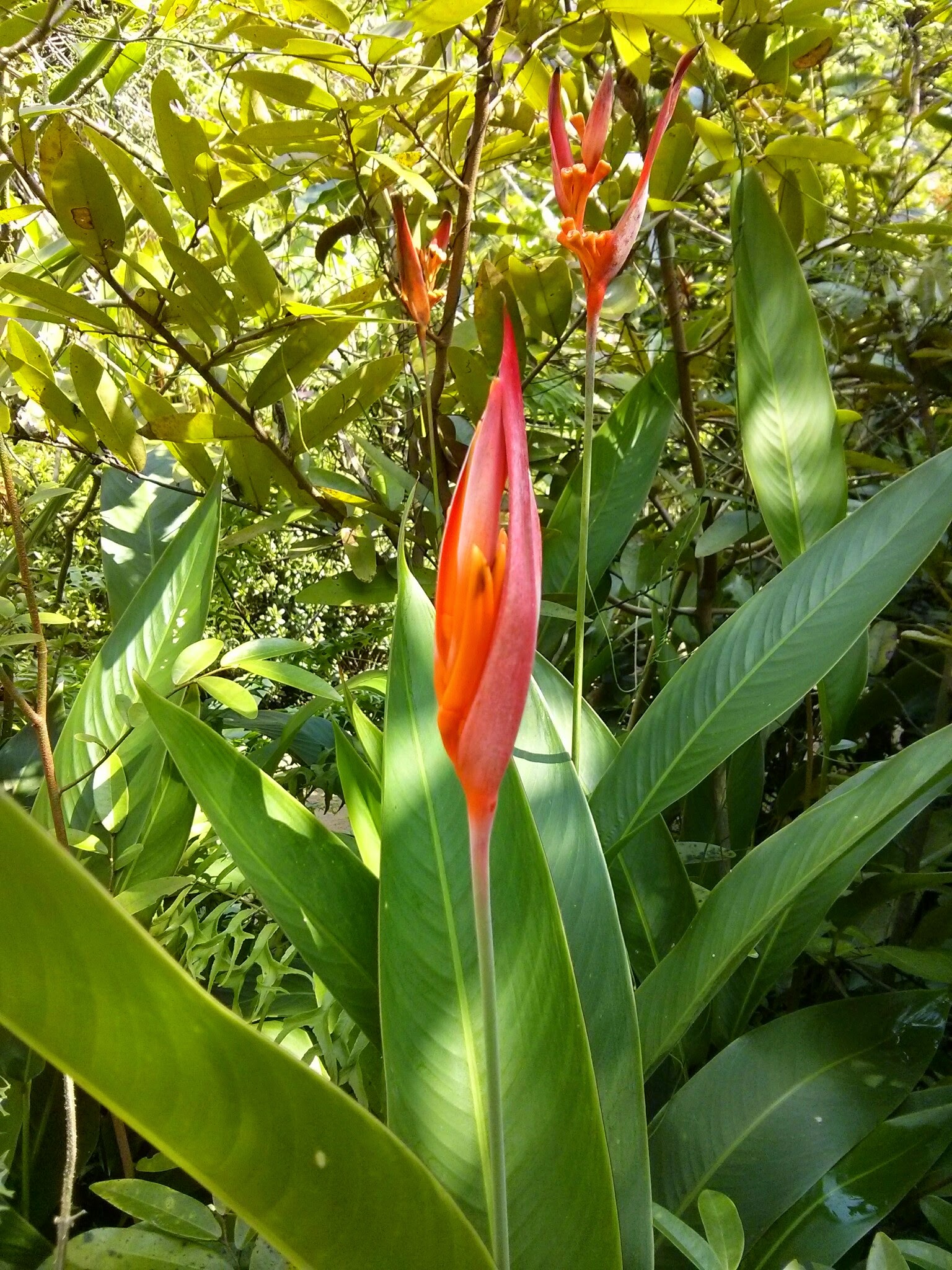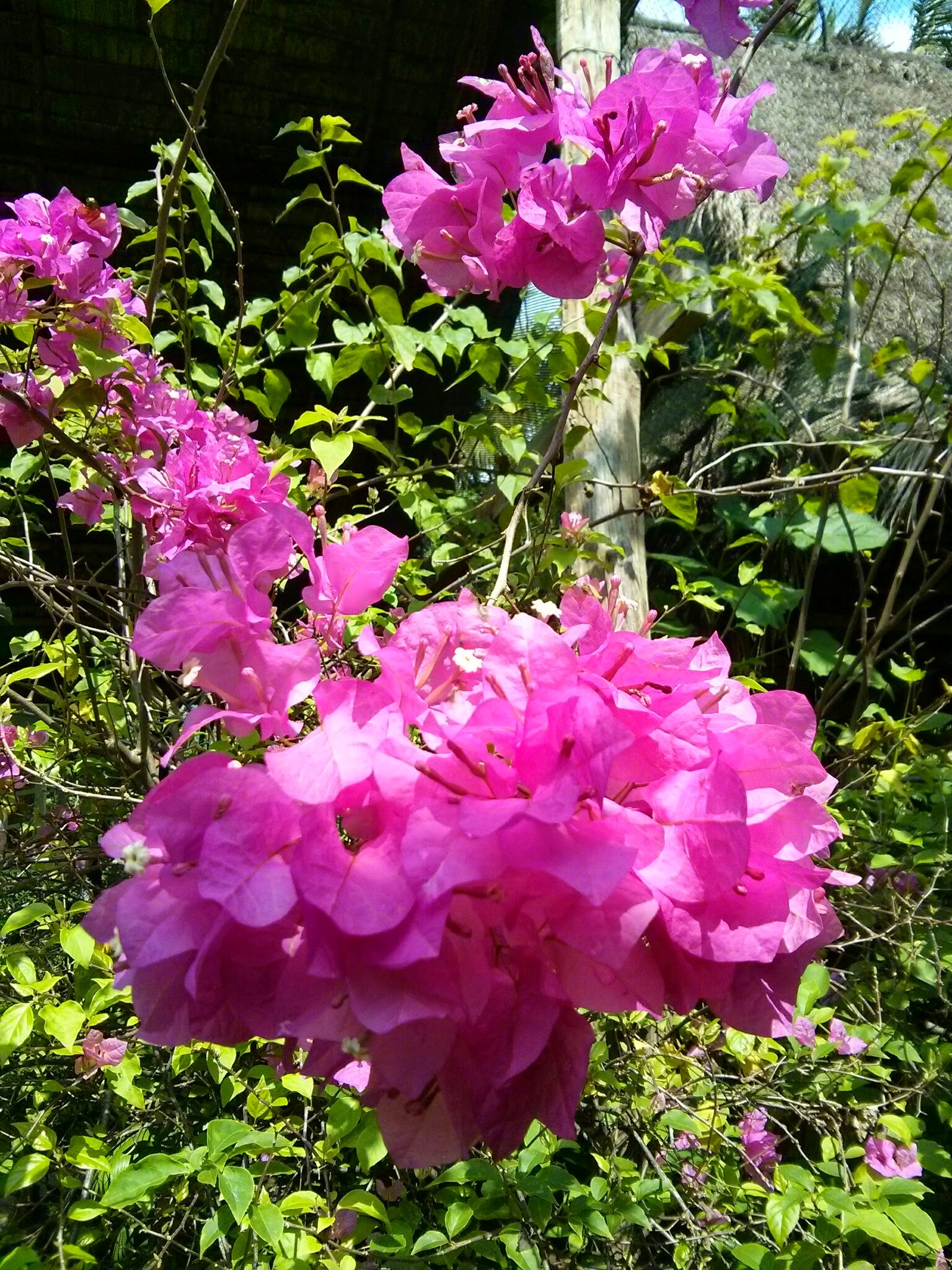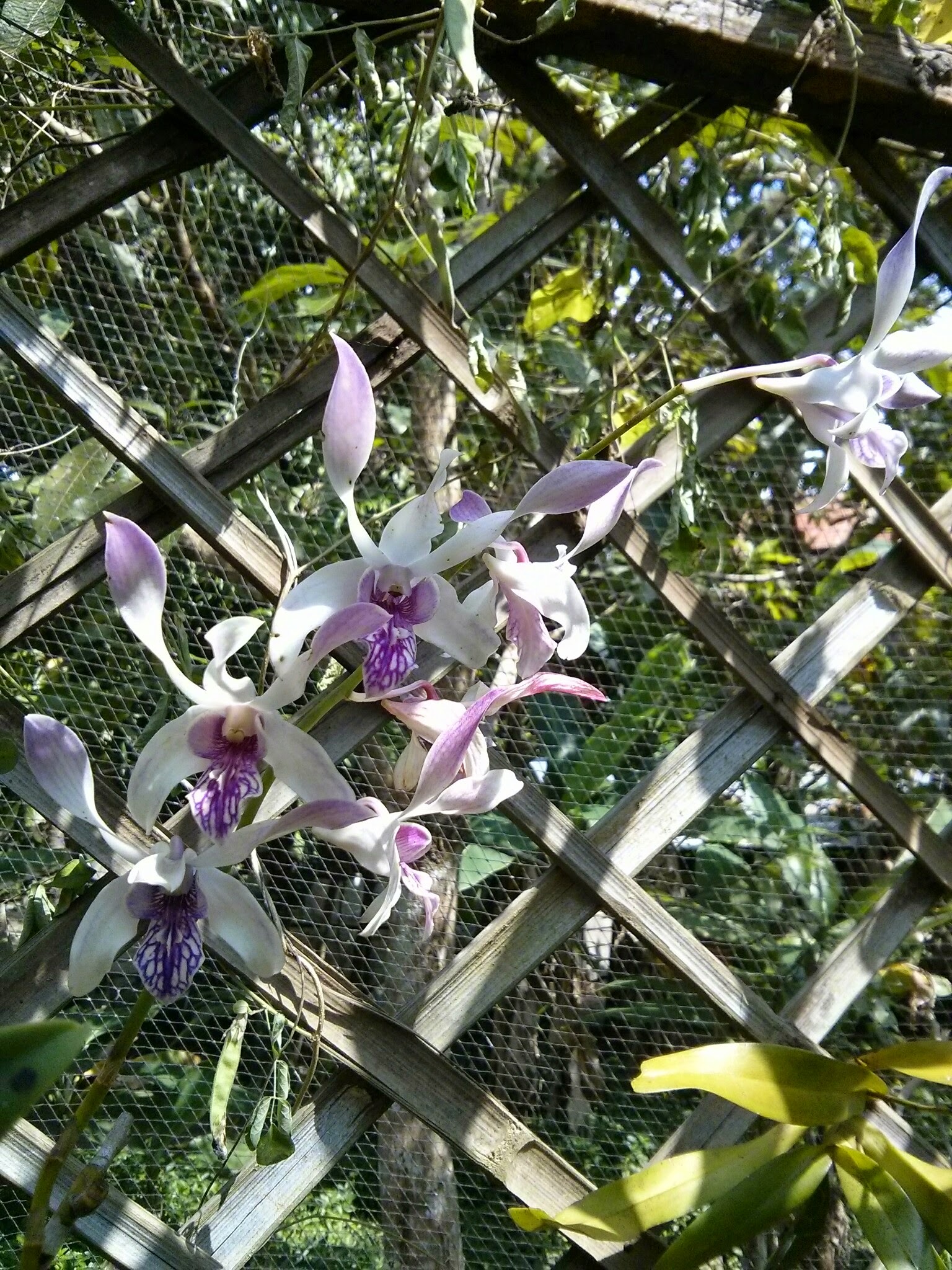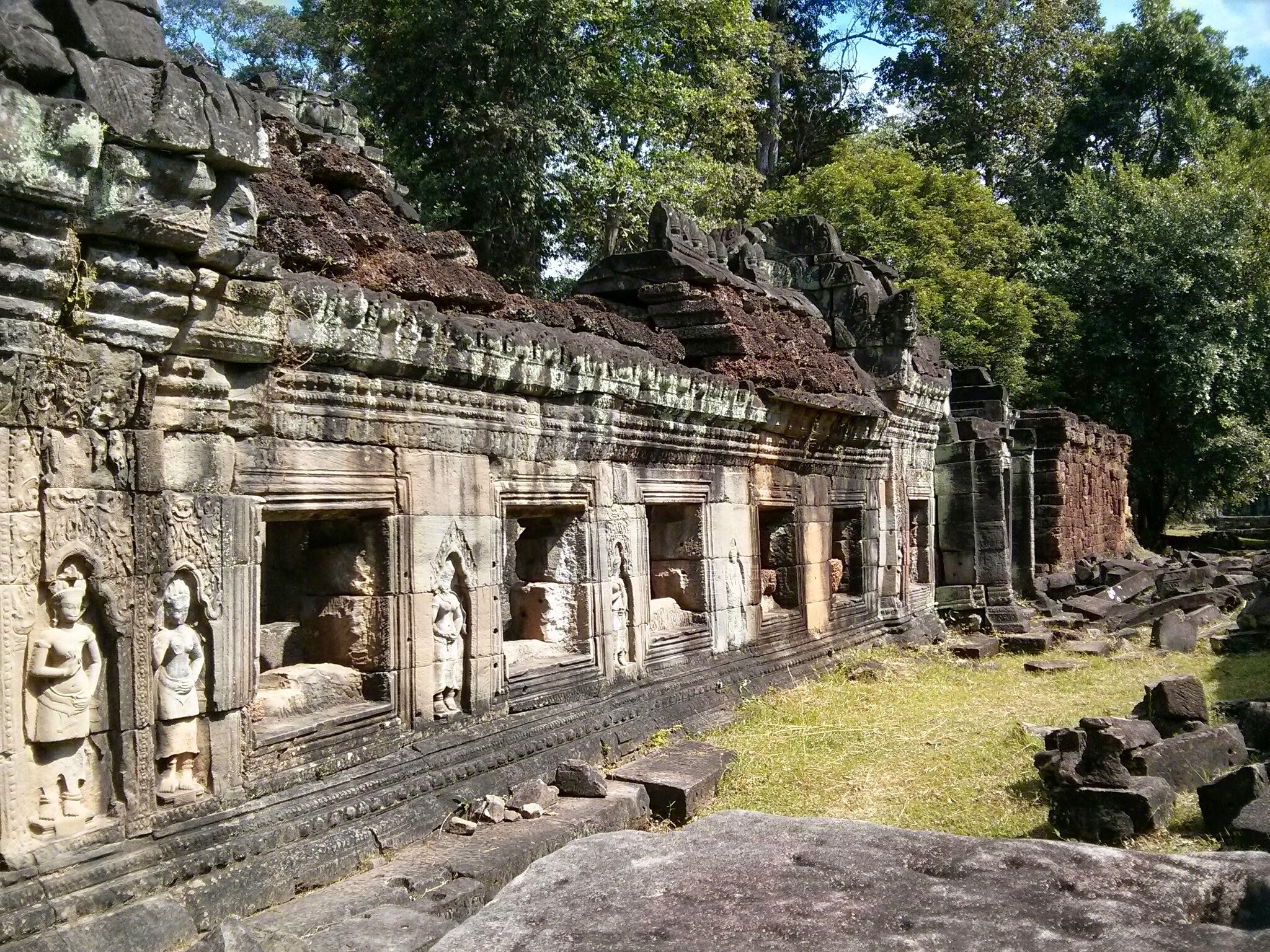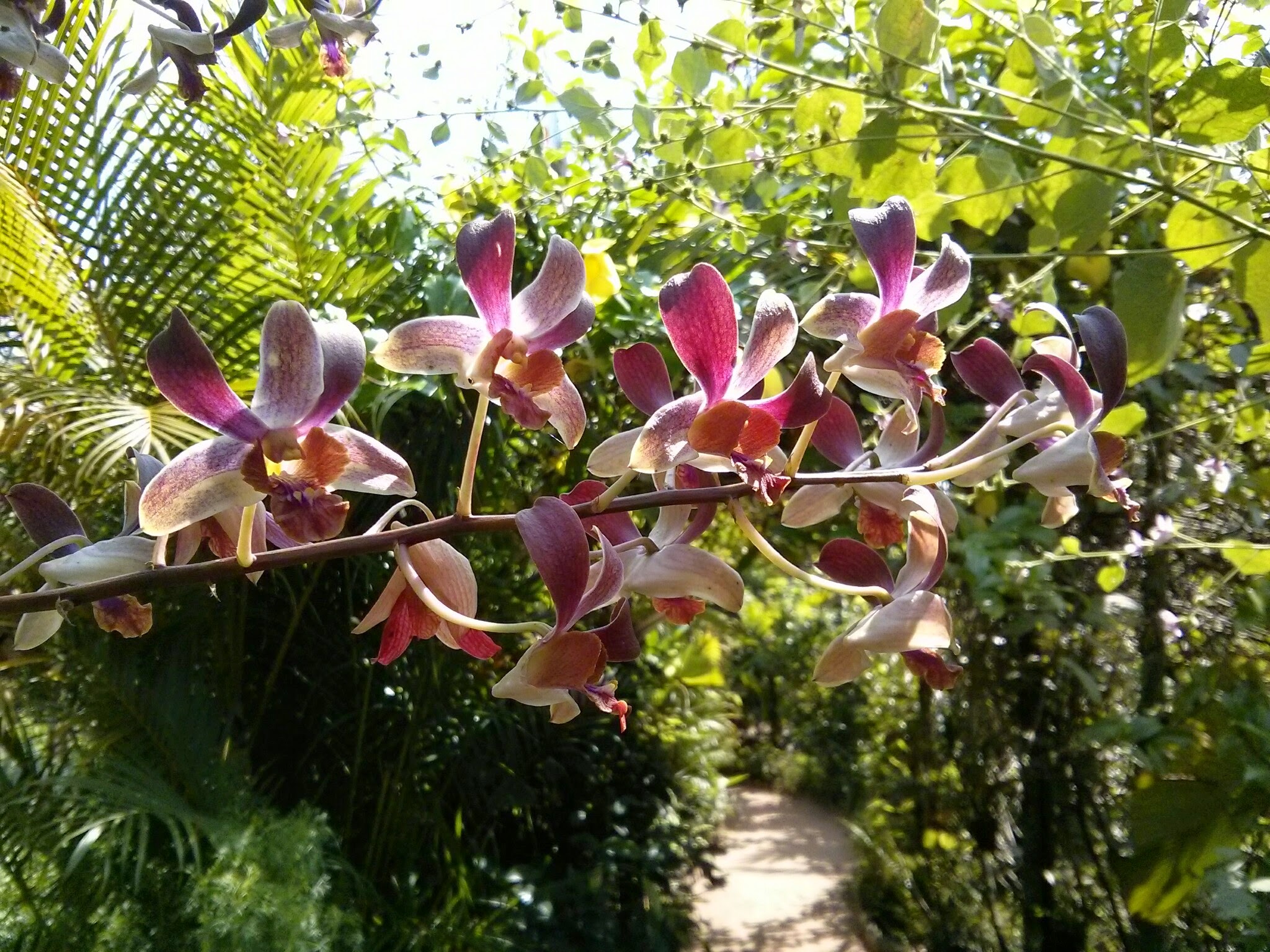Visiting the far away temples
Ignore my earlier advice about taking a tuk tuk when it comes to visiting the further out temples. The distance between them is far enough for air conditioning to be effective and much more importantly, the roads are so bad that you will relish having effective suspension in your vehicle.

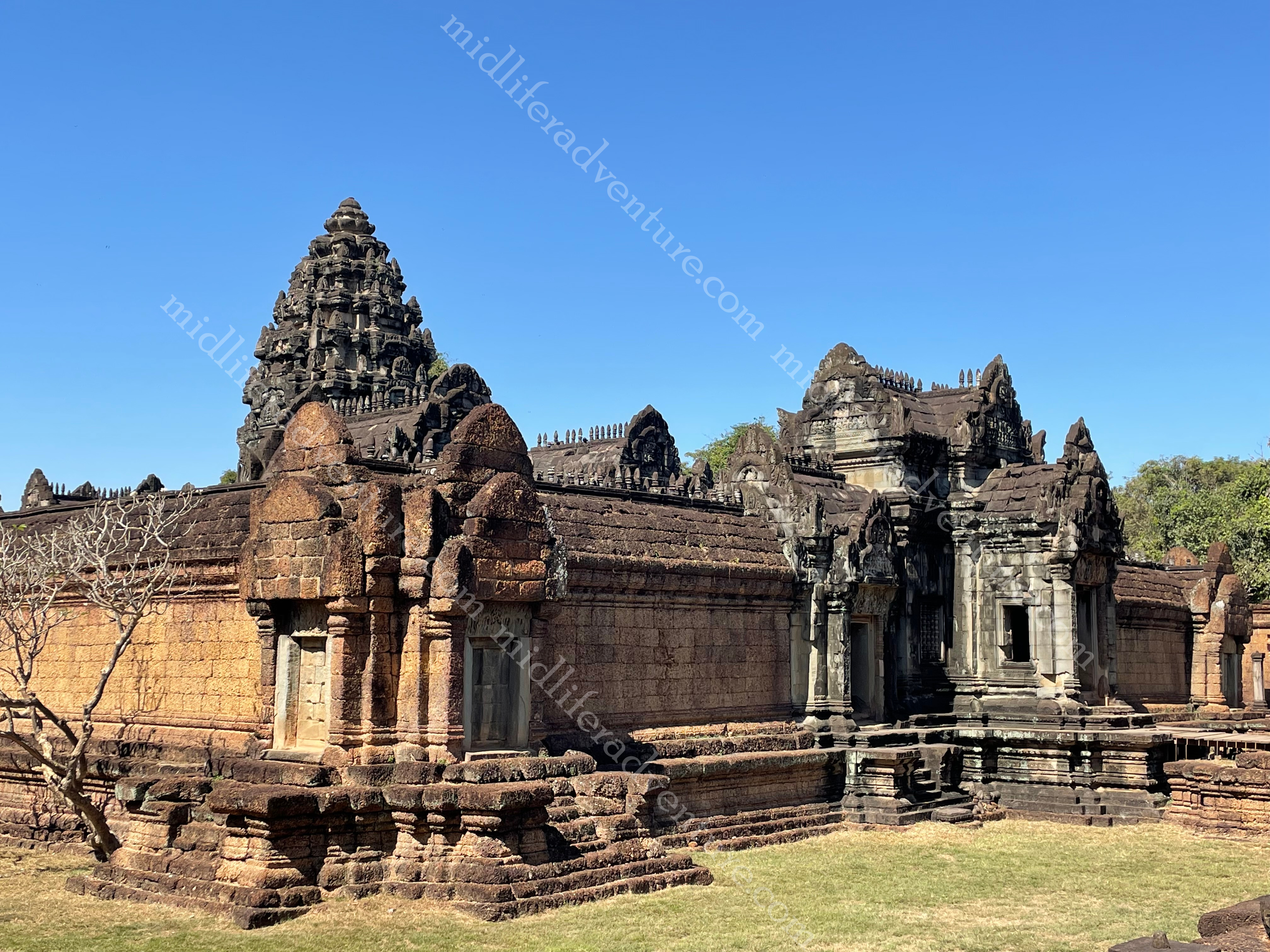

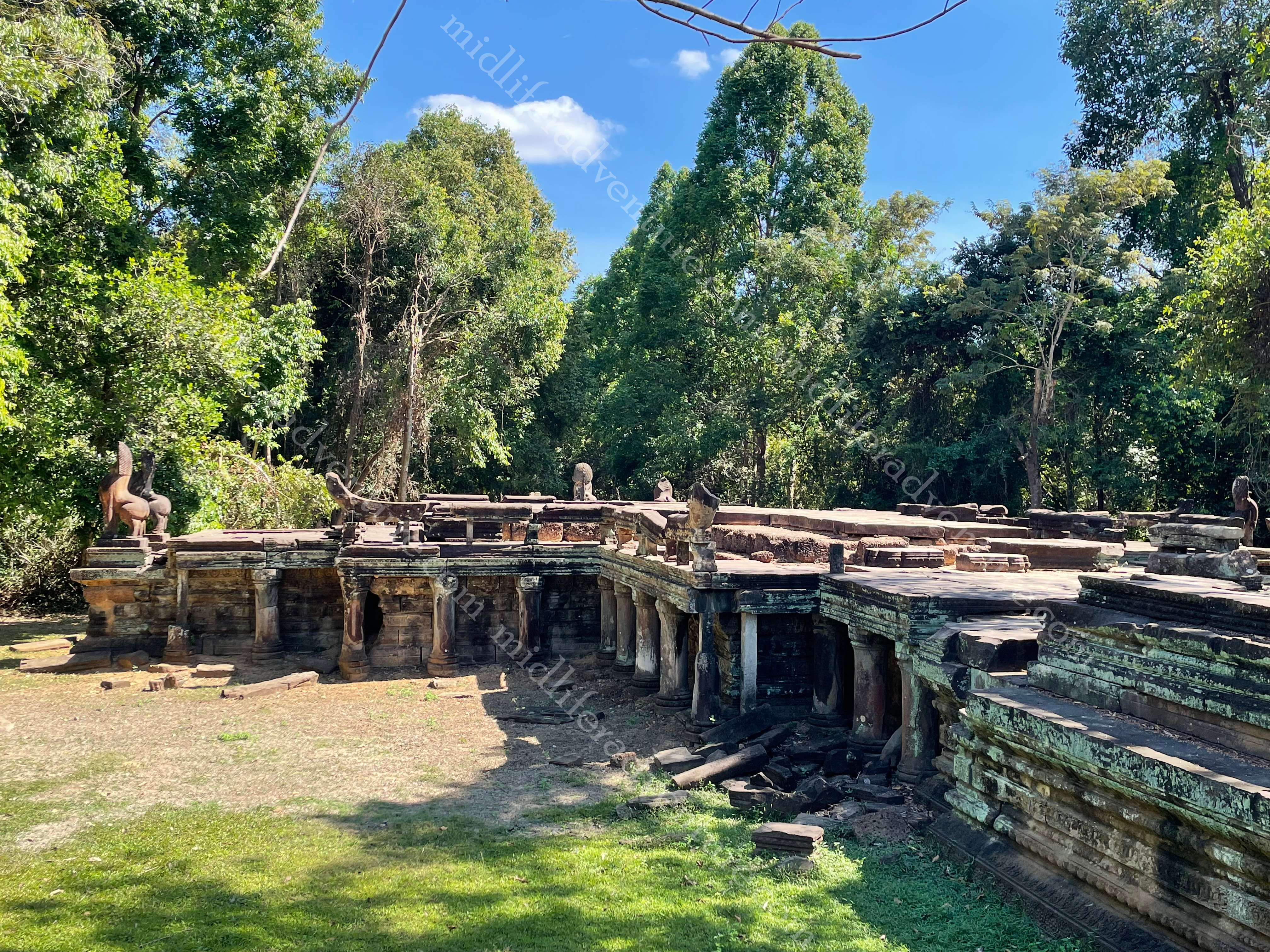
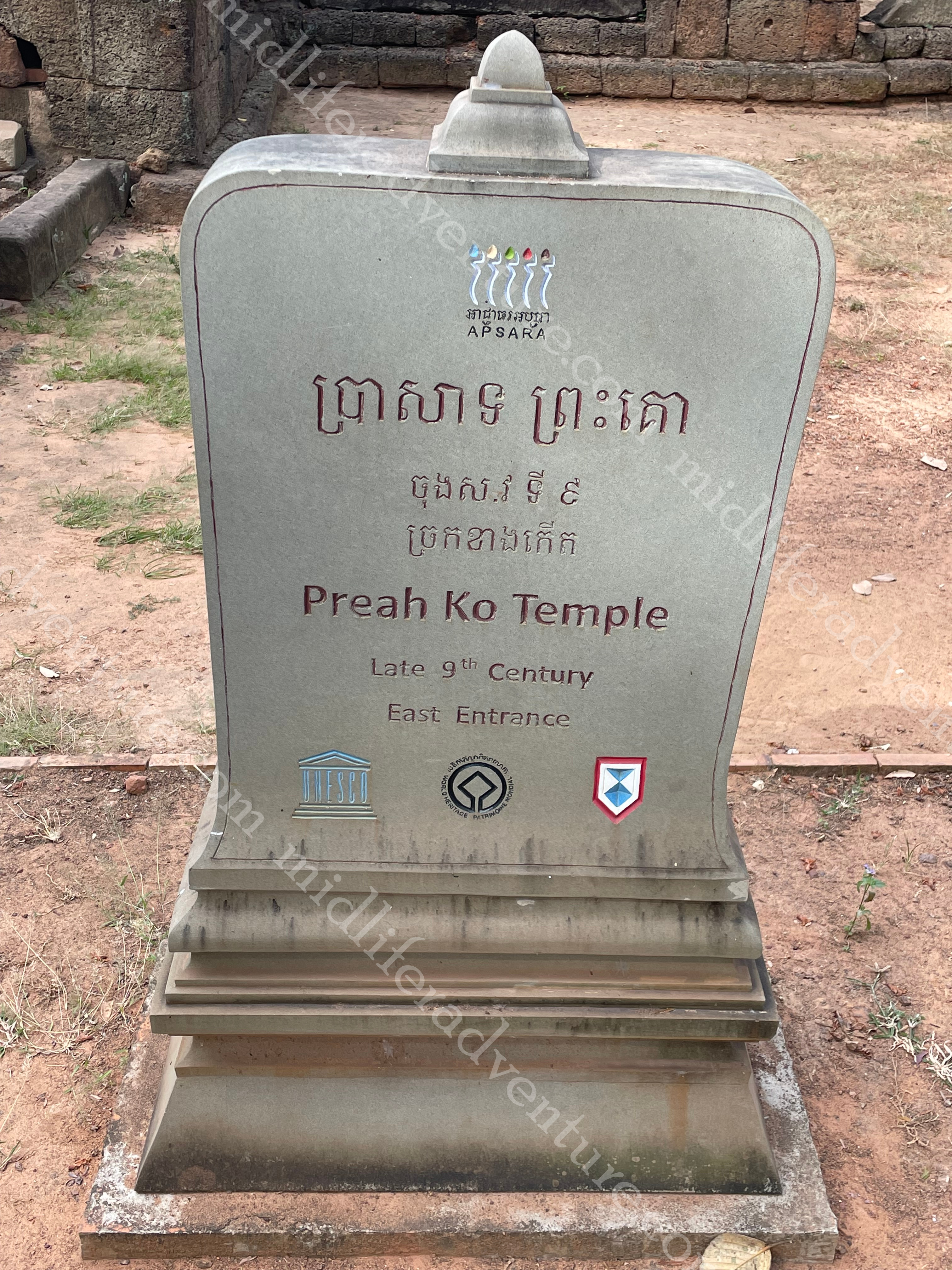
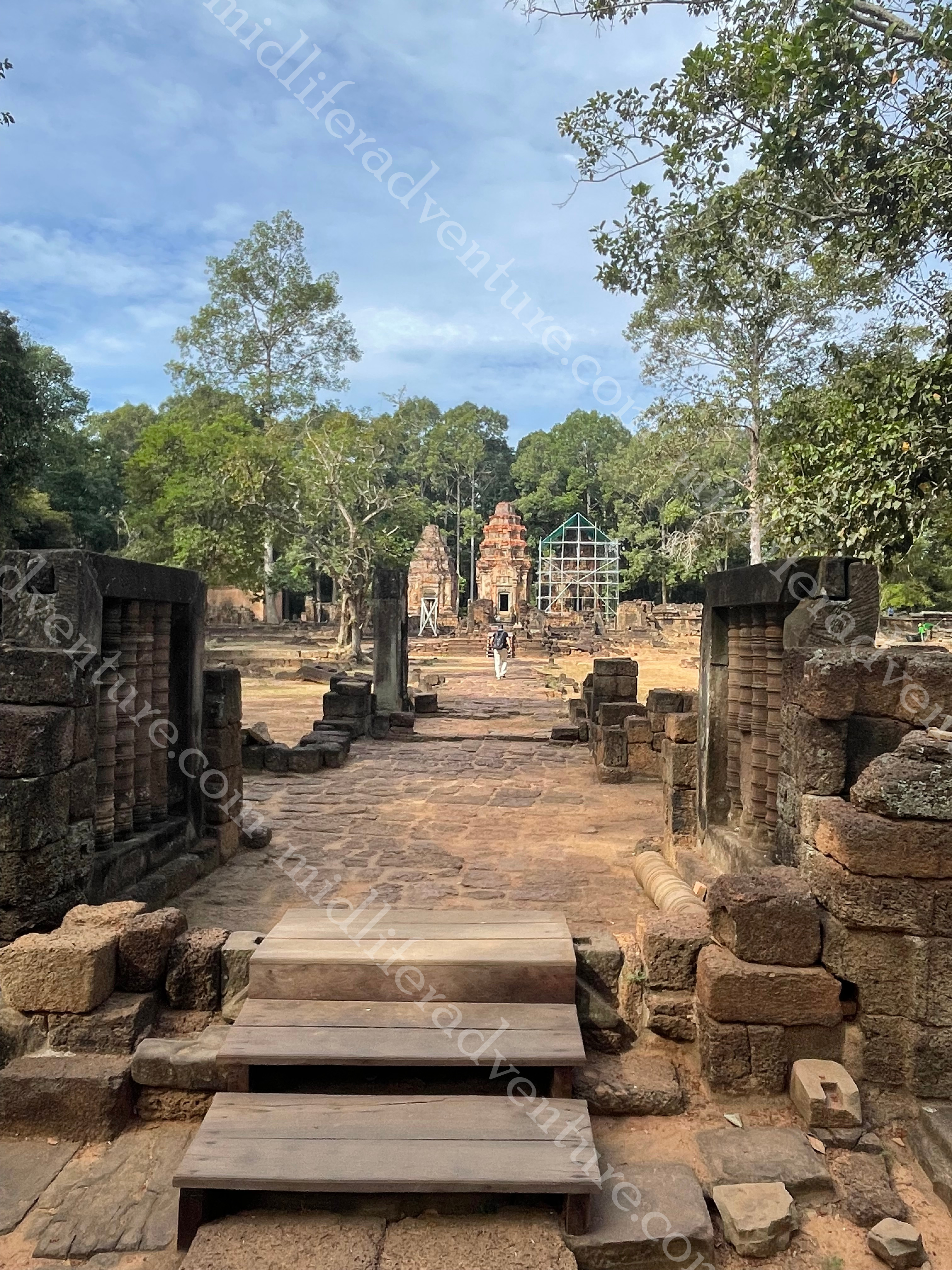
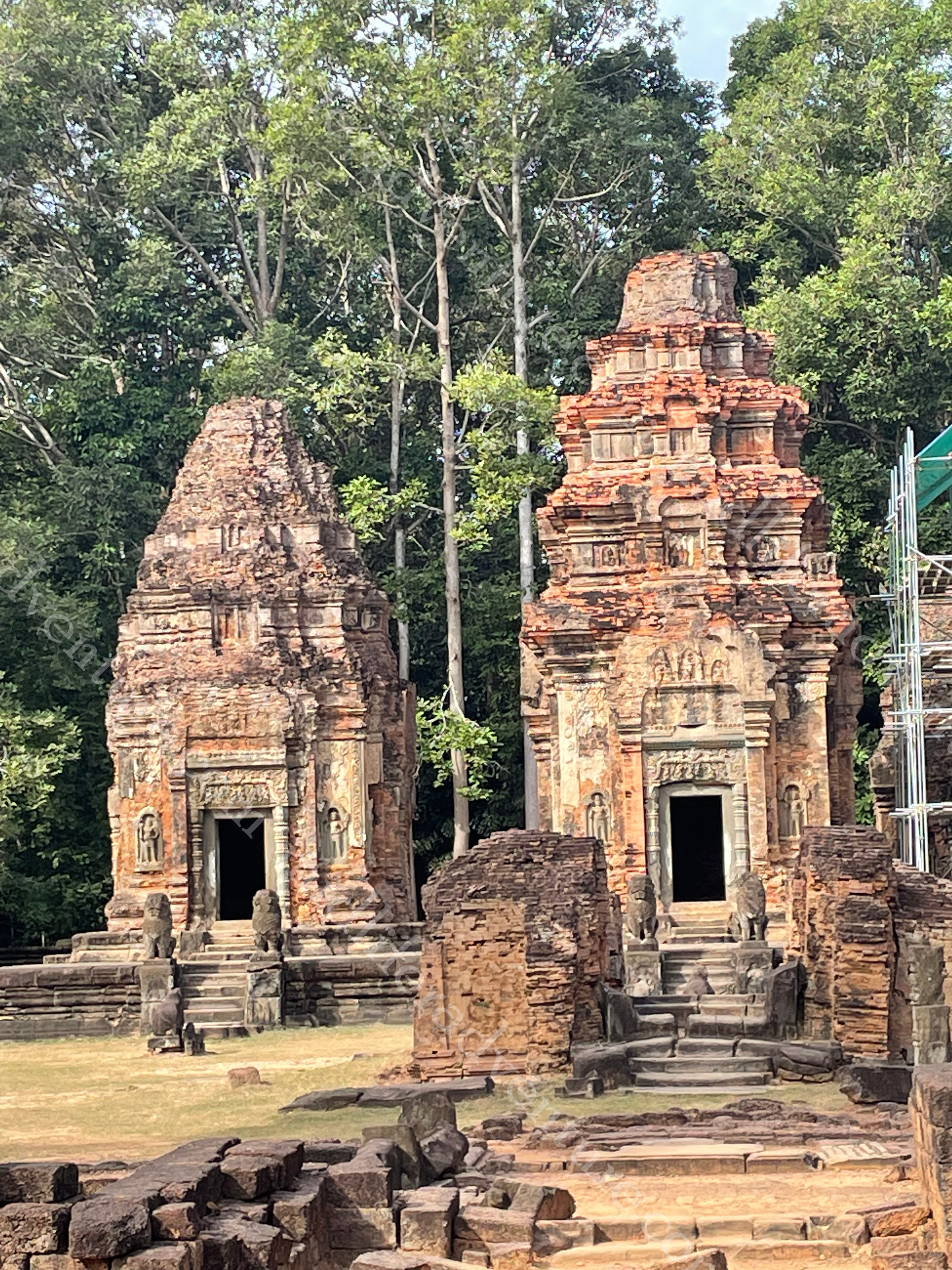
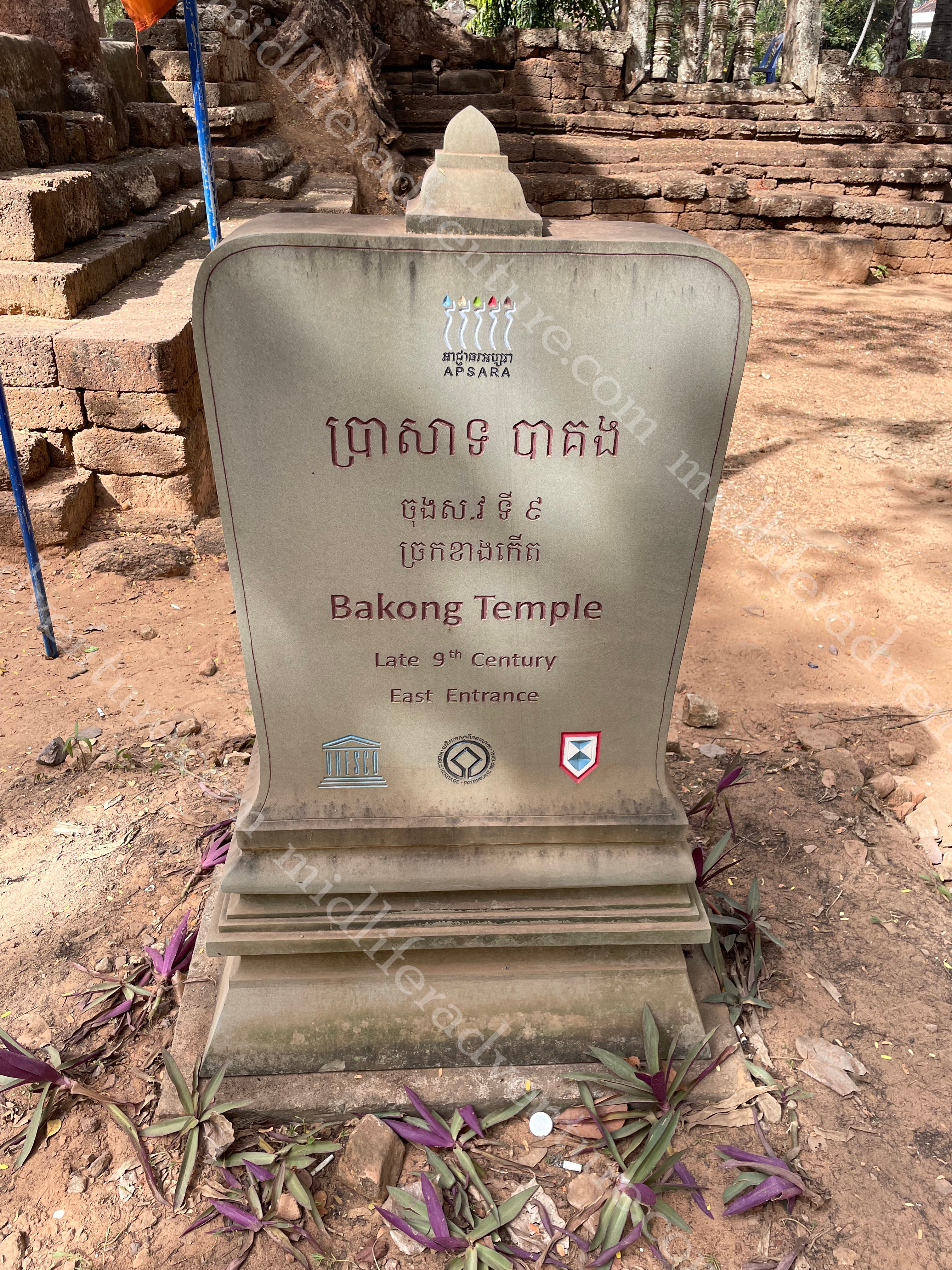

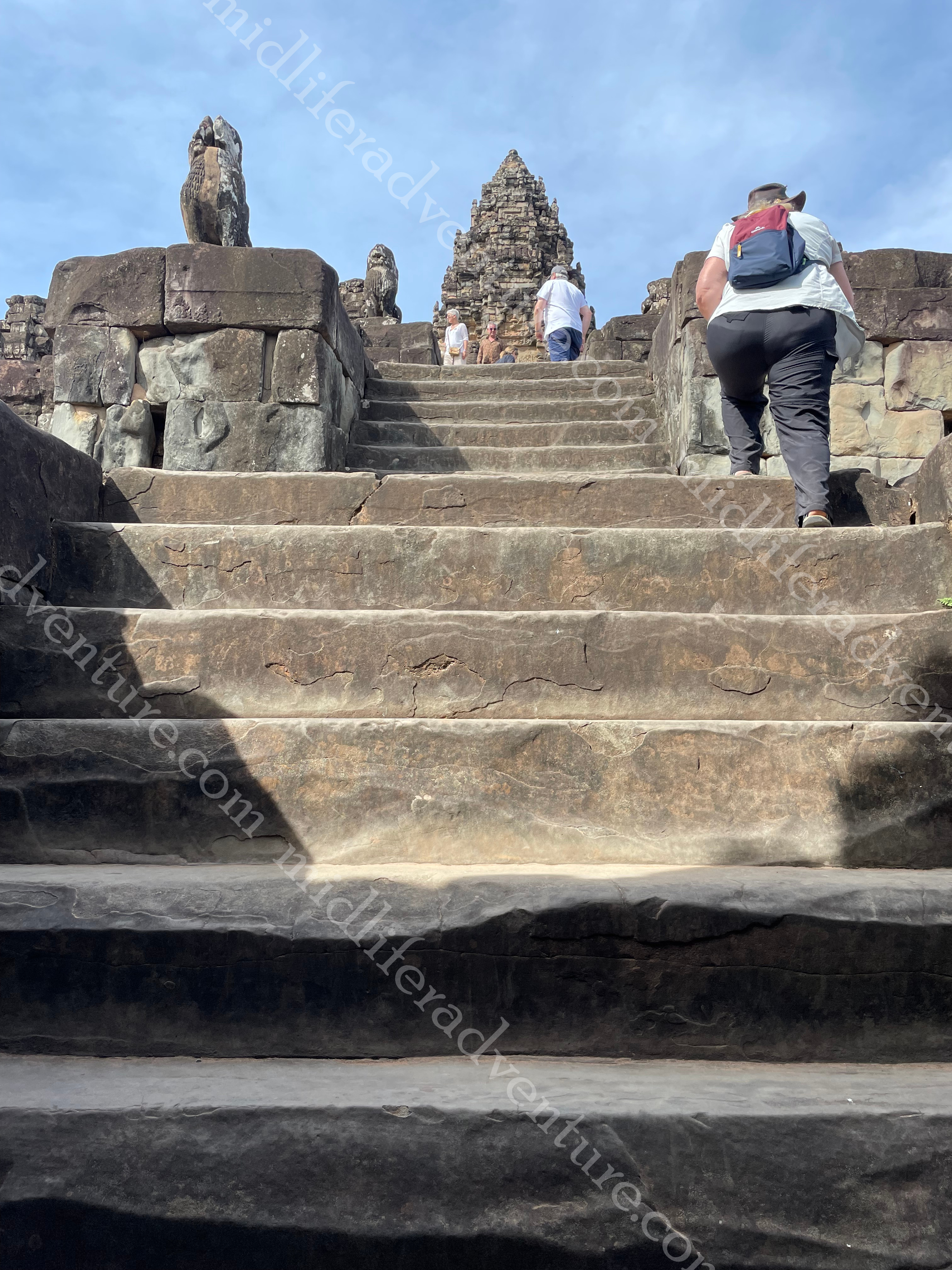
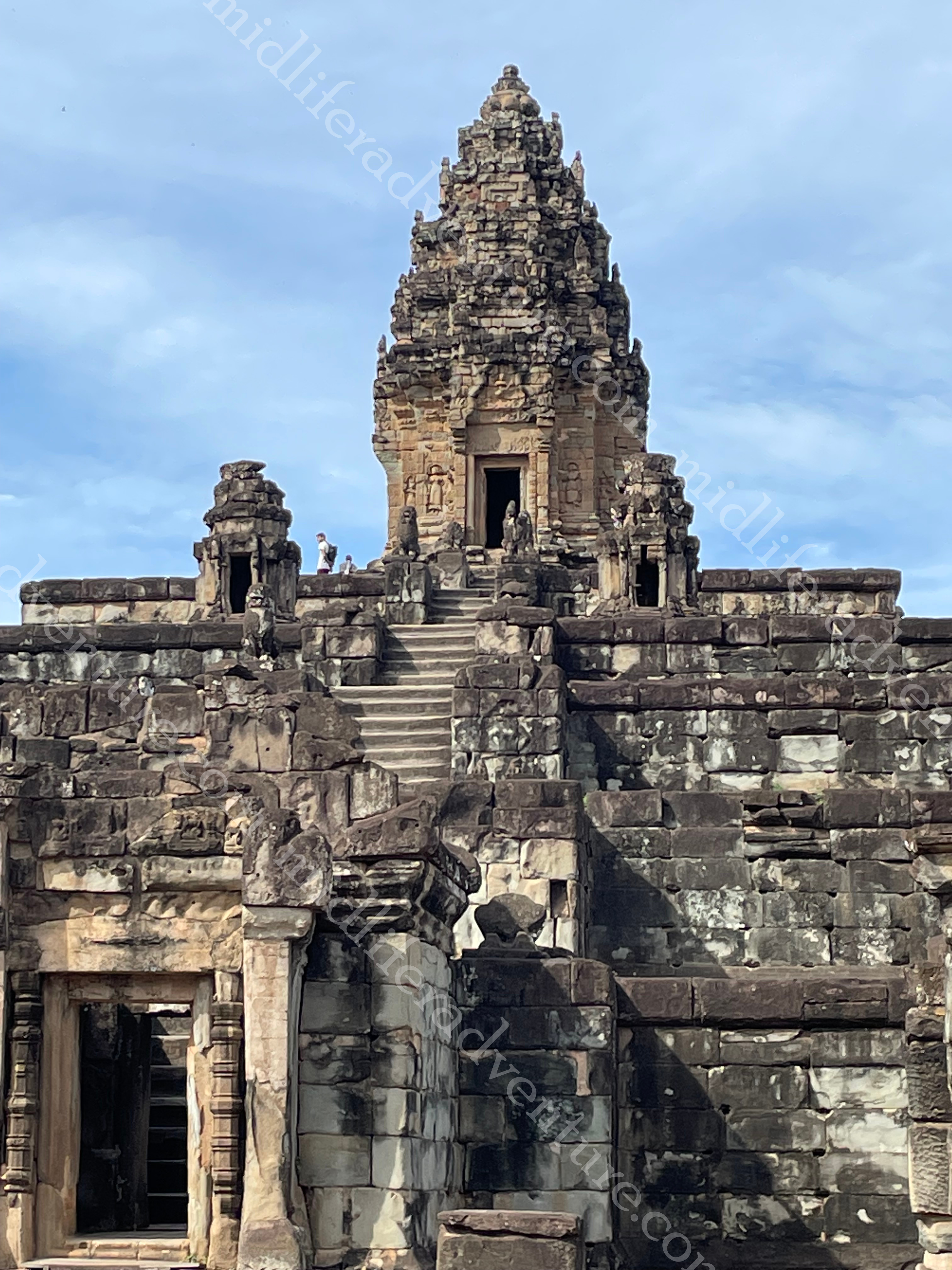
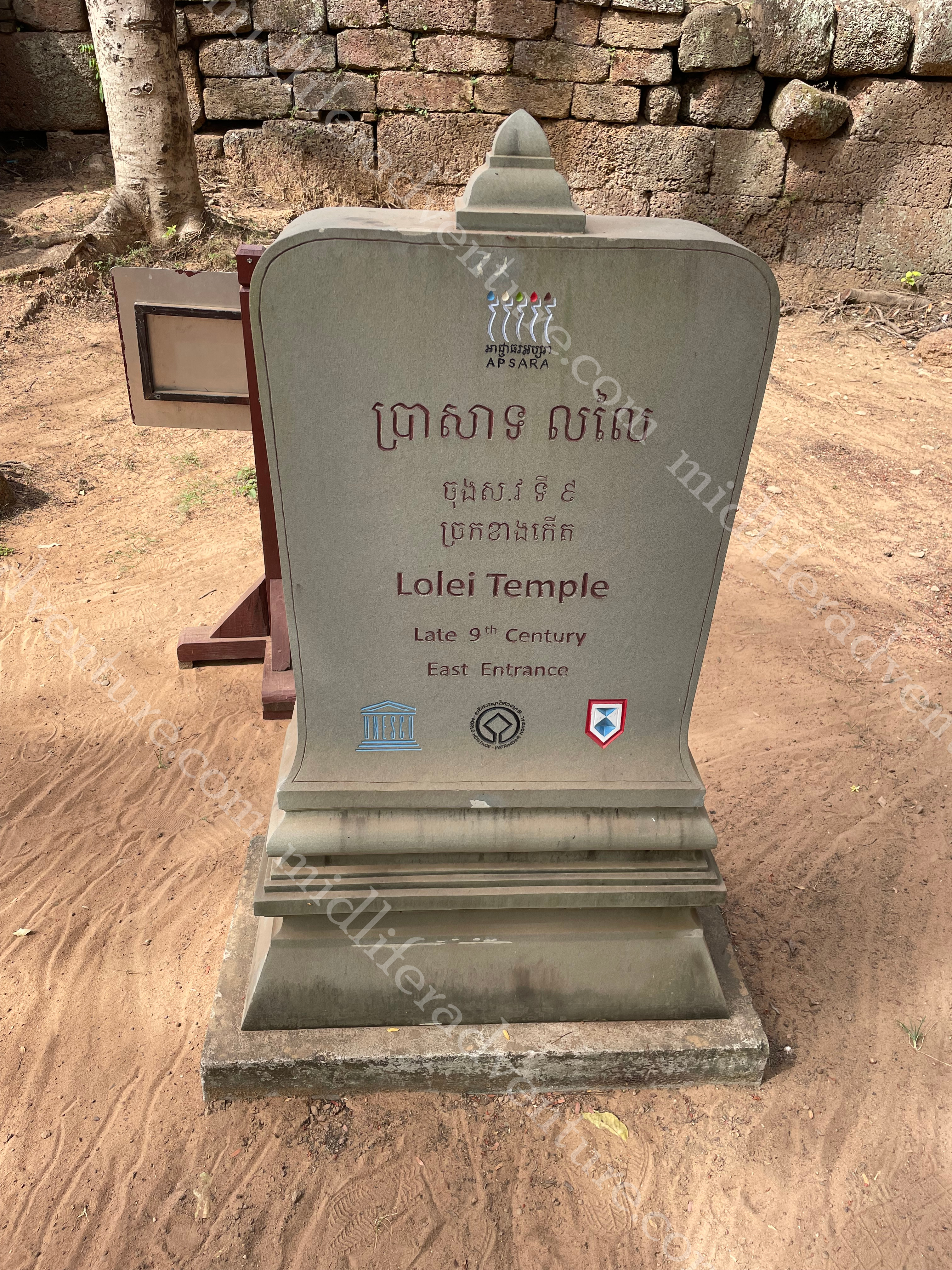
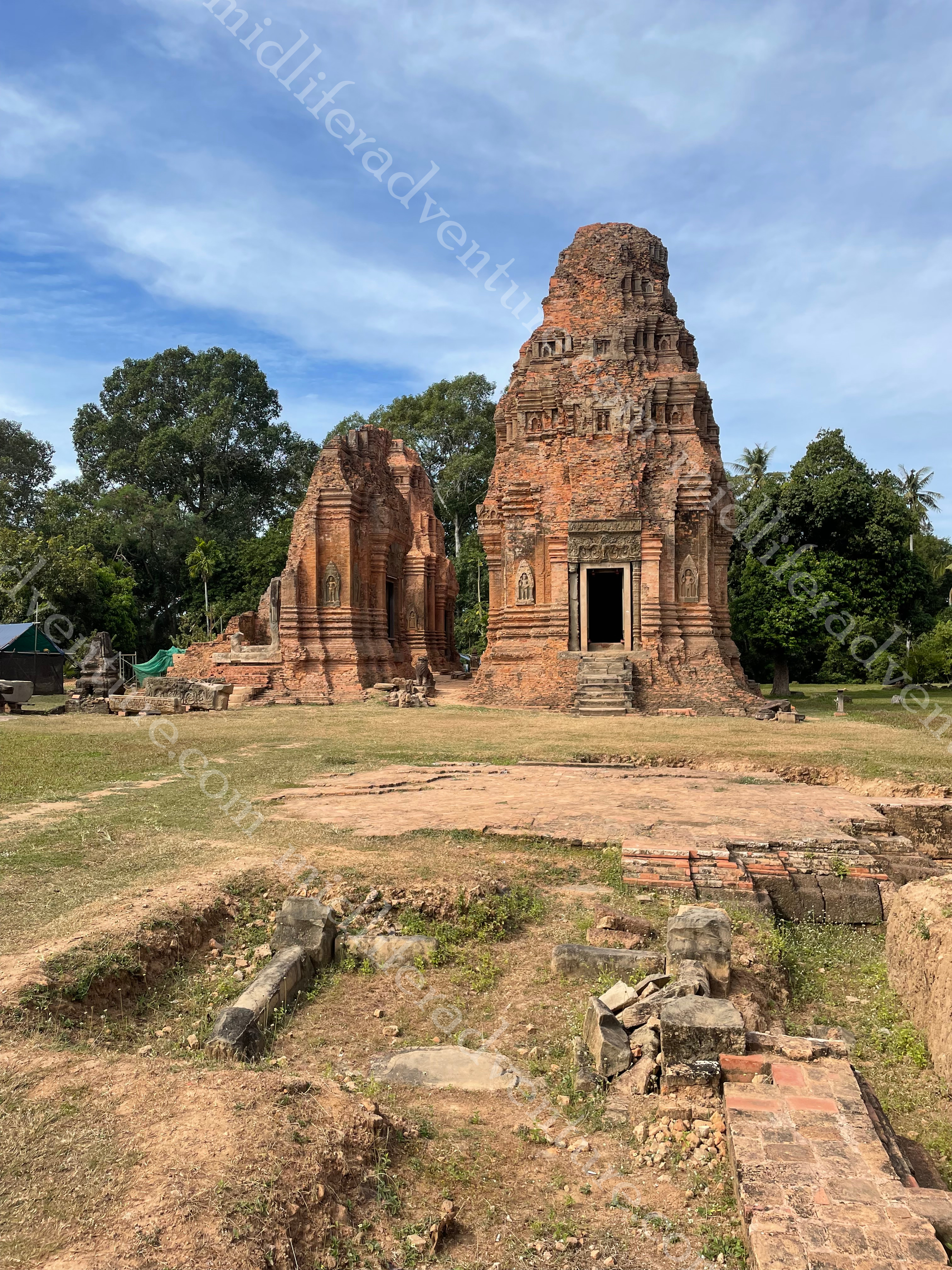
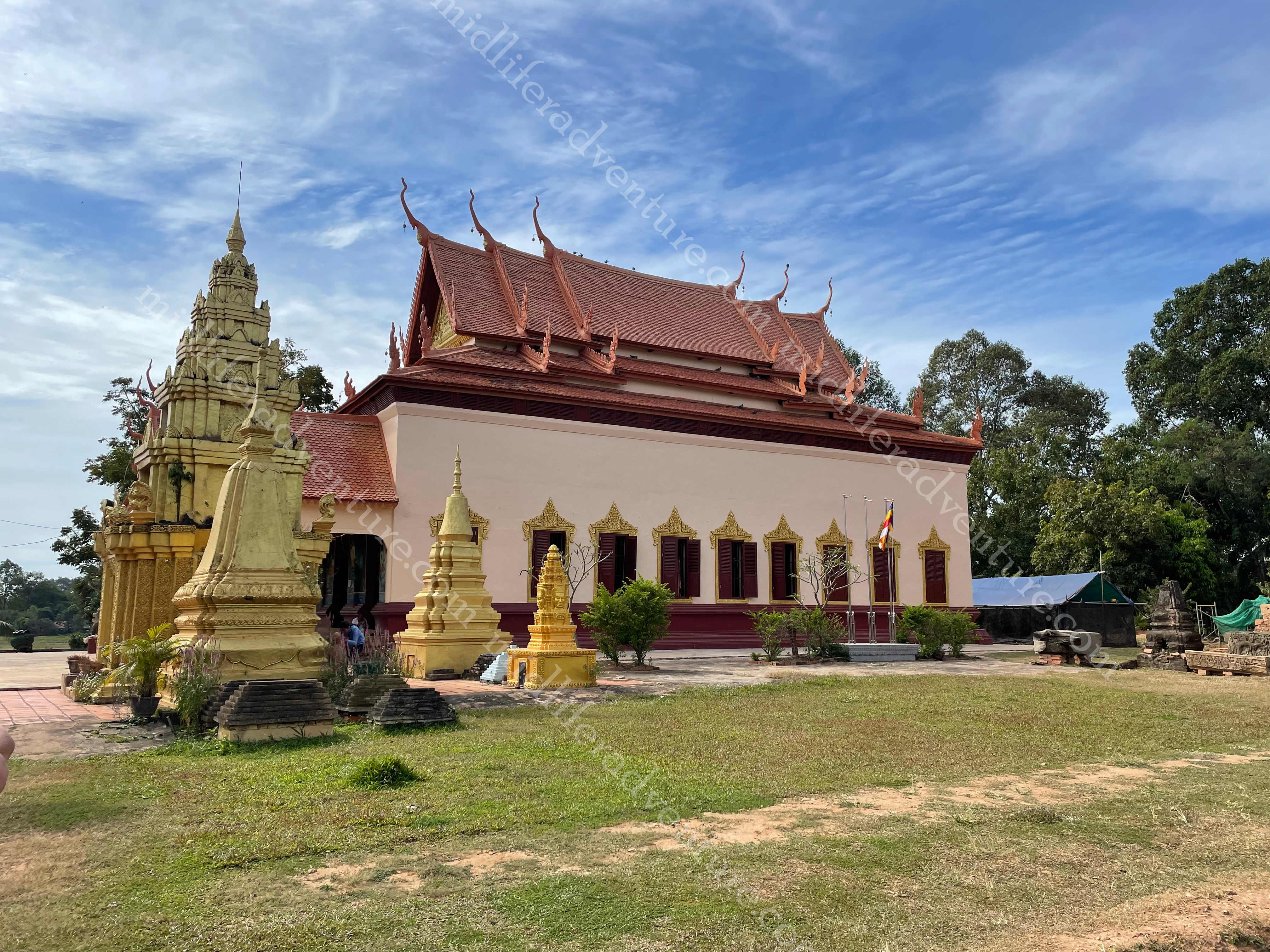
Banteay Srei
Is a 10th century temple that is considerably smaller that each of the ones in town. Because of this you can get around it a lot easier and the fact that it is made out of red sandstone means that some of the reliefs and carvings have held up a bit better making it a nice spot to visit.
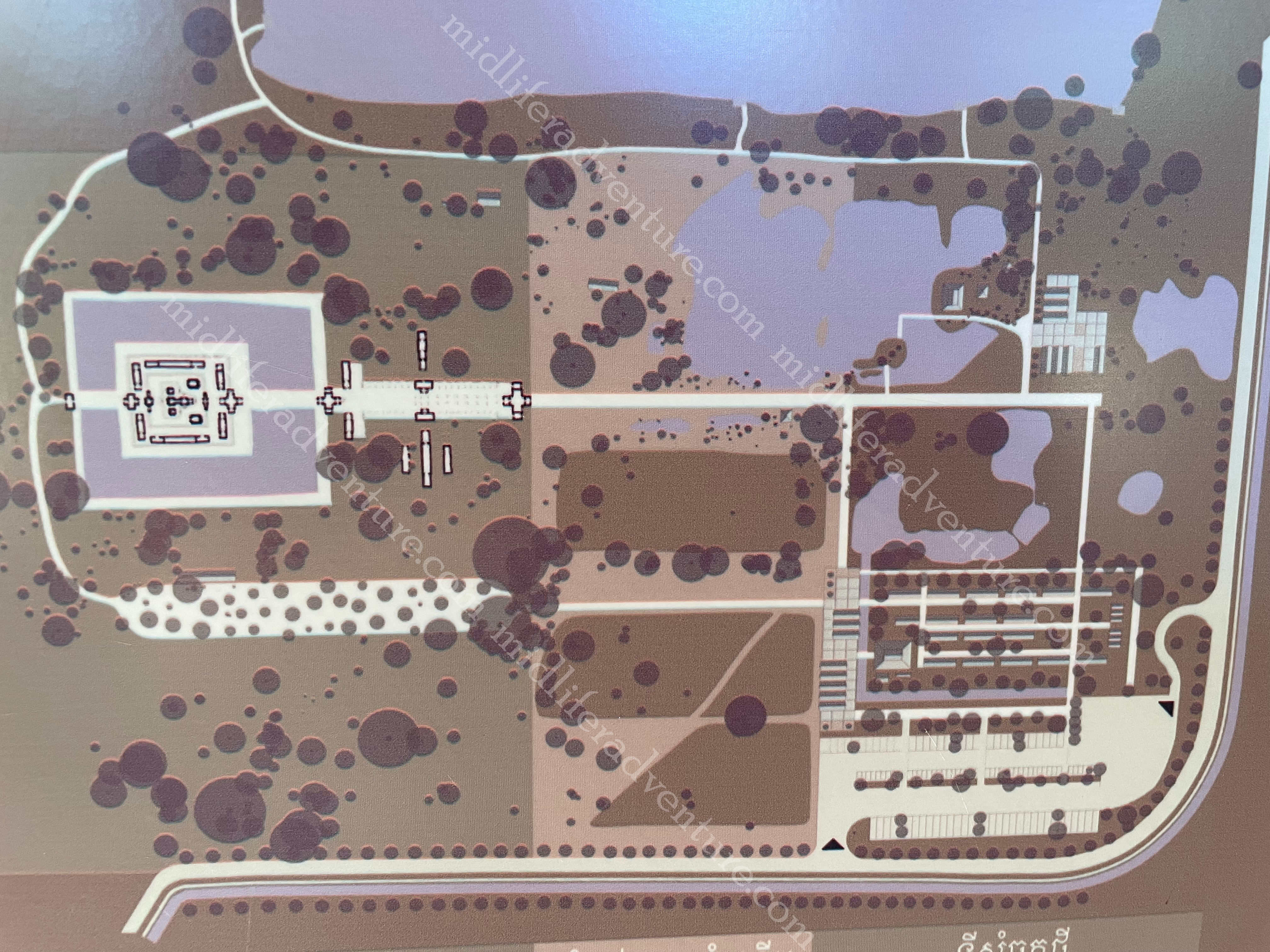
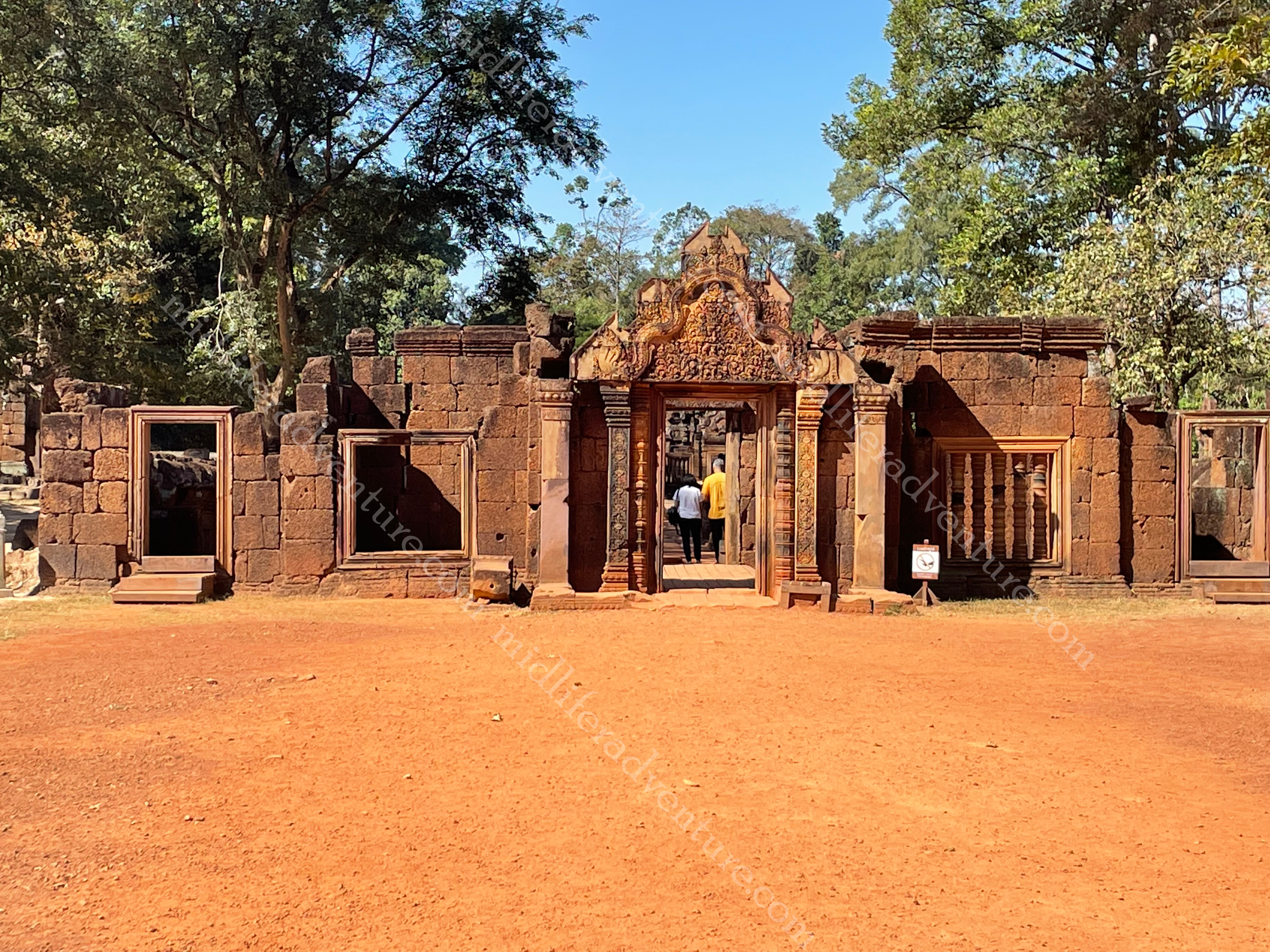
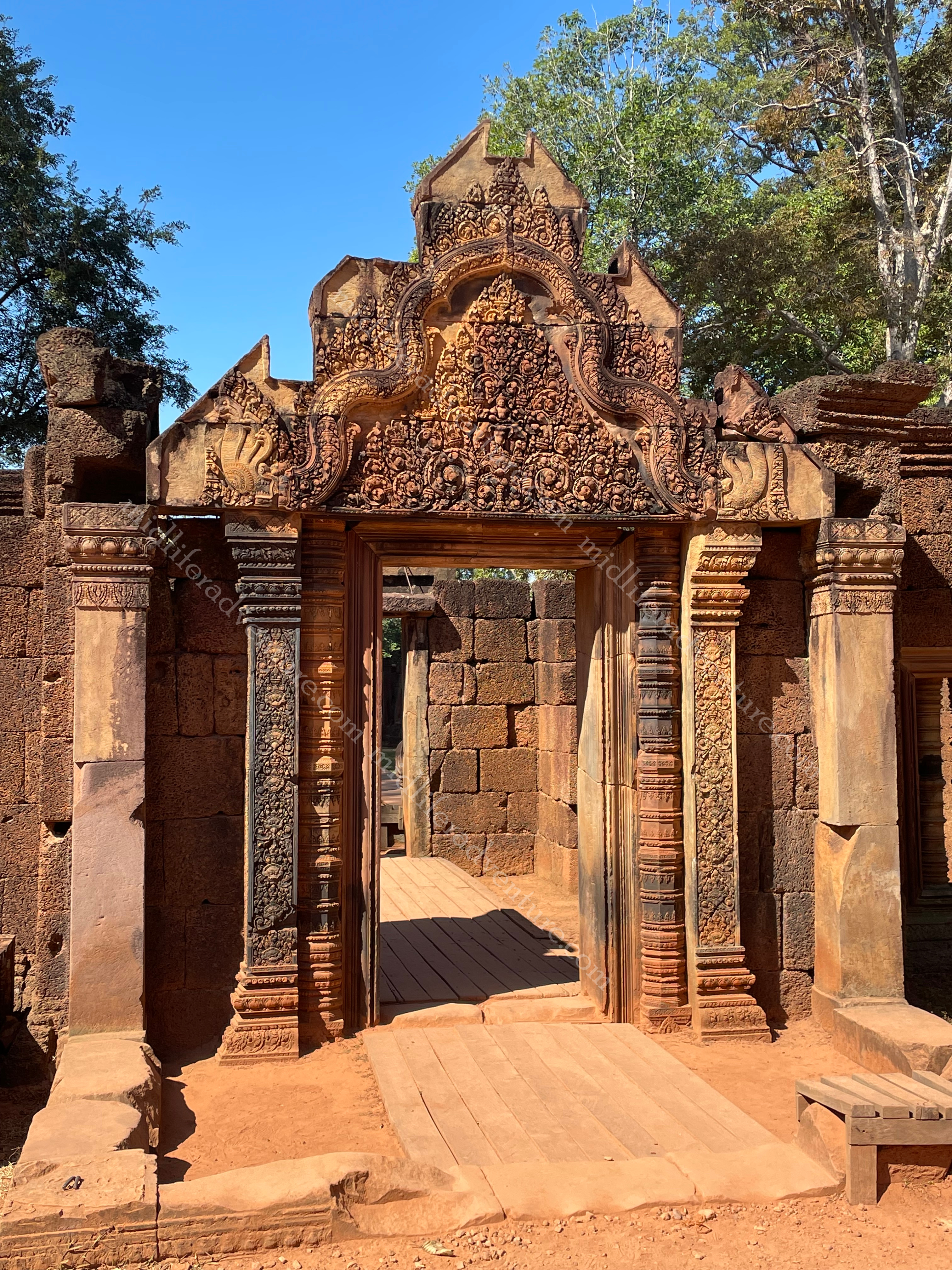
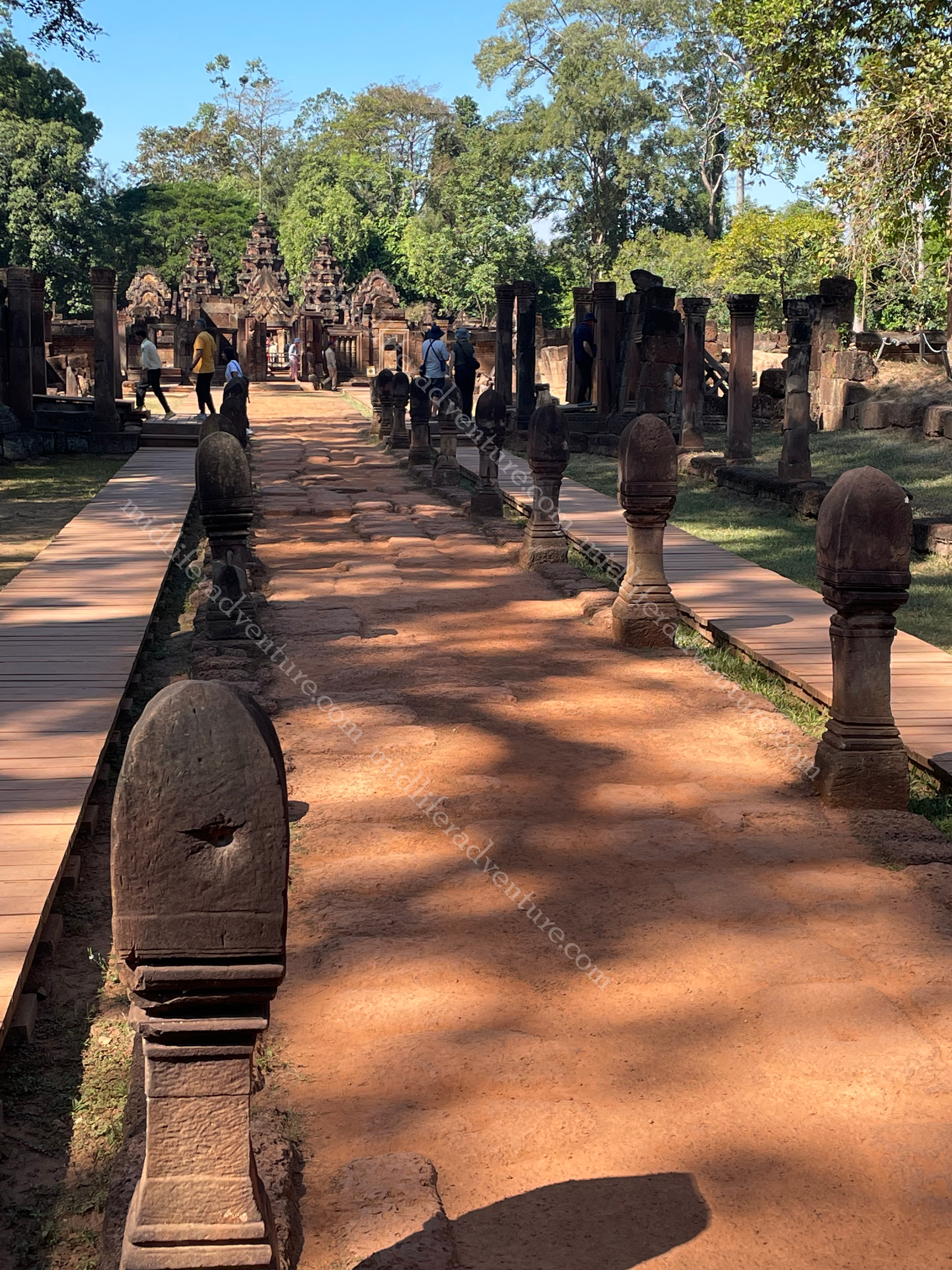
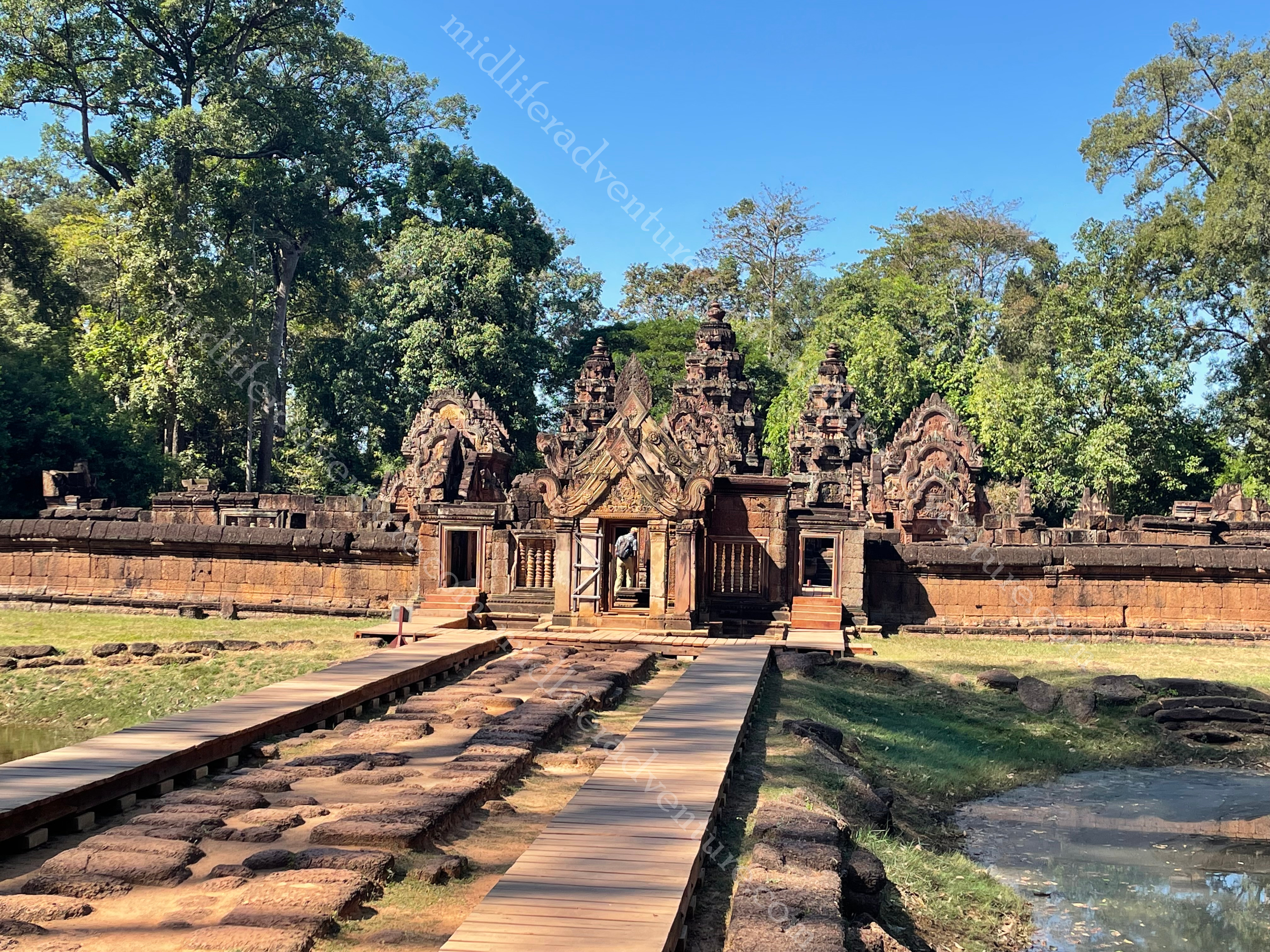
The People
Firstly let me say that the Cambodian people are lovely. There is always a smile and a wave and as at early 2023 they seem not to know how to lie and cheat (YET). With the exception of the markets, there is no bartering, the price for something is the price. English is widely spoken and even more broadly understood. The usual dramas that you get throughout Asia you do not, yet, get here in Cambodia. As the disgusting hordes have not fully descended on the place, in many ways it remains (at least partially) untouched. Yes there are massage joints everywhere, and yes they are seriously cheap ($10-12/hr) but for the most part they are offering massages and not the special happy ending types that seem to abound in places like Bali, Vietnam and Thailand. Don’t get me wrong, I am not naive enough to think that if you asked for the extra service that it wouldn’t be available or easily found but it is not in your face like it is elsewhere in SE Asia. There also is not the preponderance of old fat white guys with young Asian women, holding hands and making smoochy faces. This fact alone is refreshing in this part of the world.
But it is still a poor country and the people are doing what they can to get by. You will be asked constantly “tuk tuk sir” or “you want souvenir” or in my case the less than flattering but sadly accurate “we have big sizes”. If you brave the markets you must expect to be besieged however if you are walking down the street a light wave of the hand is usually enough to dissuade the approaches. This is not the case in the markets surrounding the temples, especially later on in the day. These guys can be quite forceful and persistent. That said, it is possible that they have not made a sale yet that day and that these are desperate attempts to earn money to feed their family.
Begging…this is a new thing since last time we were here. Begging was not a thing in Cambodia in any of our other visits, however whether it is COVID, the downturn or simply desperation it is a feature that is creeping in – especially in the early evening at meal times. Gangs of wheelchairs traverse the street food stalls begging for change. In addition there are gangs of children stalking the tables. The children for the most part are looking for recyclables such as aluminium cans however on initial glance do pass off as beggars.
Siem Reap Food
First thing to know about food in foreign countries – eat local. Local food uses the local ingredients, techniques and has been tried and tested to be good and more often than not cheap. You will invariably see signs that offer you the sorts of food that you are used to, grew up with or are just your favourites. With very few exceptions…these will be terrible. I have been caught out in this regard so many times it is not funny. Pizza and pasta seem to be my personal main failure points. The longer you are away from home the more you will be tempted to order something familiar. But it will invariably be bad, expensive (comparatively), poorly executed and will leave you feeling disappointed.

Second thing to know is that we are fairly adventurous eaters and are not (normally) afraid of the street food stalls. These tend to offer the best and most authentic foods at the cheapest prices. Lets be honest here, I am a little more likely than Jill to get into the weird and wonderful things but she is certainly not afraid and once she gets a taste for something there is no stopping her. That said, there are some things she will just not come at.
Albeit you do often end up eating on tiny tables while precariously perched on a plastic stool that was designed for toddlers.
Either way I am certain they are not rated for my XXL frame. So each time we go, I gently lower myself onto one of these plastic kindergarten chairs and hope and pray that I do not have the embarrassment of coming crashing down mid meal.
So far so good…
Cambodian Food
Cambodian food is simple but great. Typical of the region, soups, noodles, rice and BBQ sticks are the order of the day. There are the two most famous Beef Lok Lak and Fish Amok. Our first time here we did a cooking class and learnt how to make these along with some spring rolls. The fish amok is a mild coconut fish curry that is steamed in banana leaves, while the lok lak is a stir fried beef typically served with a dipping sauce of salt and pepper with fresh squeezed lime juice. Fried rice is of course available everywhere as is a range of noodle, meat and vegetable dishes.
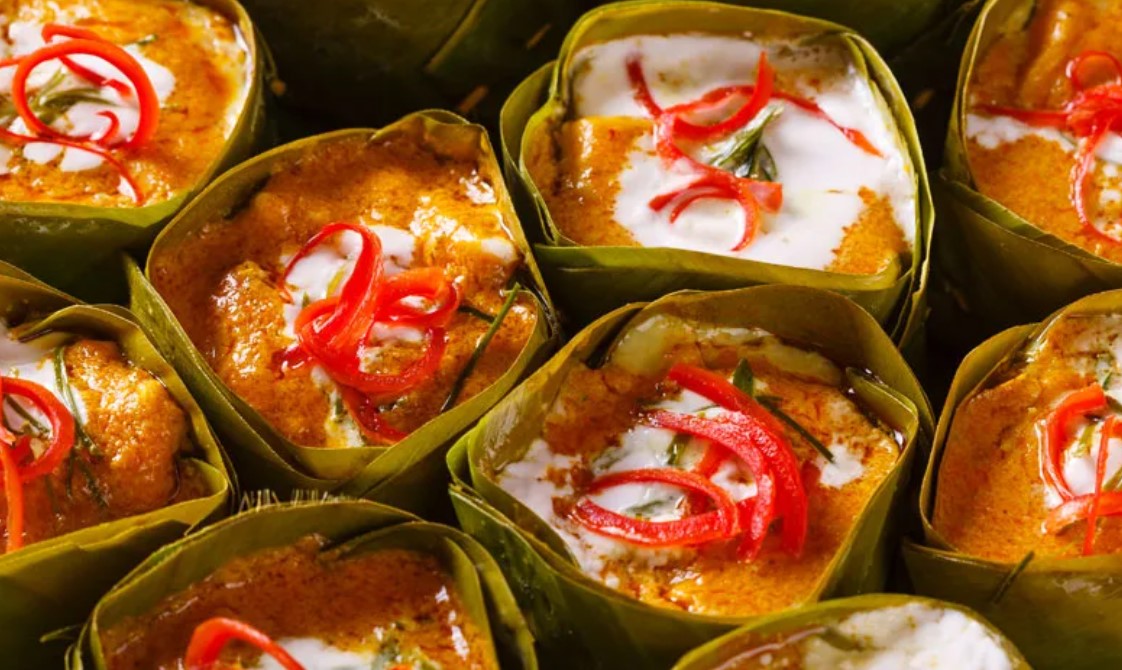
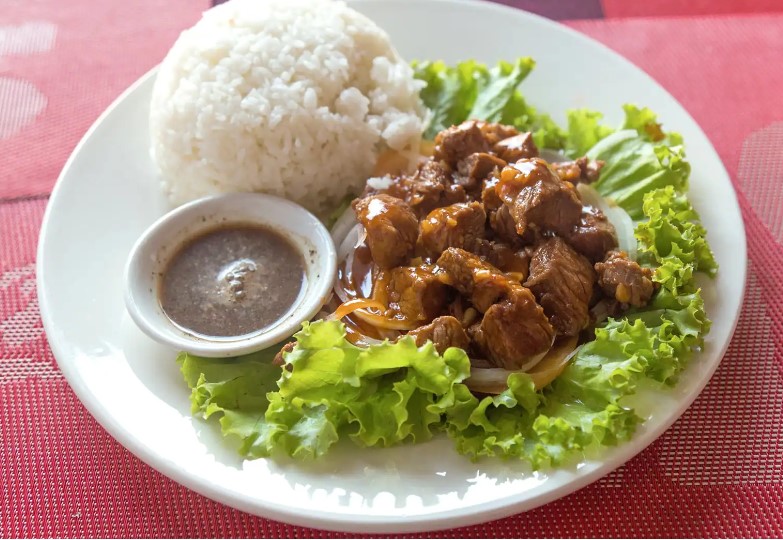
If you are anything like us when it comes to food in a foreign country you tend to pull up at small side of the road stand or restaurant and stare at the pictures on the menu pointing at things that seem vaguely recognisable or at least inoffensive. If this is the case Kuy Teav is the staple for both breakfast and lunch and you have probably had it without even knowing that you have. It is a kind of rice noodle soup with random acts of stuff thrown into it. Num Banh Chok is kinda the same but it usually uses a fermented noodle. These two are available virtually everywhere and is so common it is usually just referred to as Khmer noodles. If you didn’t have one then it would have been the other.
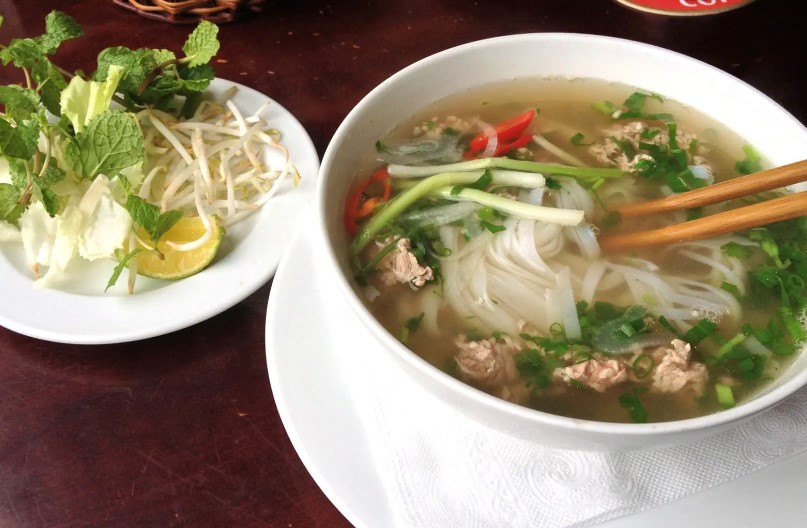

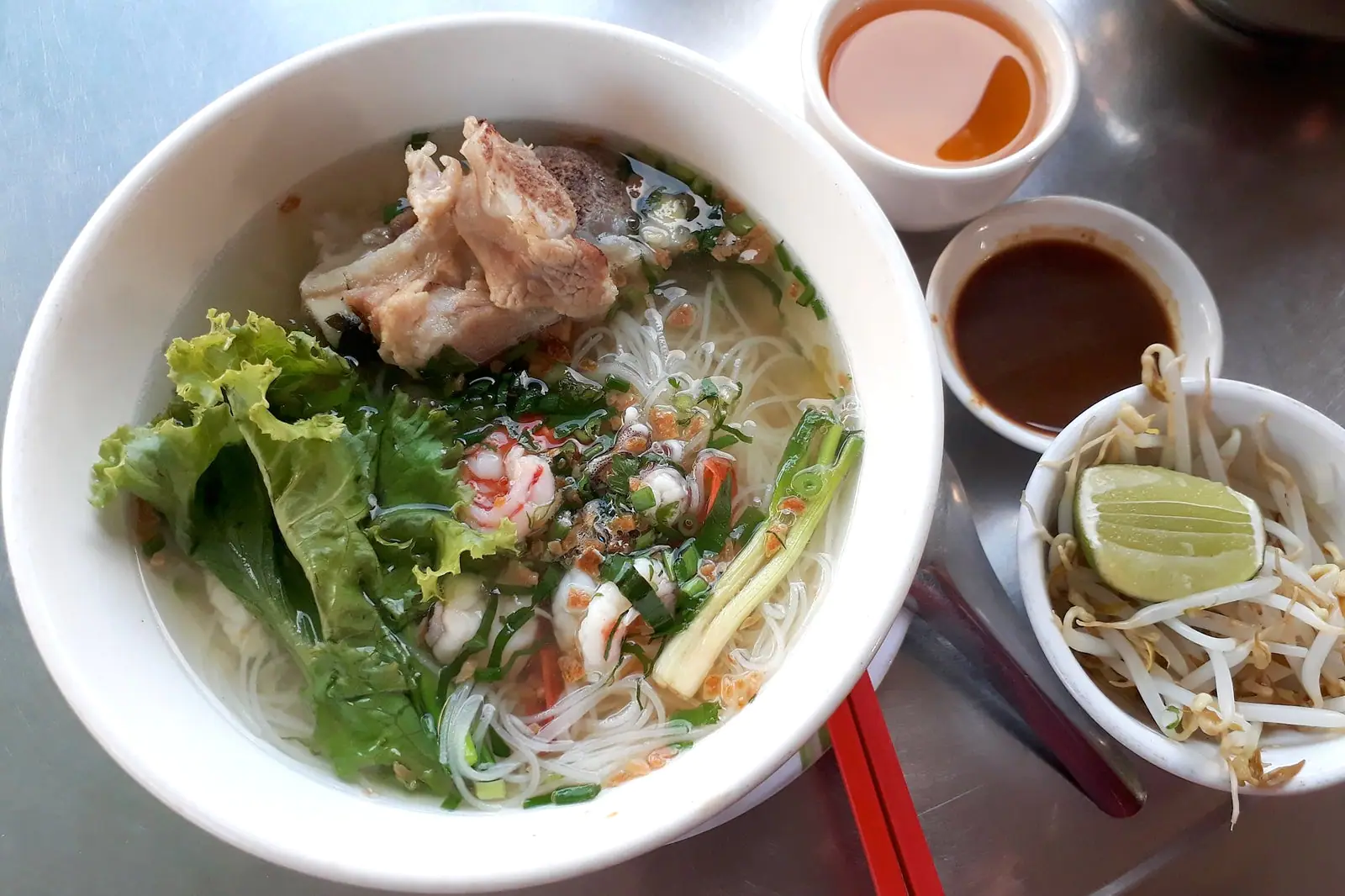
Num Pang is a local Cambodian version of the Vietnamese Bahn Mi or traditional Cambodian sandwich.
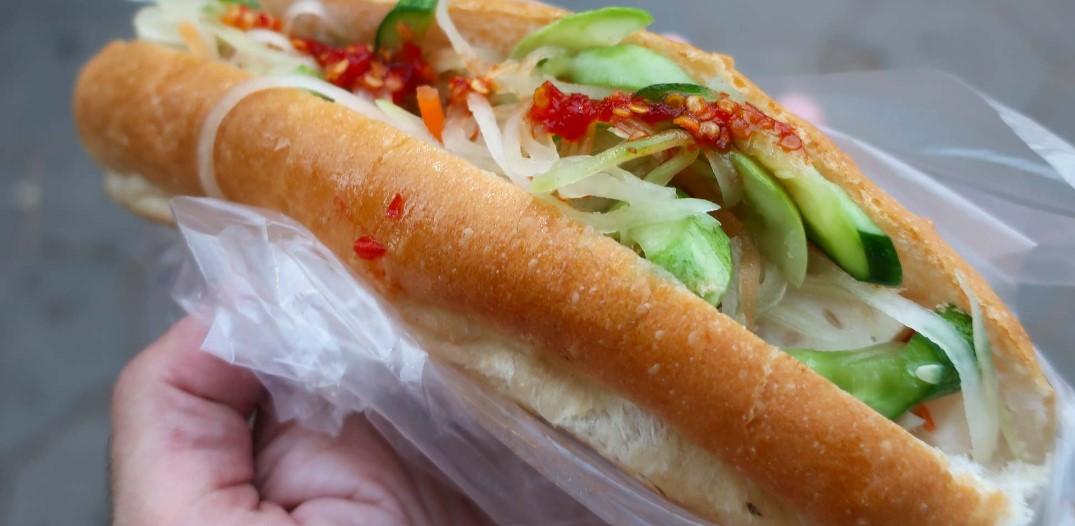
These usually involve a crispy bread roll (demi-baguette) that comes with pork and a pickle mix of carrot and daikon often added to by some local salad like cucumber, tomato, fresh herbs such as coriander, and an optional chilli sauce. This has become a quick lunch for us and for between $1.25-3 we get 2 rolls and our lunch is sorted. Jill dodges the chilli while I dodge the cucumber and coriander.
The interesting thing about ordering the Num Pang is that I have been to the same stall on 3 different days, I have been served by the same woman, and I have received the same item, but I have paid a different price every day. To be fair, if I were comparing a Banh Mi with a Num Pang the Vietnamese do a better version. But the Cambodian Num Pang is still very tasty and for about a buck, you cant do too much better for lunch.
Other lunch and dinner specials include: Bai Sach chrouk (pork and rice), Num Kachay (chive cakes), Nhoam svay kchai (green mango salad) and Lap Khmer (Beef salad). The food is simple and basic but also tasty and (as long as you avoid the tourist strip) cheap.
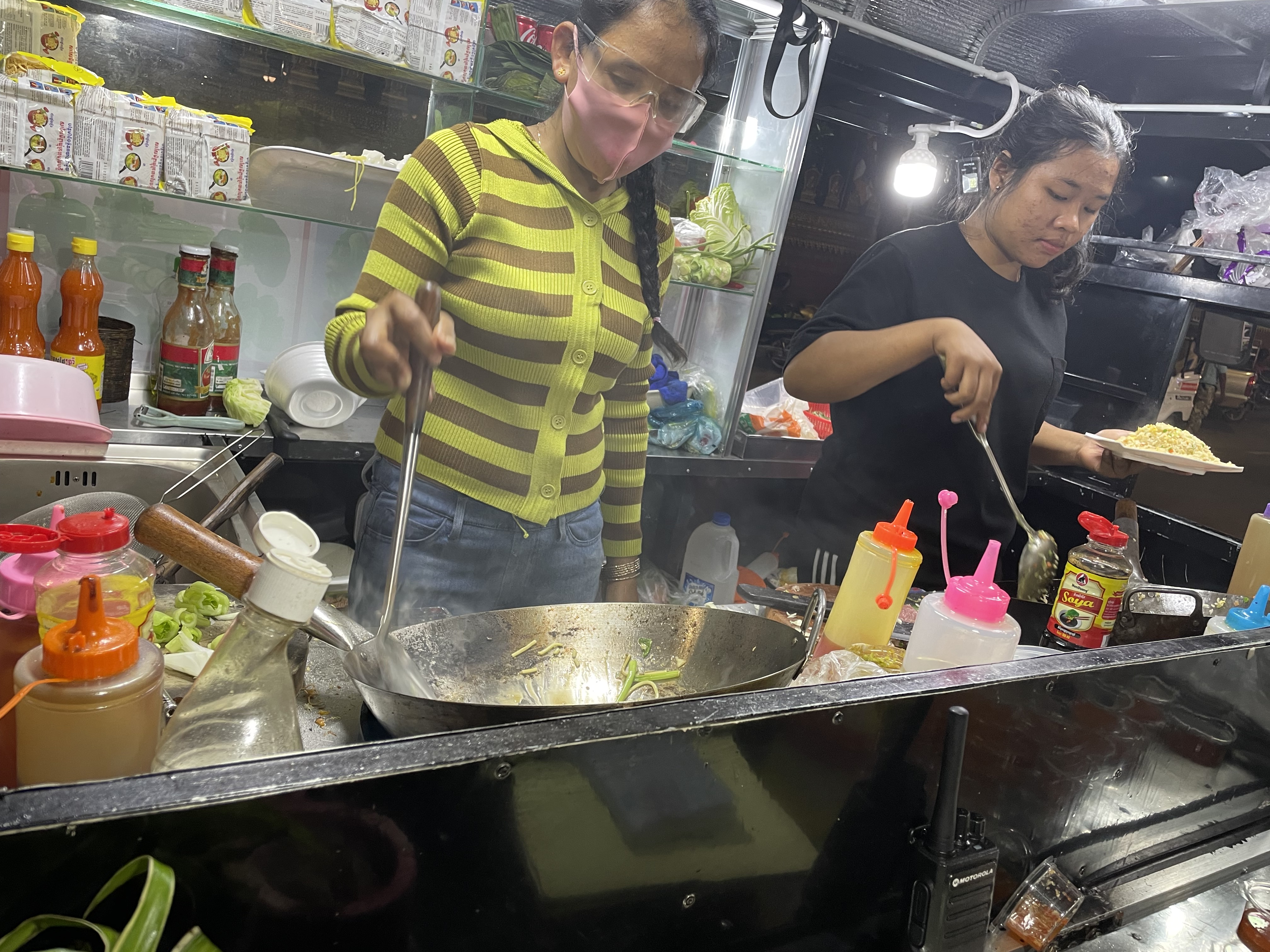
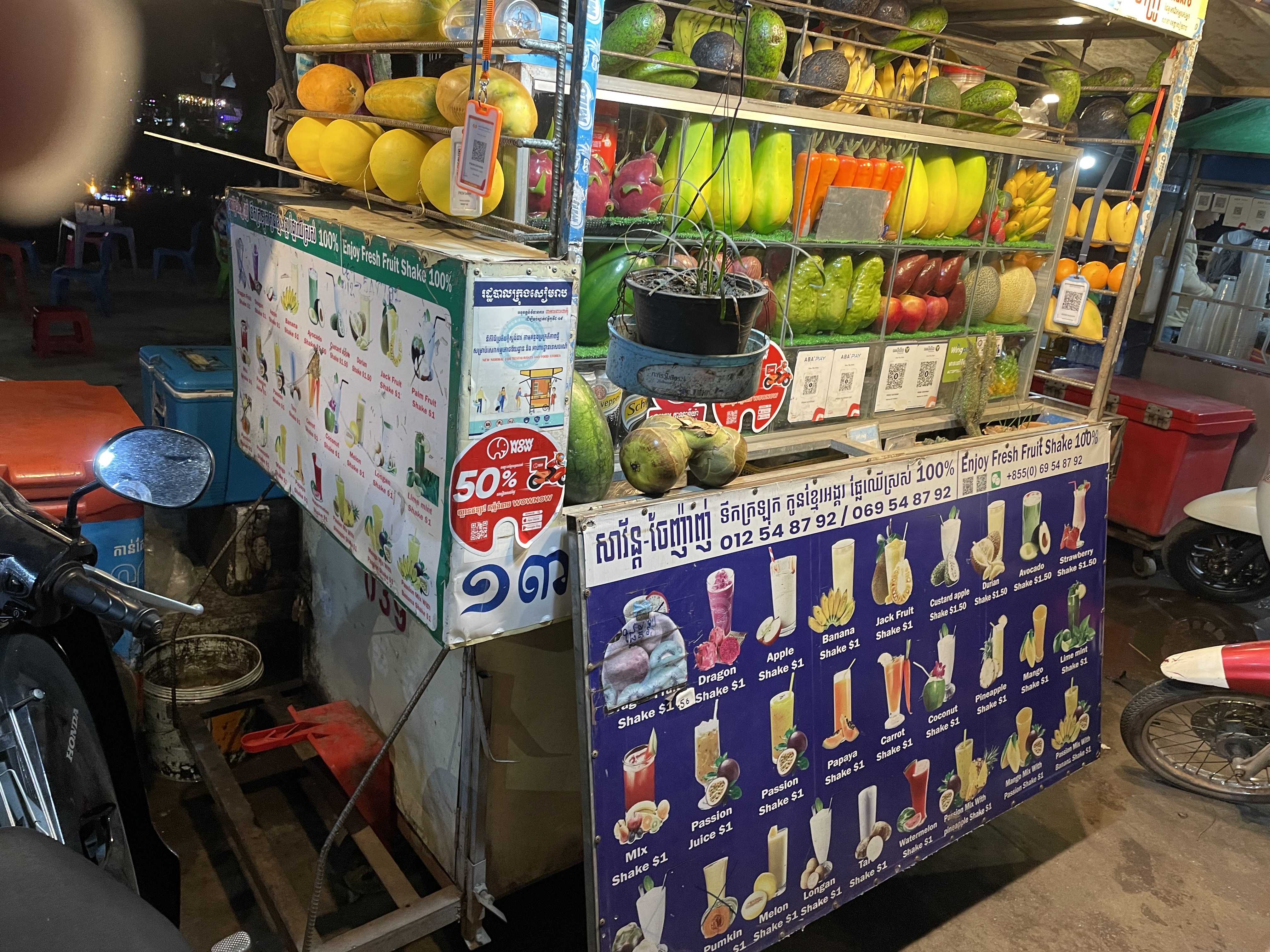
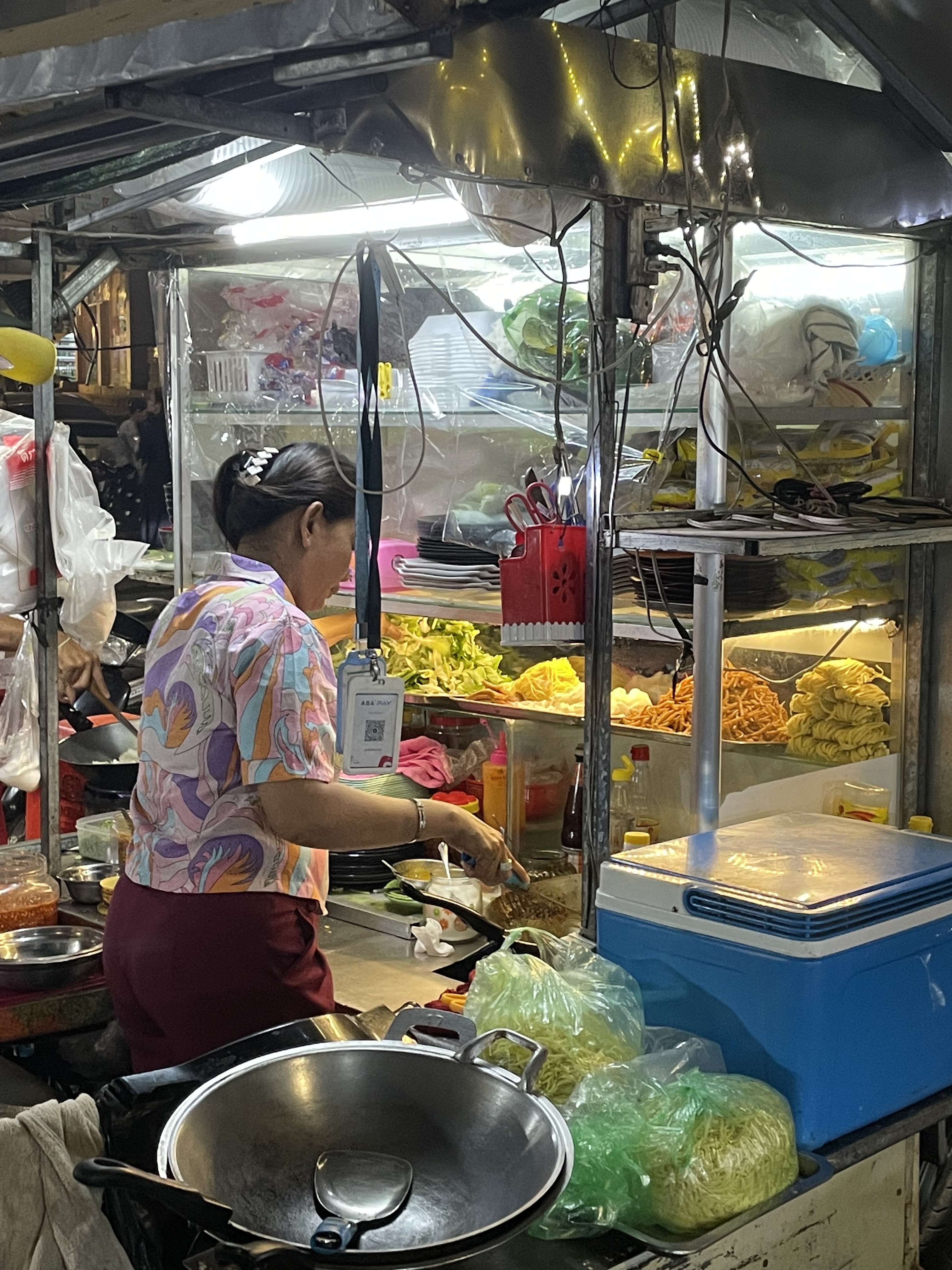
The bugs
Cambodia, like other places in Asia, has a culture of eating the creepier, crawlier and slitherier types of protein sources. While I have taken great pleasure over the years of dipping my toes into these waters, for the most part it was to say that I have. They were not particularly pleasant culinary experiences and fit more into the category of bragging rights or interesting future dinner conversations. Very few of these I would choose to repeat.
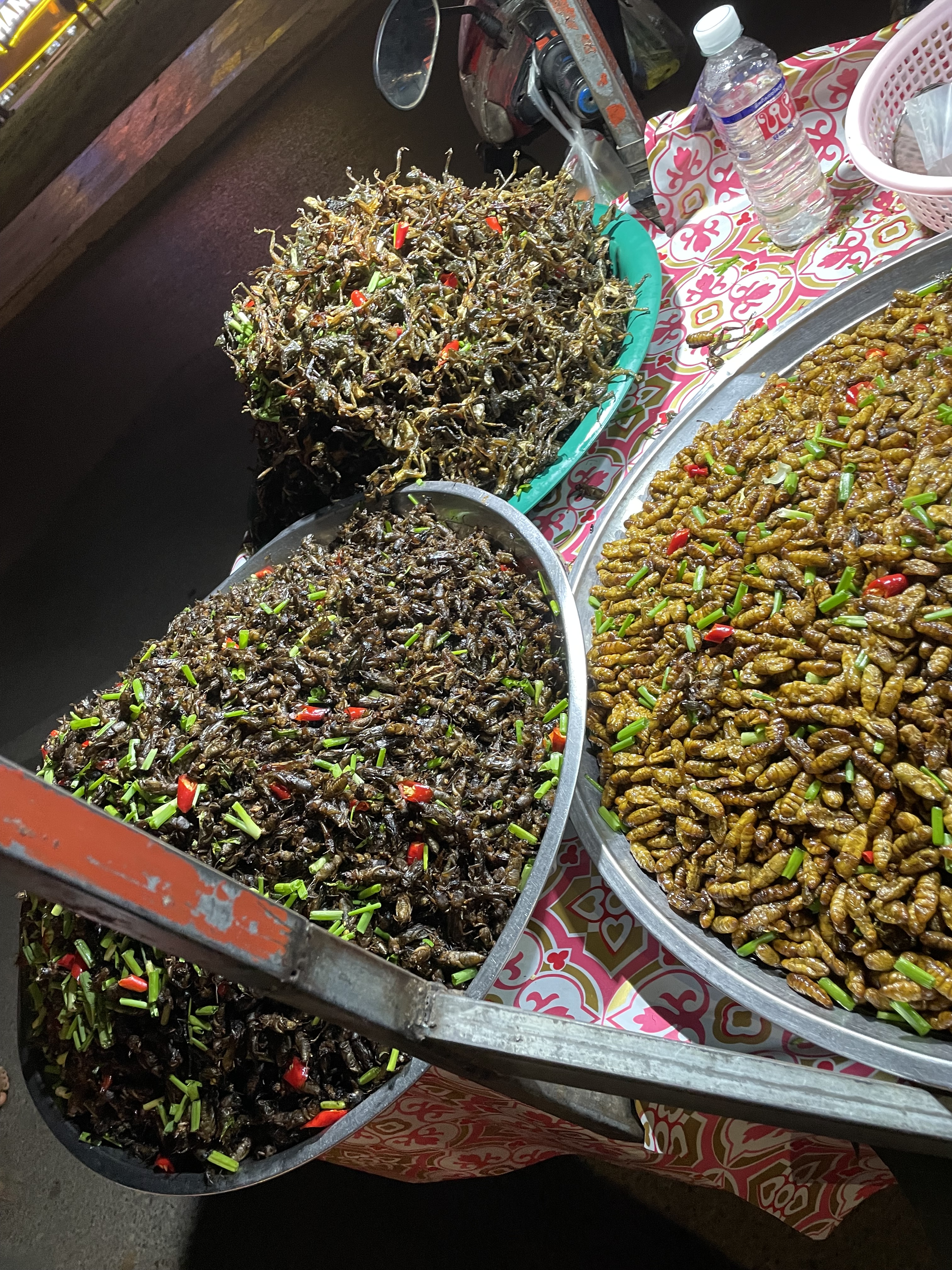
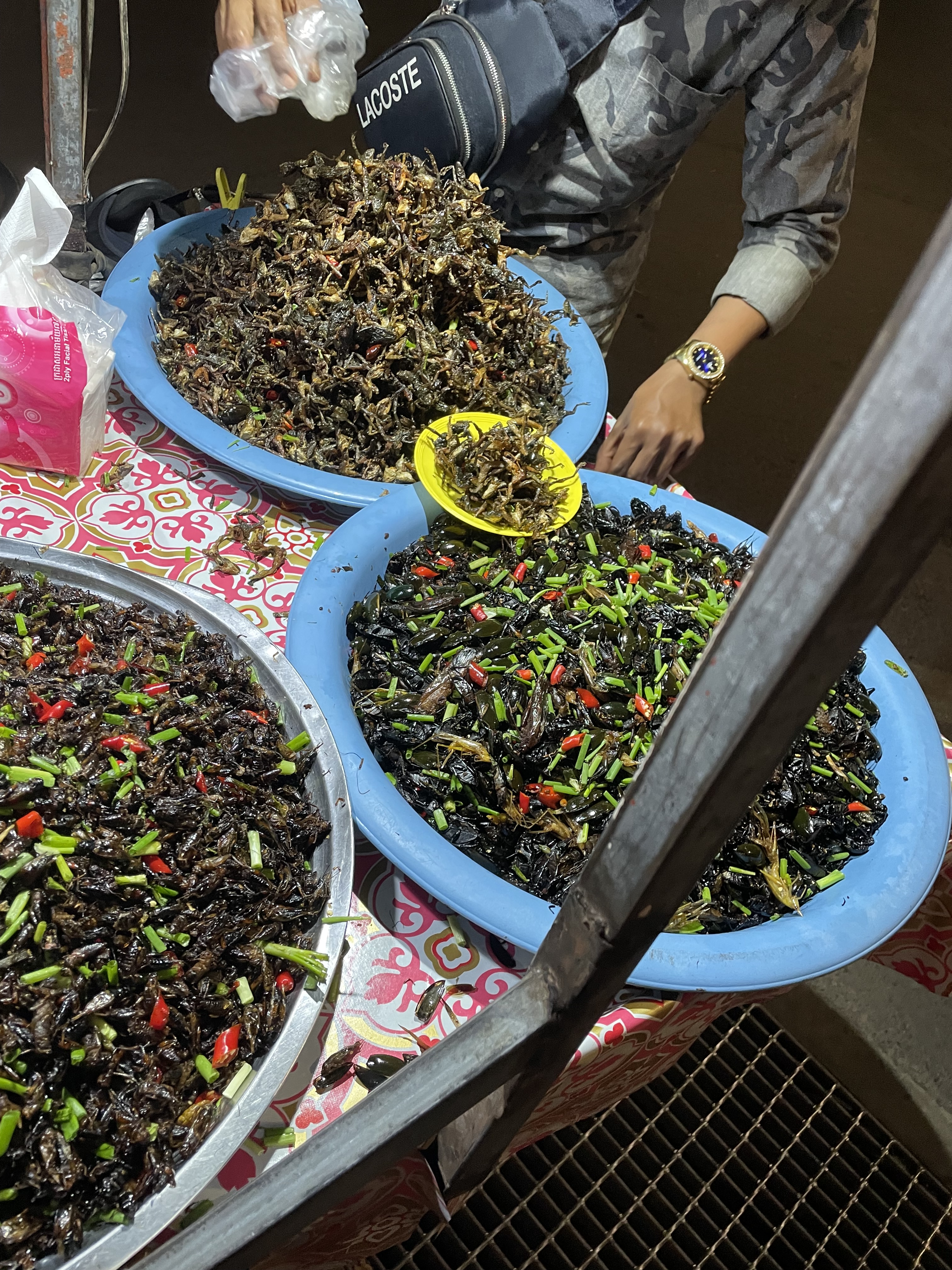
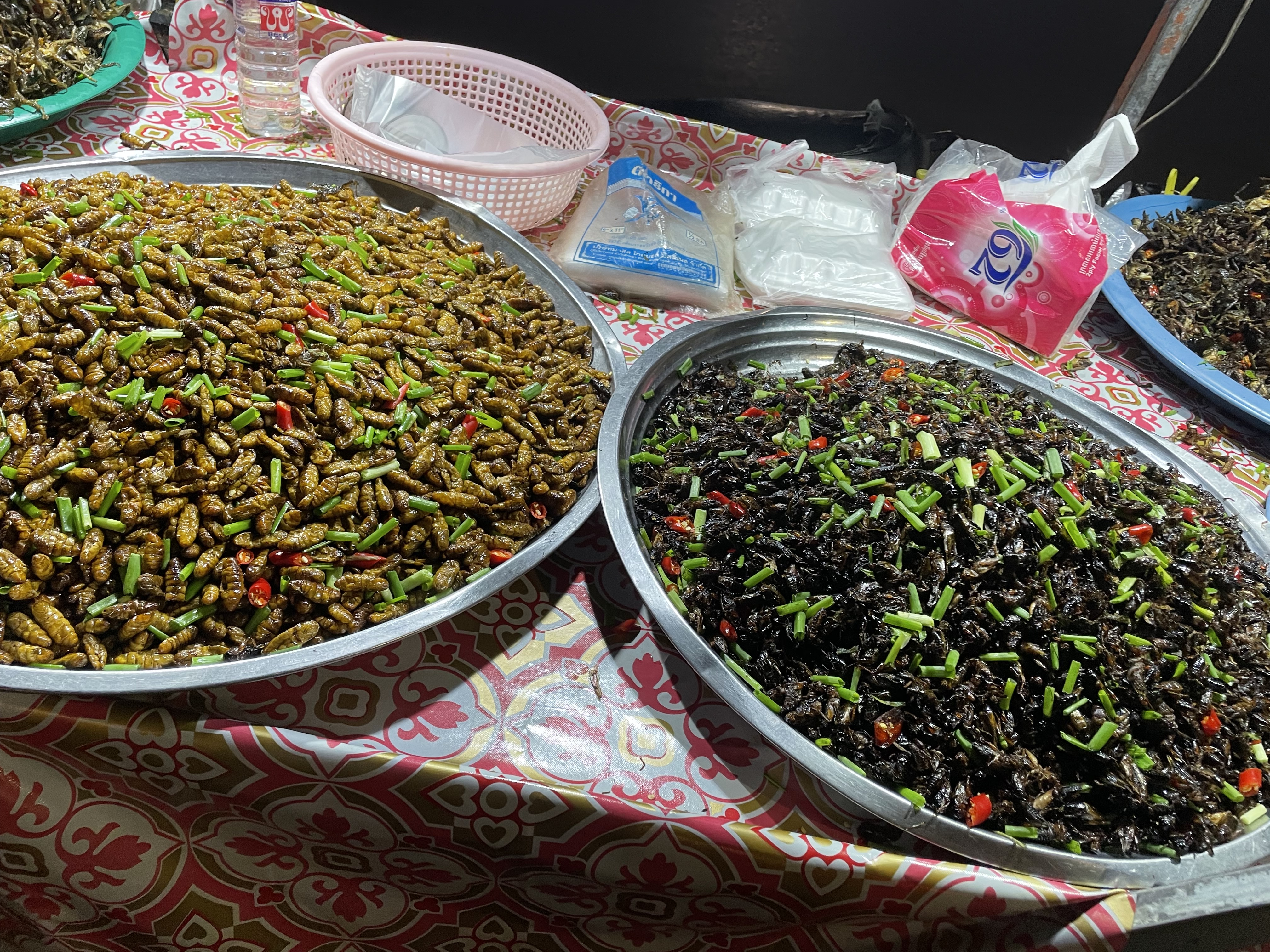
Cambodia has many dishes made from insects/bugs and roving tuk tuks will have trays of various such bugs for your culinary pleasure. Typical offerings are either laid out on trays or have been skewered for your convenience and can include: snakes, scorpions, crickets, silkworms, grasshoppers, cockroaches, ant eggs, spiders, beetles, and bamboo worms. On a previous trip to Cambodia the boy and I had an evening at the night market sampling the various weird collections of food on a stick. These included snakes and the particular Cambodian delicacy of deep fried Tarantulas.
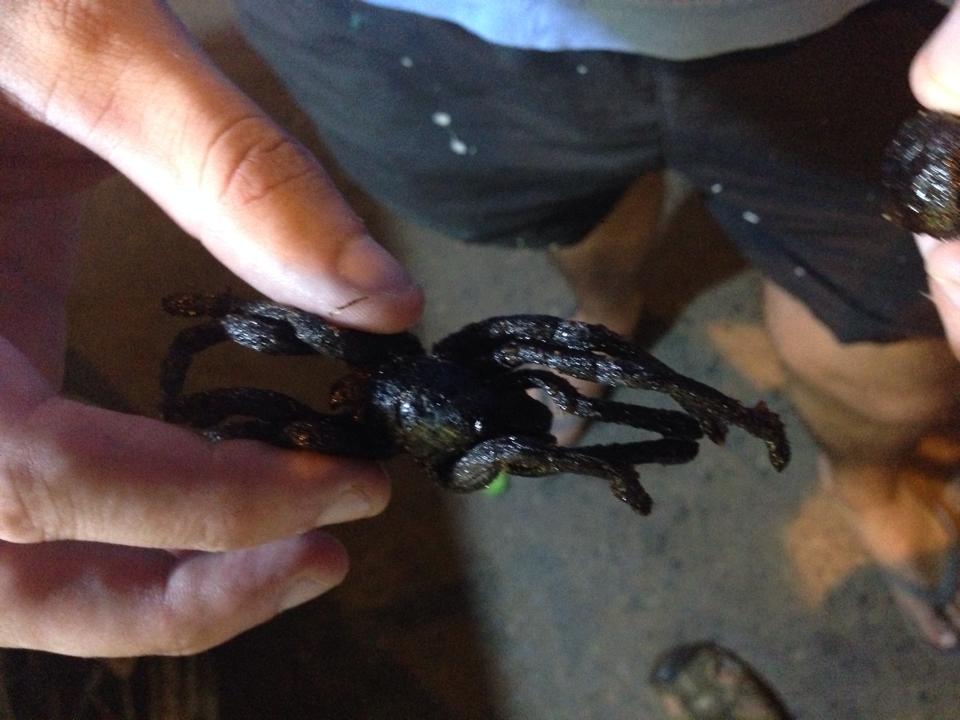
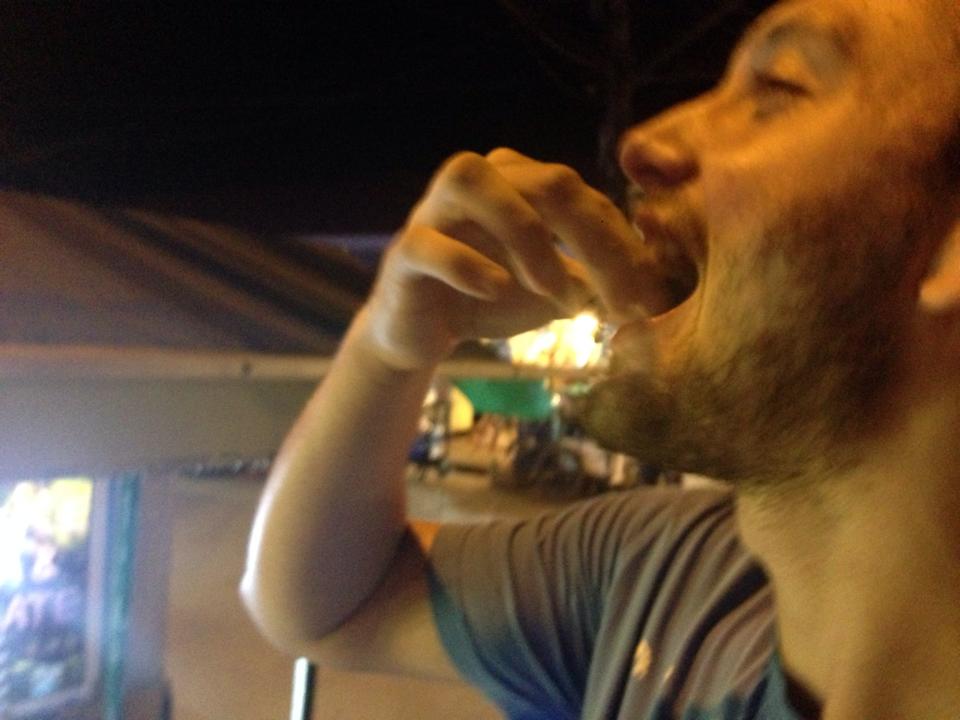
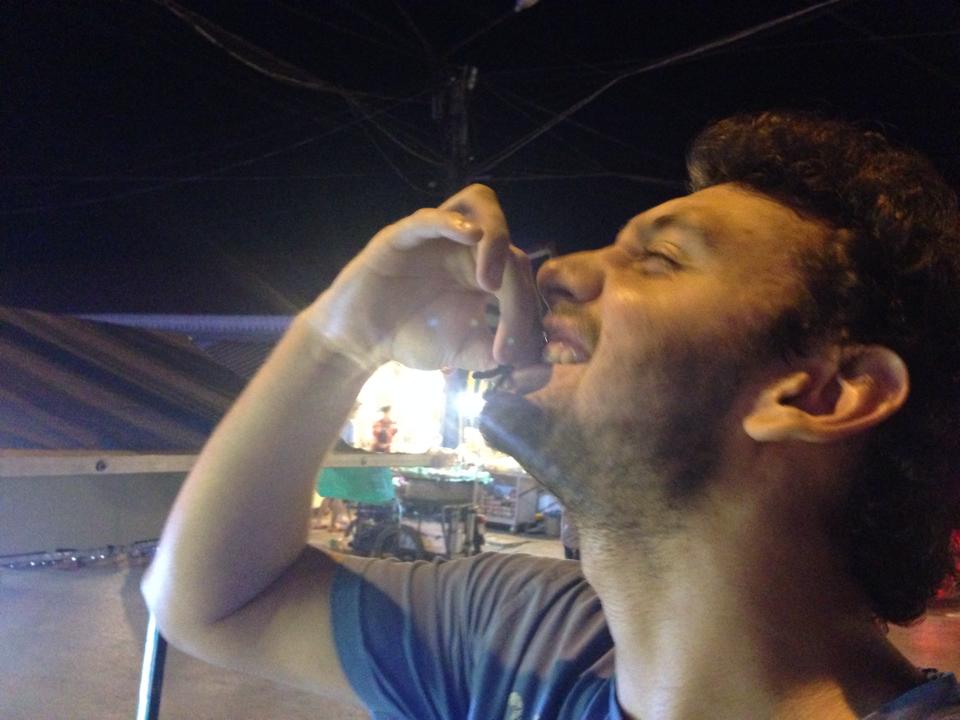
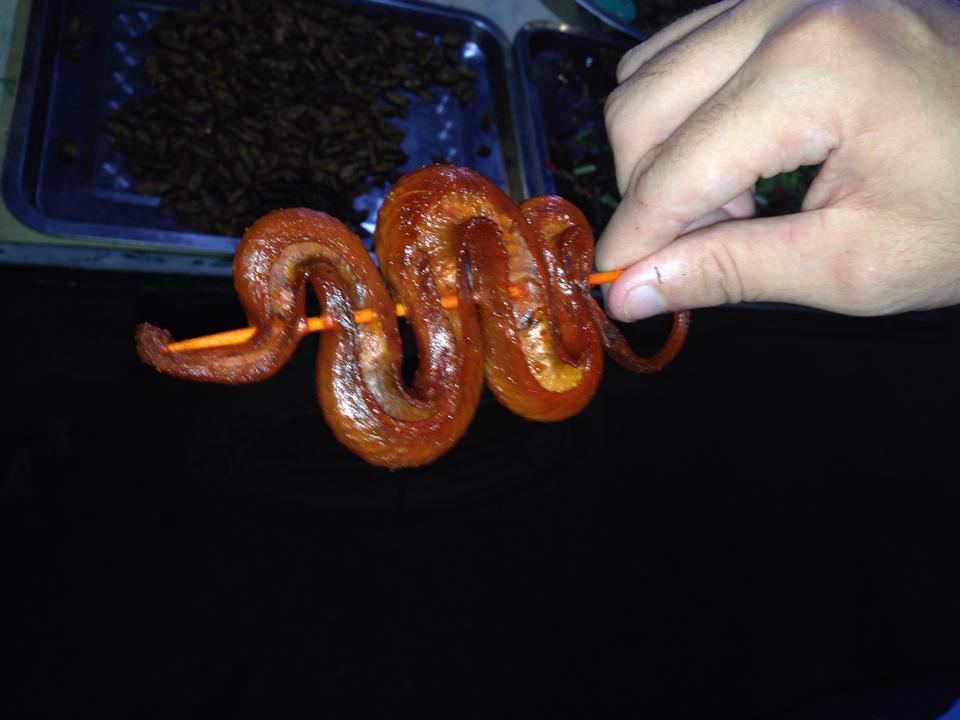
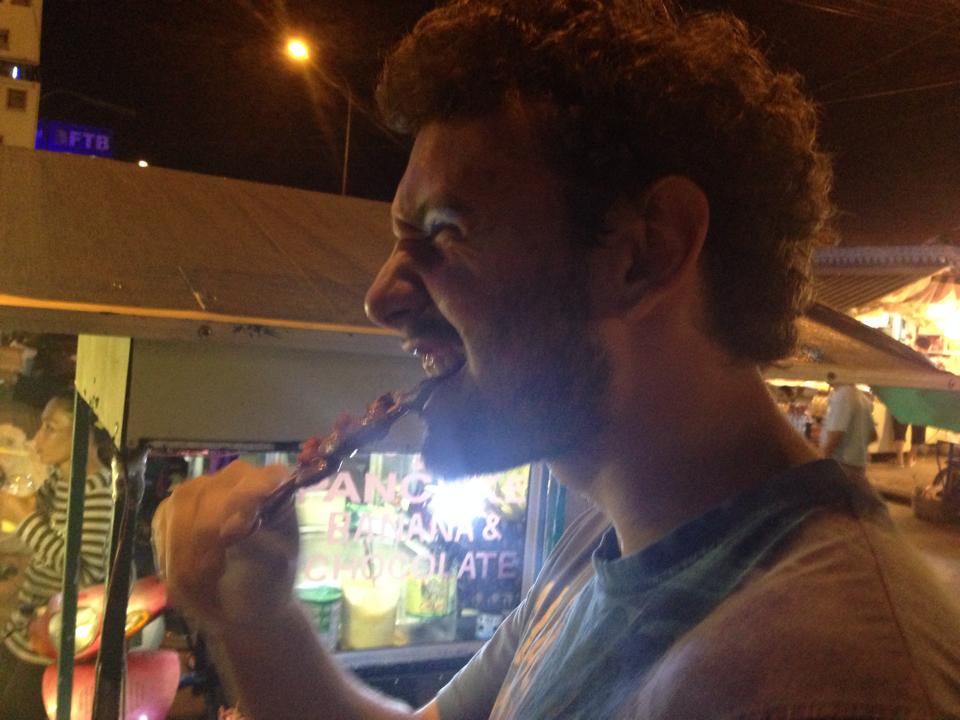
On other trips to other countries I have had virtually every type of bug that is available for sale (I really need to stop drinking before hitting the night markets). As I have grown older (and supposedly wiser) I tend to eat less of the freaky stuff and stick to tasty local delicacies. For the most part, once you have eaten a scorpion you don’t really need to keep eating them everywhere you go. As such, my current intake of bugs and creepy crawlies has dropped off significantly. I am still more than happy to try new things however do not intend to retrace ground already covered.
The BBQ
As with almost everywhere in Asia there will be drums with fire and there will be various meats and vegetables on sticks ready and waiting to be grilled. Some of these items will be identifiable while others will not. For the most part this is where flame meets meat and at this point very little really can go wrong. Stare at something that looks good, point at it, raise the number of fingers that you think will be enough, and wait. A few short minutes later you will be a couple of dollars poorer and have had a meal. Our most expensive foray into these BBQ’s this trip was the $2.50 for the quarter chicken.

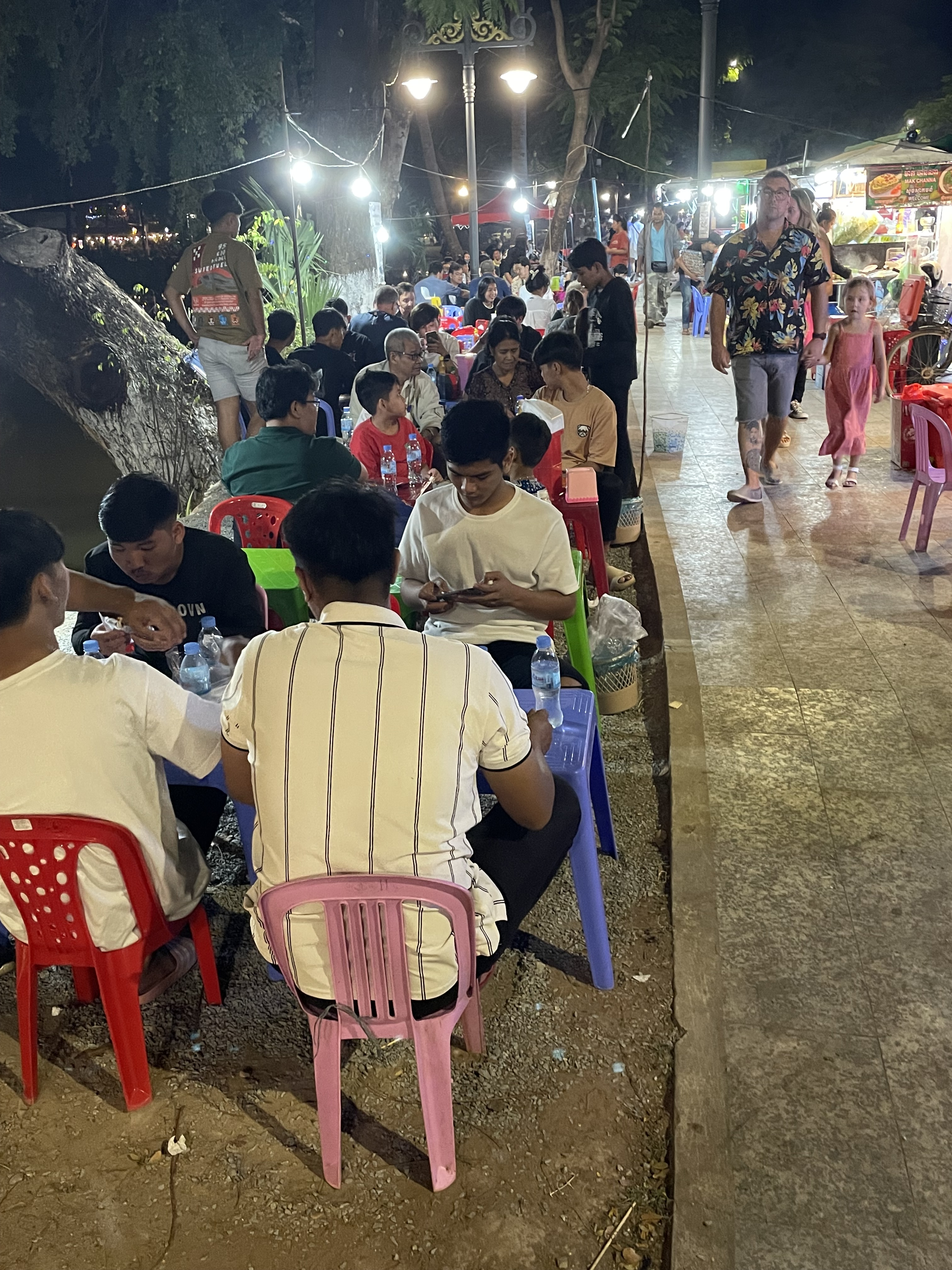
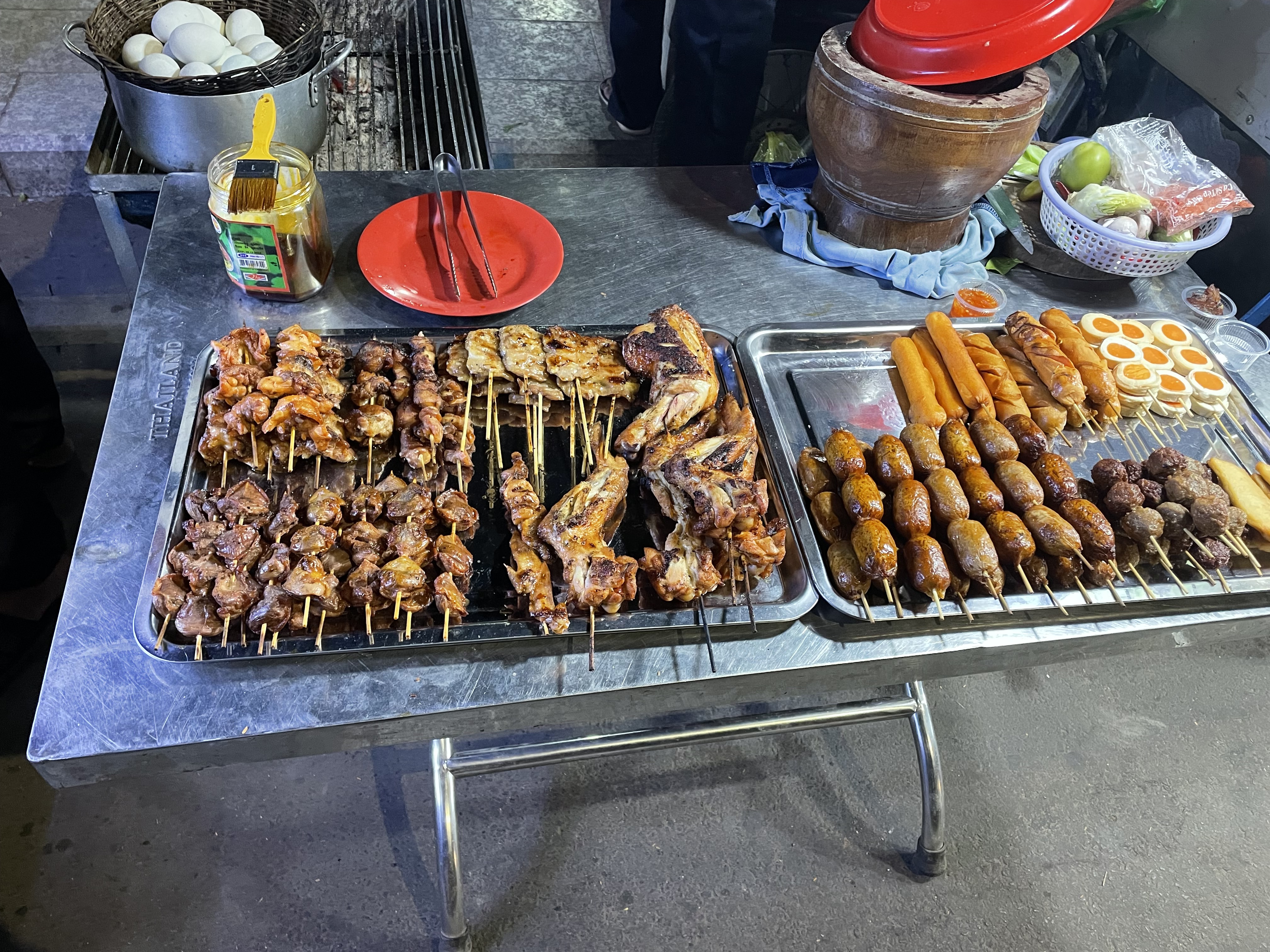
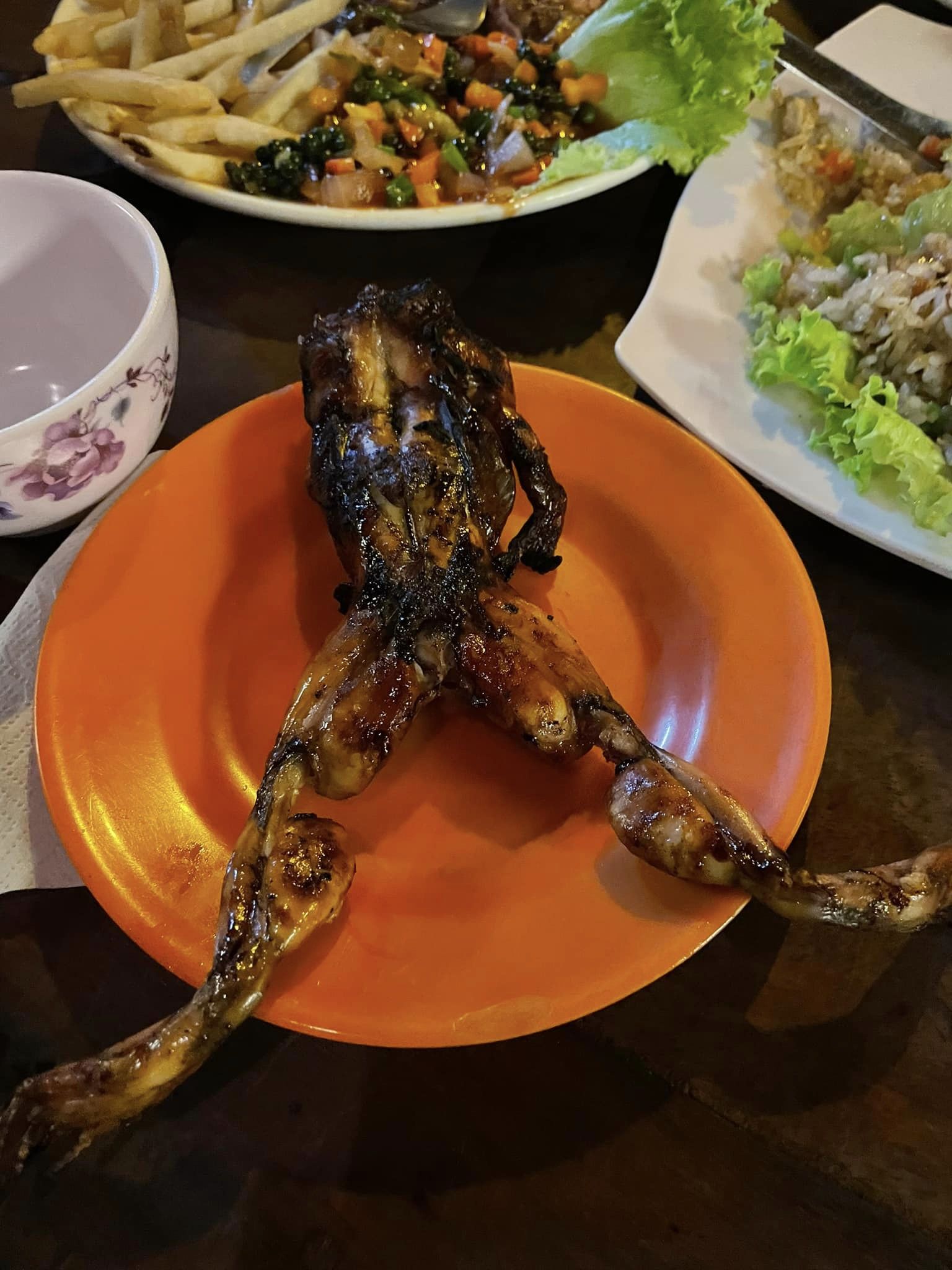
As can be seen from the photo above the options of things that can go on a grill are almost endless. Random sausage type things abound, mystery meats and odd looking balls are always regulars on the table as is a usual nod towards tofu and some vegetables. Pick the ones that work for you, point at it and then just dig in.
One of Jill’s personal favourites that fits both the weird and the BBQ categories is the barbeque bullfrog. I think the first time we had this was on a street food tour in Vietnam. We then found it again in Laos and have now also had it now here in Cambodia. The Cambodian version involves covering the bullfrog in a tamarind sauce before grilling over the ubiquitous charcoal drum. We got three bullfrogs for our serving size and tucked in accordingly.
This was neither difficult to find nor considered particularly unusual. It was just a normal item on the menu.
Desserts
Desserts are an interesting concoction here in Cambodia, fruits and juices abound and a bunch of tuk tuk attached stalls have plenty of options for you to choose from. The first night we found the pancakes for a dollar. These involved the thin crepe type batter being stretched and folded and fried in front of you while any number of toppings were an option, the go to certainly seemed to be banana and chocolate. Cambodian bamboo sticky rice (Kralan) is traditional and is cooked with coconut milk and soybean in a bamboo tube, however these tended to be available as you travelled to the outer temples and I haven’t seen too many in town. The next one we tried was the Fried ice cream. This is not really fried and is only notionally ice cream. It is fruit and cream mixed together on a cold surface in front of the tourists to extract some ($2.50) of their money. And the winner is…coconut crepes, these thin crepes are made on the streets and are sold for 25 cents. These eclipse the others by so far it isn’t funny.
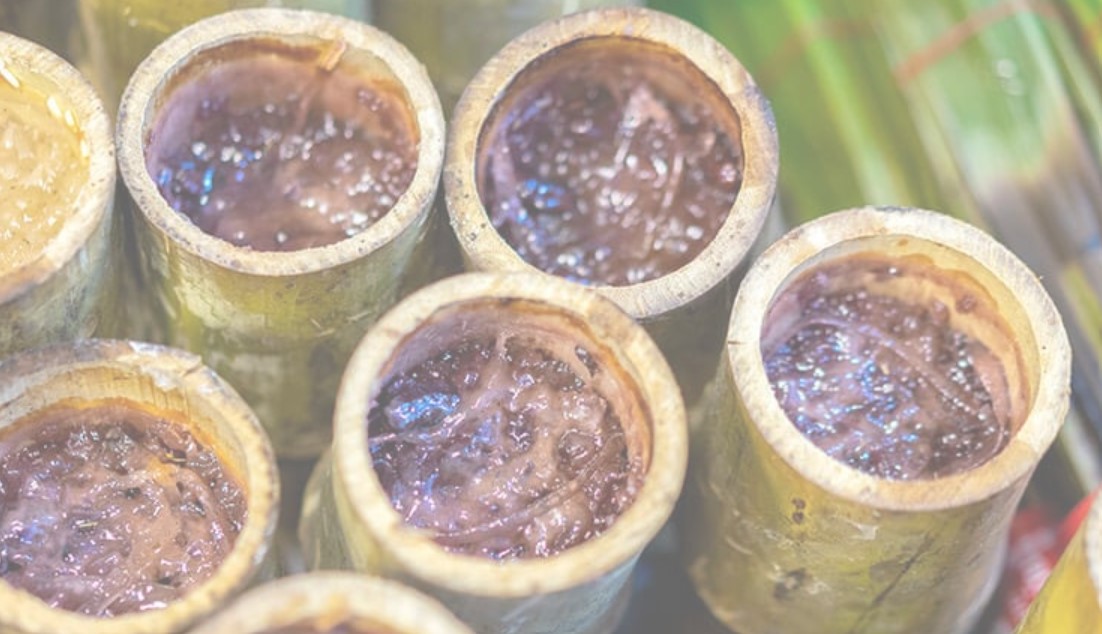
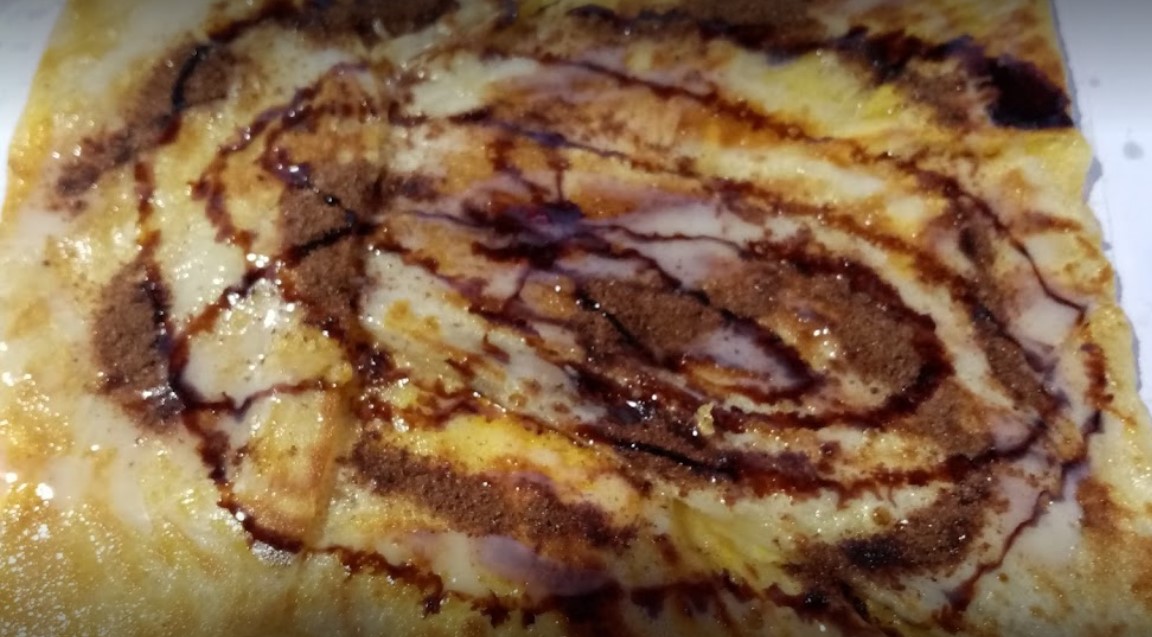
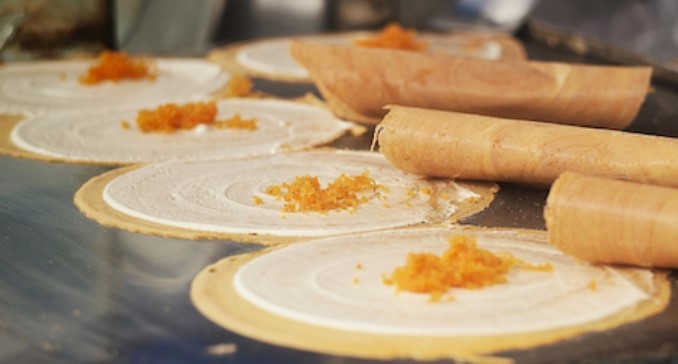

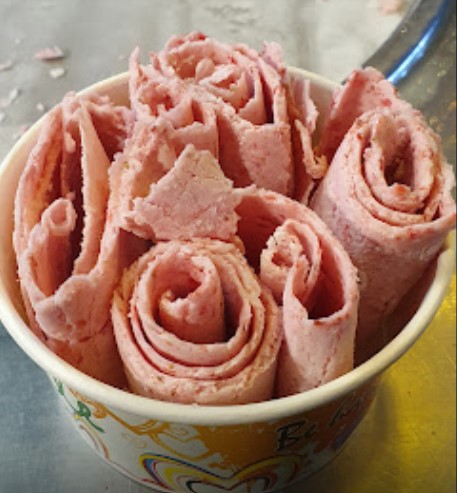
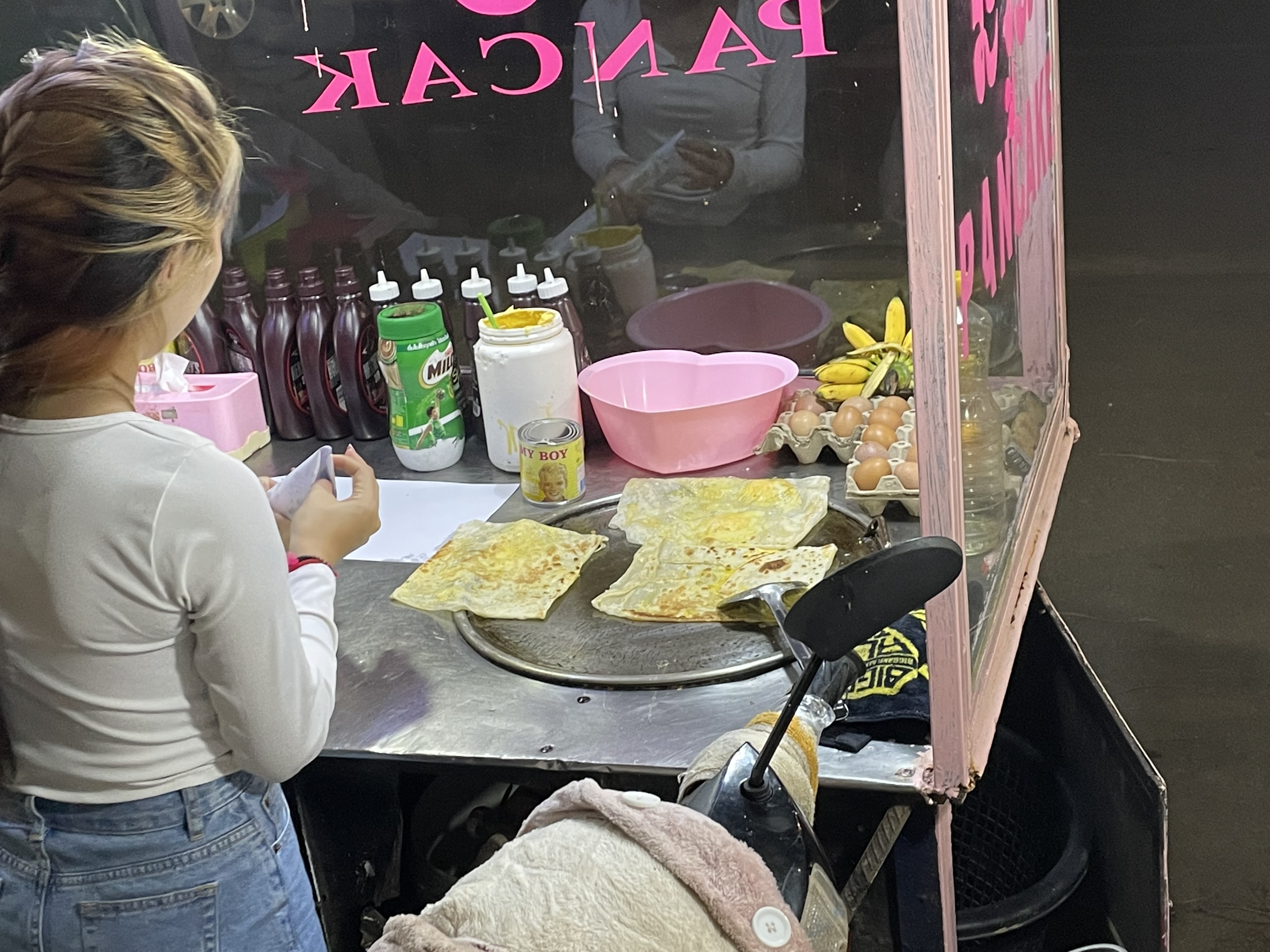
Motorbikes and Monster trucks
Motorbikes and tuk tuks are commonplace throughout Asia in fact motorbikes are so ubiquitous that it is virtually impossible to go a few seconds without seeing (or more likely dodging) one. Every evening the streets become choked with parked bikes making even the simplest of walks into an exercise in maze running.
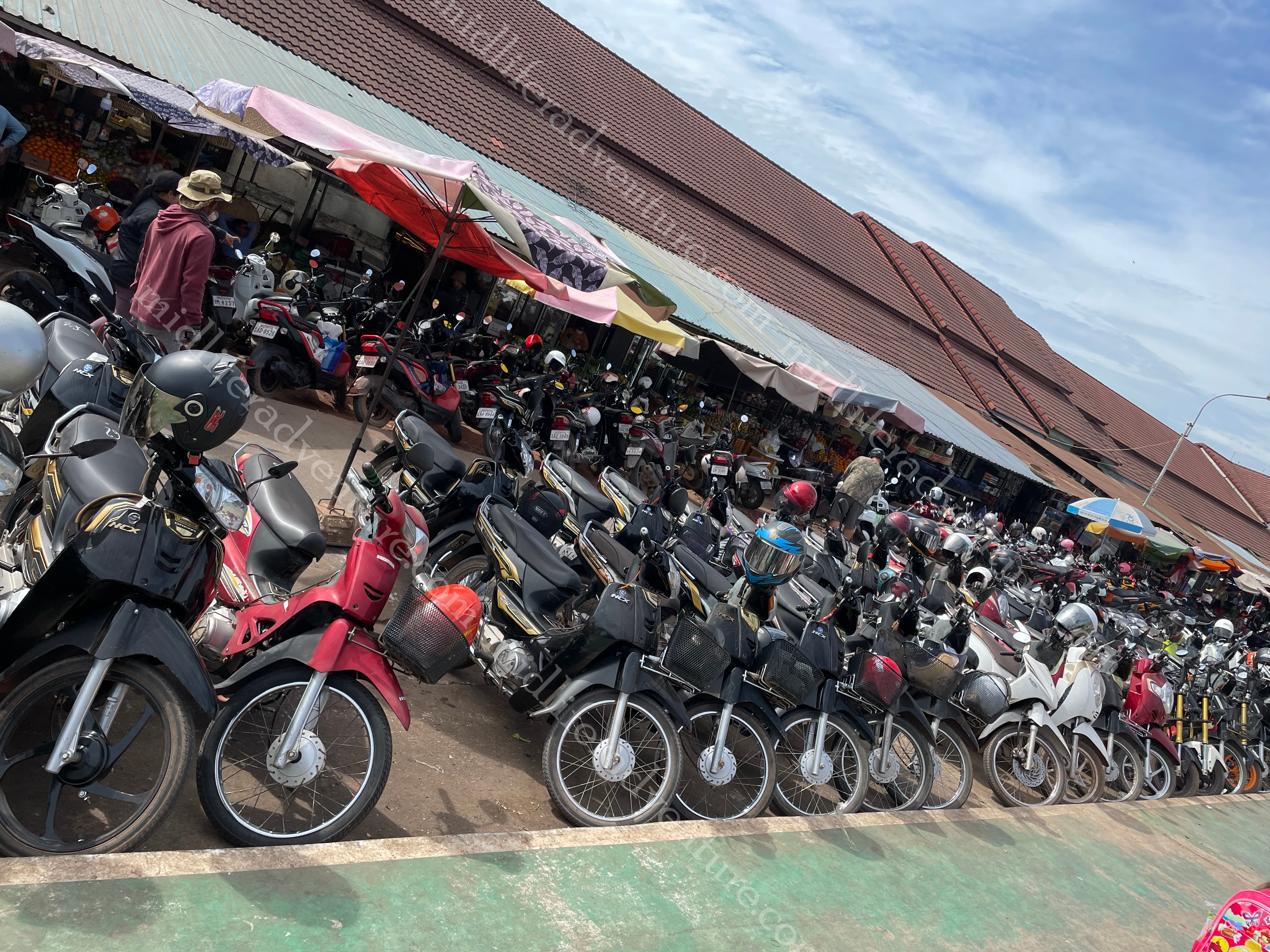
But a new feature on the landscape within Cambodia is the introduction of monster trucks. It seems that almost every second vehicle (excluding bikes and tuk tuks) is a monster truck. It starts with the generally very big trucks like the Ford Rangers, Mazda BT50’s, Toyota Hilux’s and even the odd Nissan Navara. Now these are pretty big trucks to be driving around the narrow streets of Asia however from here things start getting ridiculous with the REALLY big trucks coming into play.
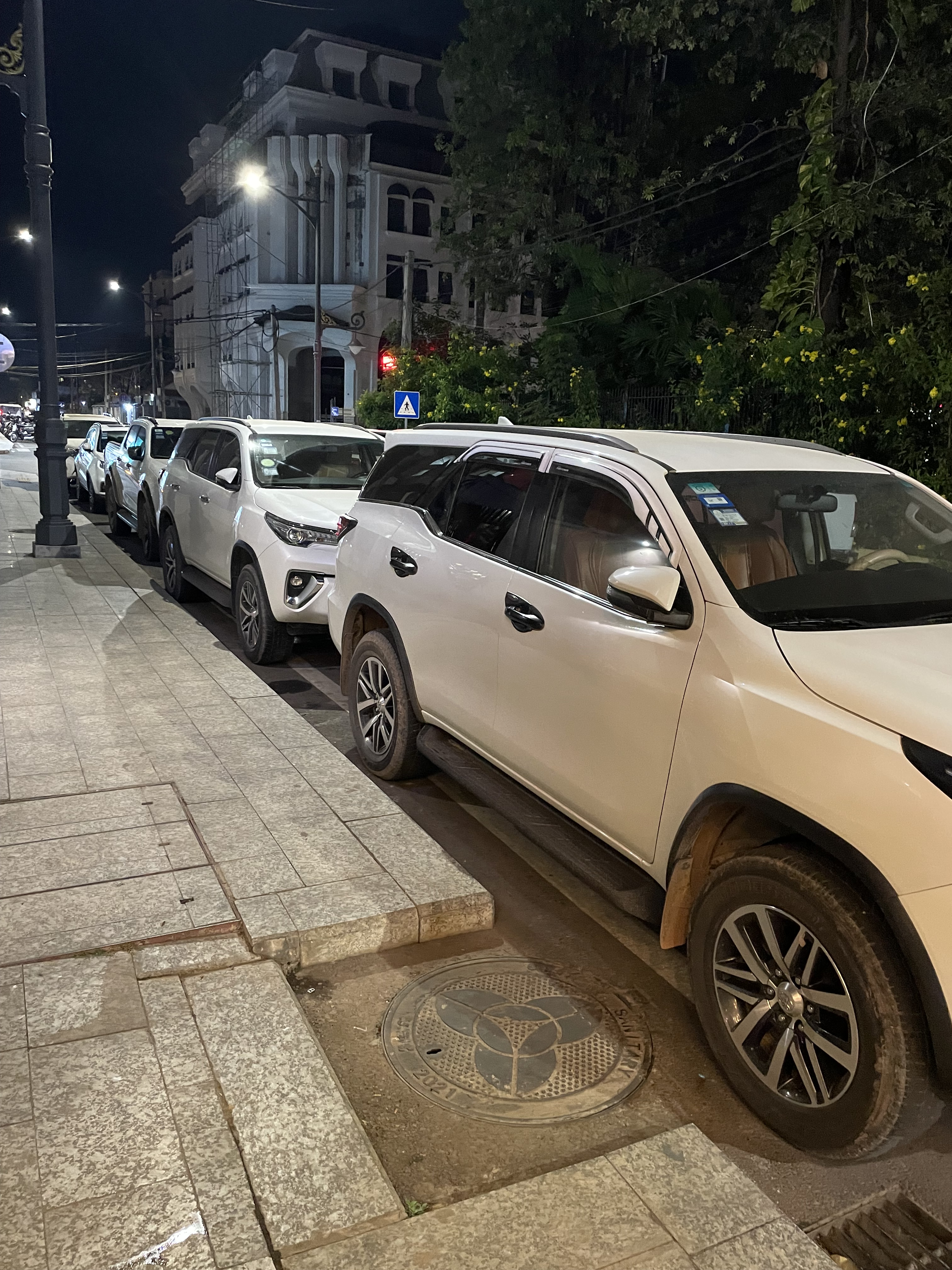

Things like the Toyota Tundra, Ford Raptor, Dodge Ram, and Chevrolet Silverado’s. These are truly massive vehicles and really seem out of place trying to park within the centre of Asian cities. But they are everywhere.
Markets in Siem Reap
Markets are the lifeblood throughout most of Asia. There are two main types of markets to be found the tourist markets and the local markets. The tourist markets are usually hellish spots as touts harass you to buy useless trinkets and souvenirs. For those on short stay trips these make for the perfect spots to buy things for those left at home in a feeble attempt to make them feel like you were thinking about them. In Siem Reap the old market along with the night markets (both noon and Angkor) cater to this type of thing perfectly. If you are looking for something a little more authentic then the Made in Cambodia market may be for you. Focussing on local products and artists things are a little less cheap and tacky and a little calmer.
And then there are the markets for the locals. We saw the biggest one as we drove past it on our way to visit the Roulos Group of temples – Phsar Leu Thom Thmey. We tapped Mr Thou on the shoulder and asked what that market was and could we stop and visit it on the way back. He happily obliged. Phsar Leu sells real items for the local consumers – but be warned this place is both huge and a maze and once in you may never get out. Here there are huge number of stalls selling everything you could imagine. There are gold stalls, fresh fruits and vegetables, food, footwear, clothing by the acre and the ever present wet markets. Butchers and fish mongers abound as live fish flop about in shallow buckets. This place is truly an assault on the senses, but it is pretty commonplace for those who live here.
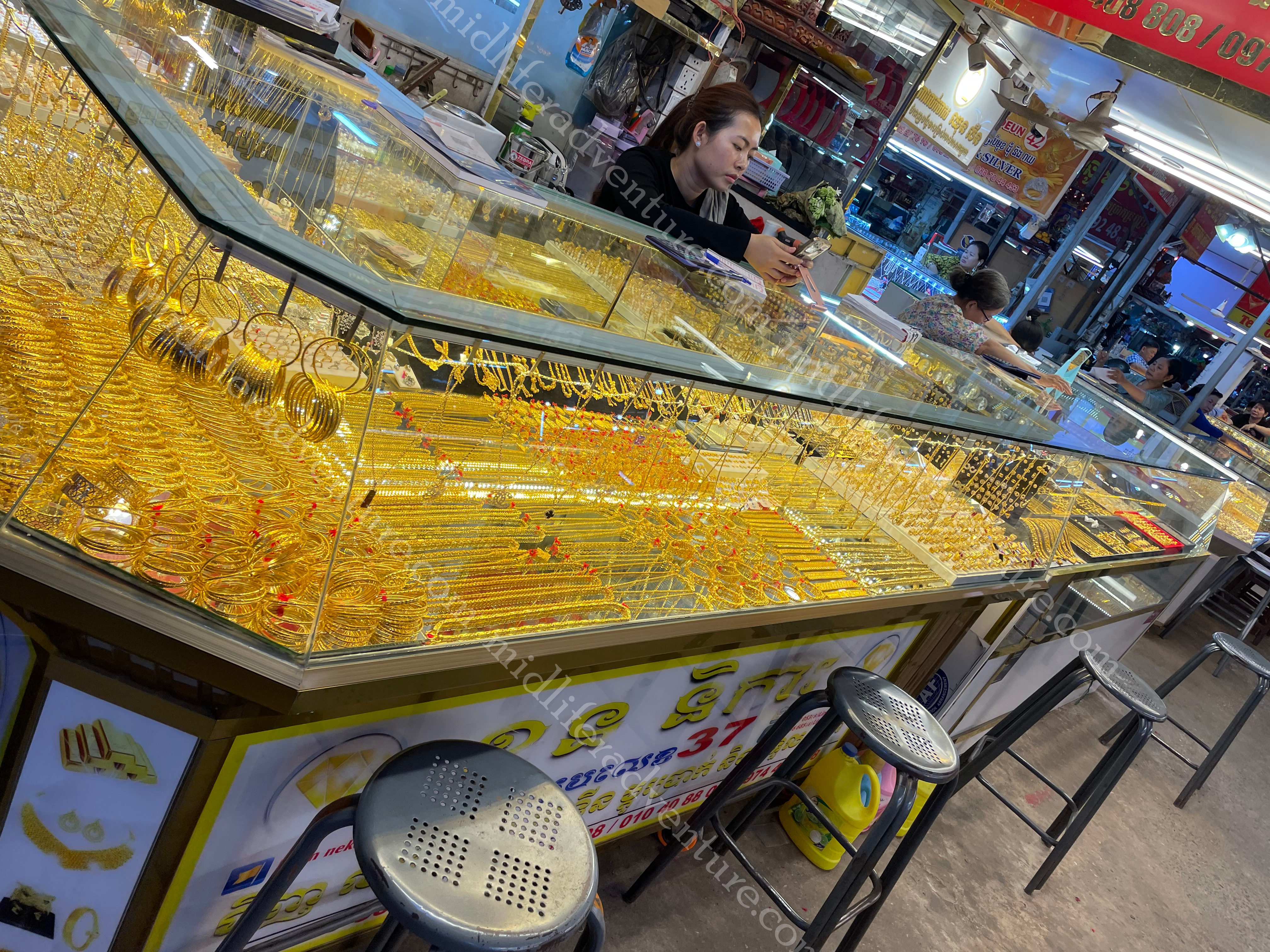
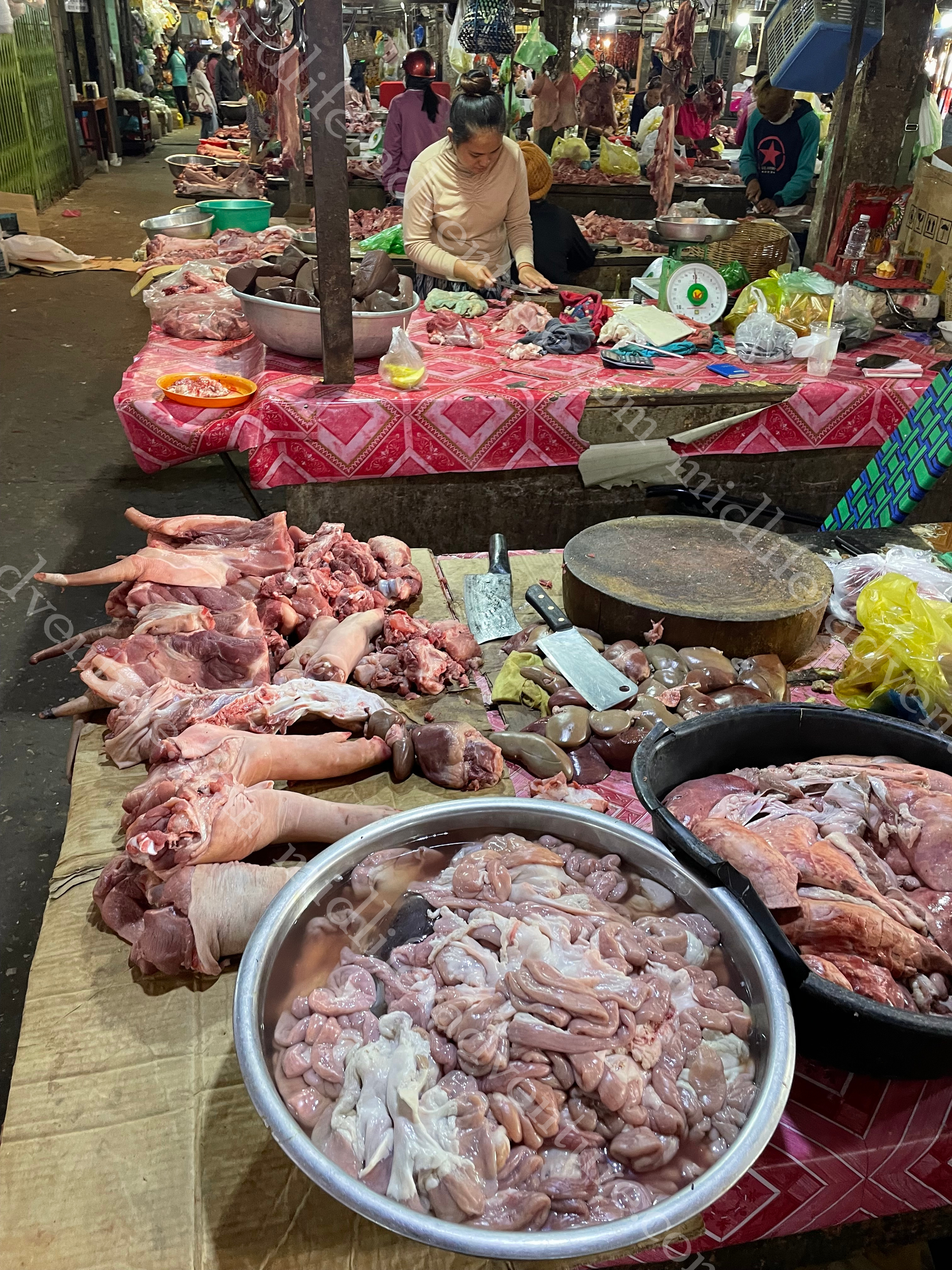
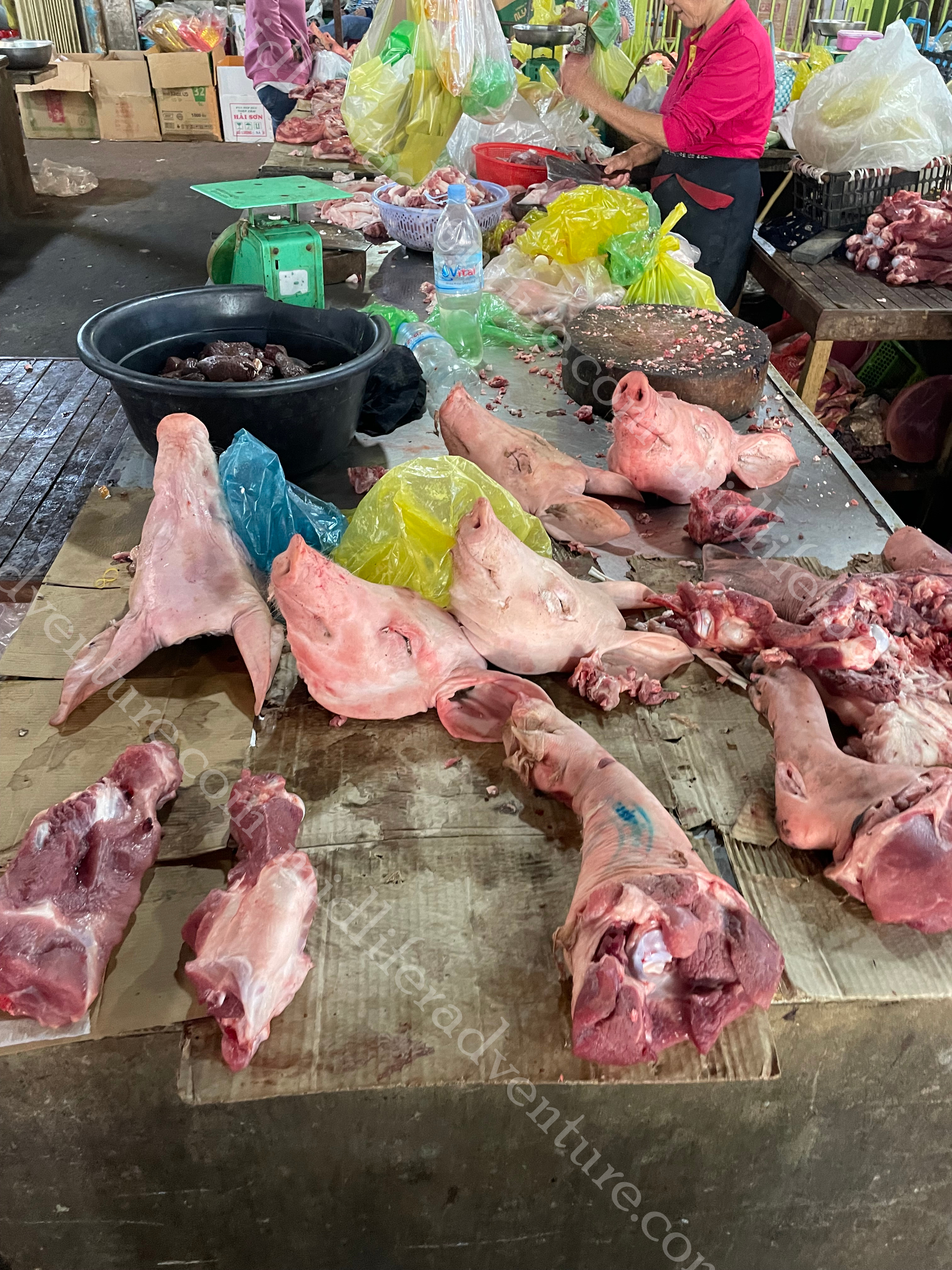
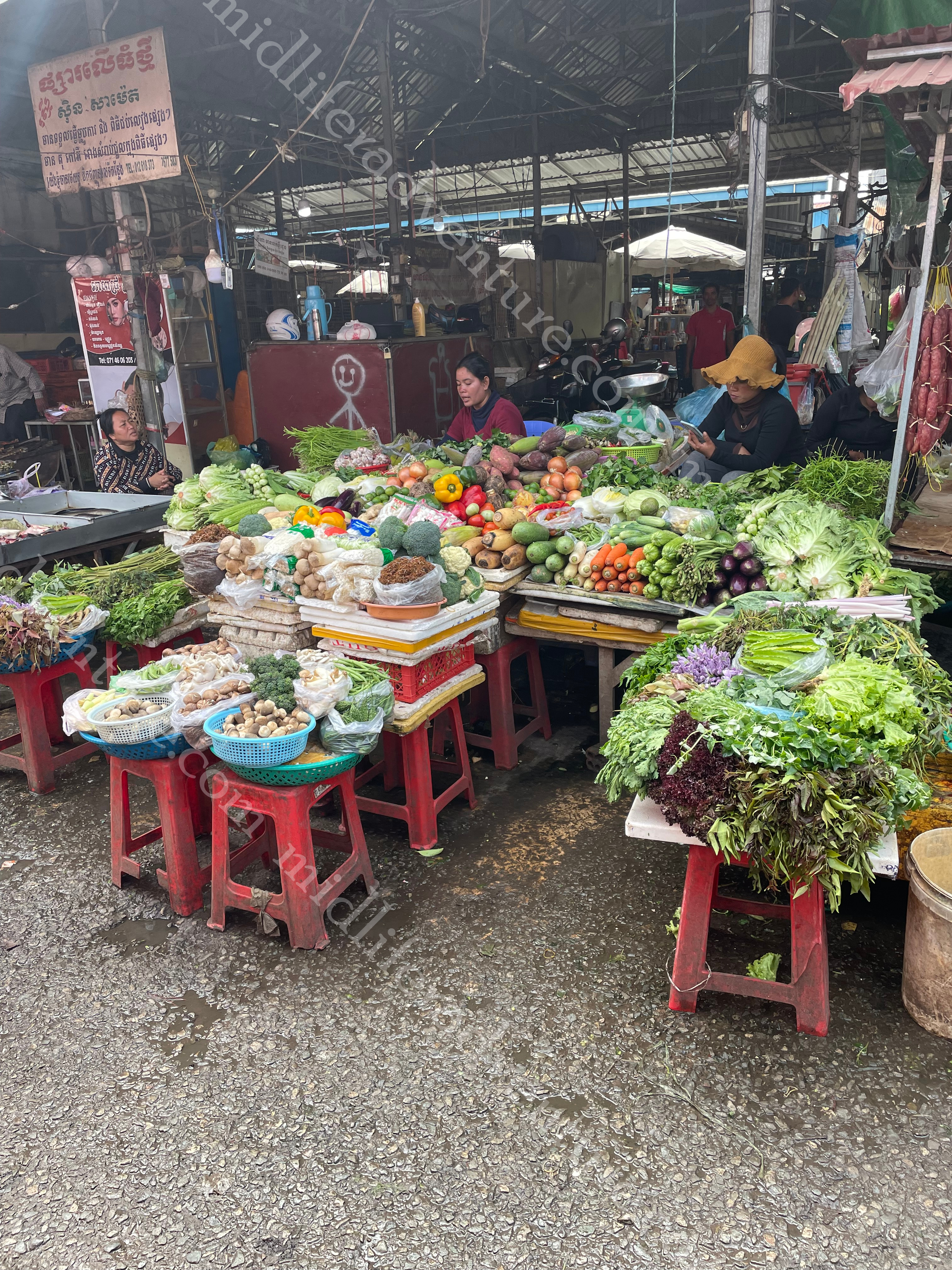
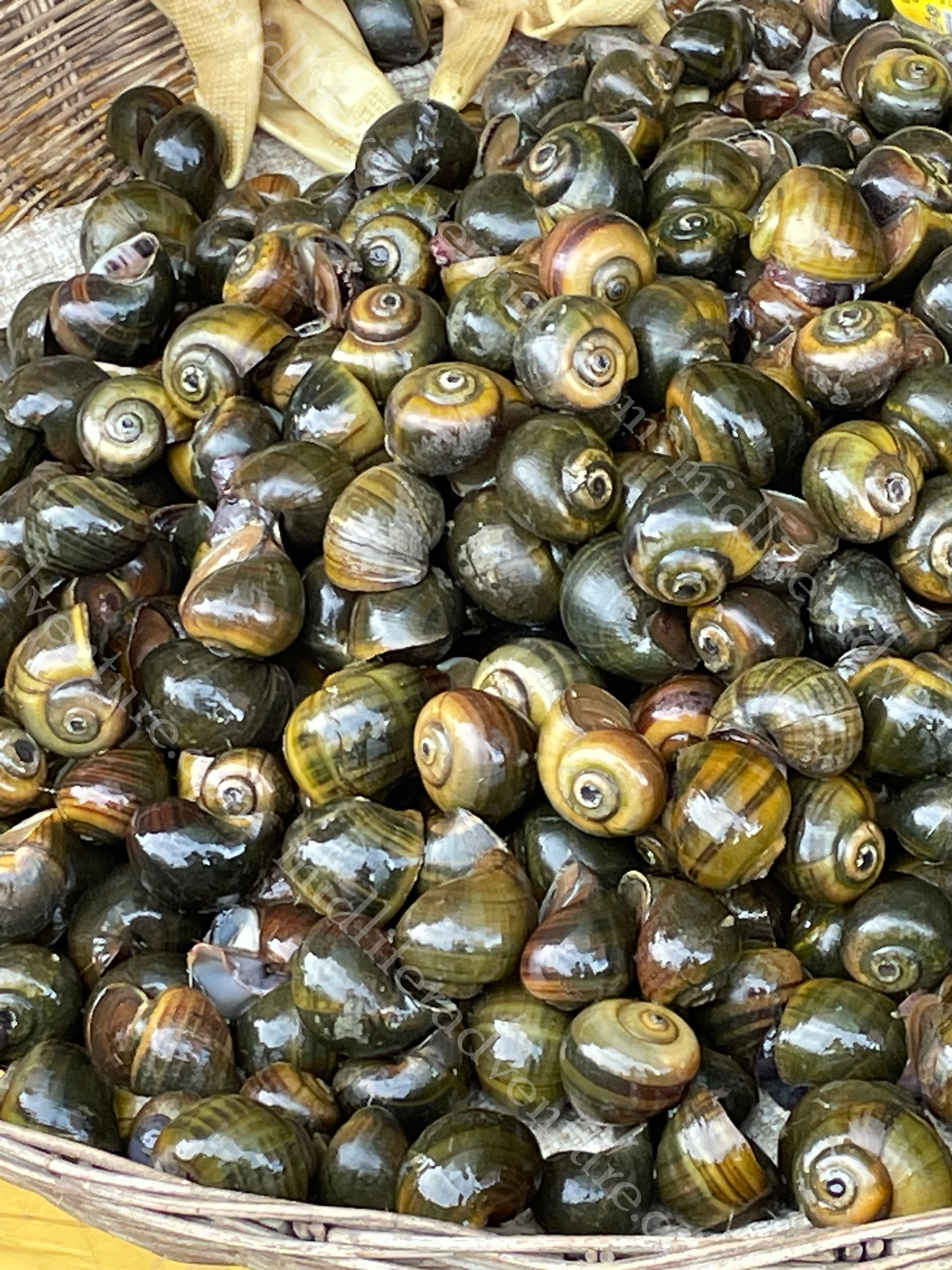
And importantly as a tourist you can walk through without getting harassed.

